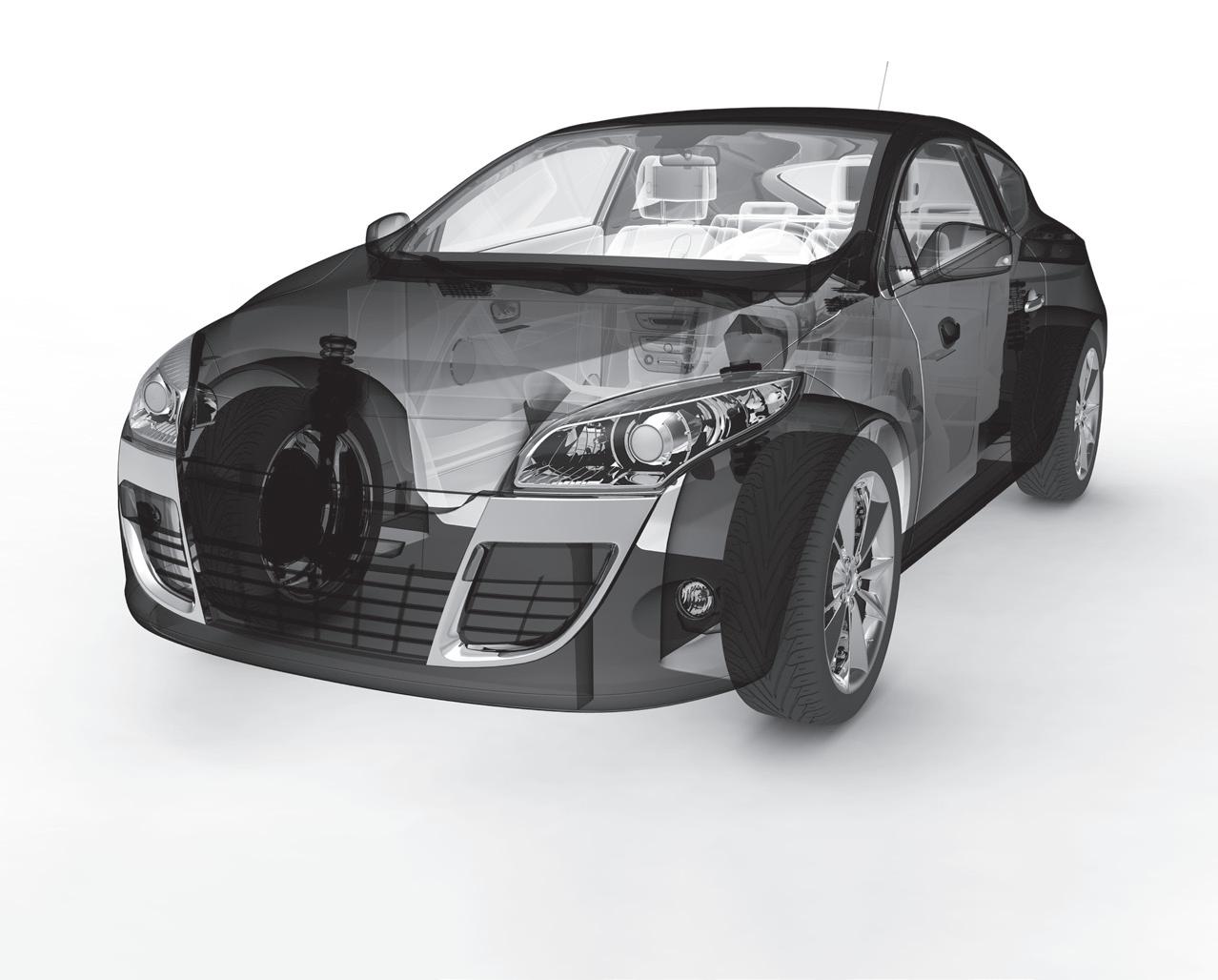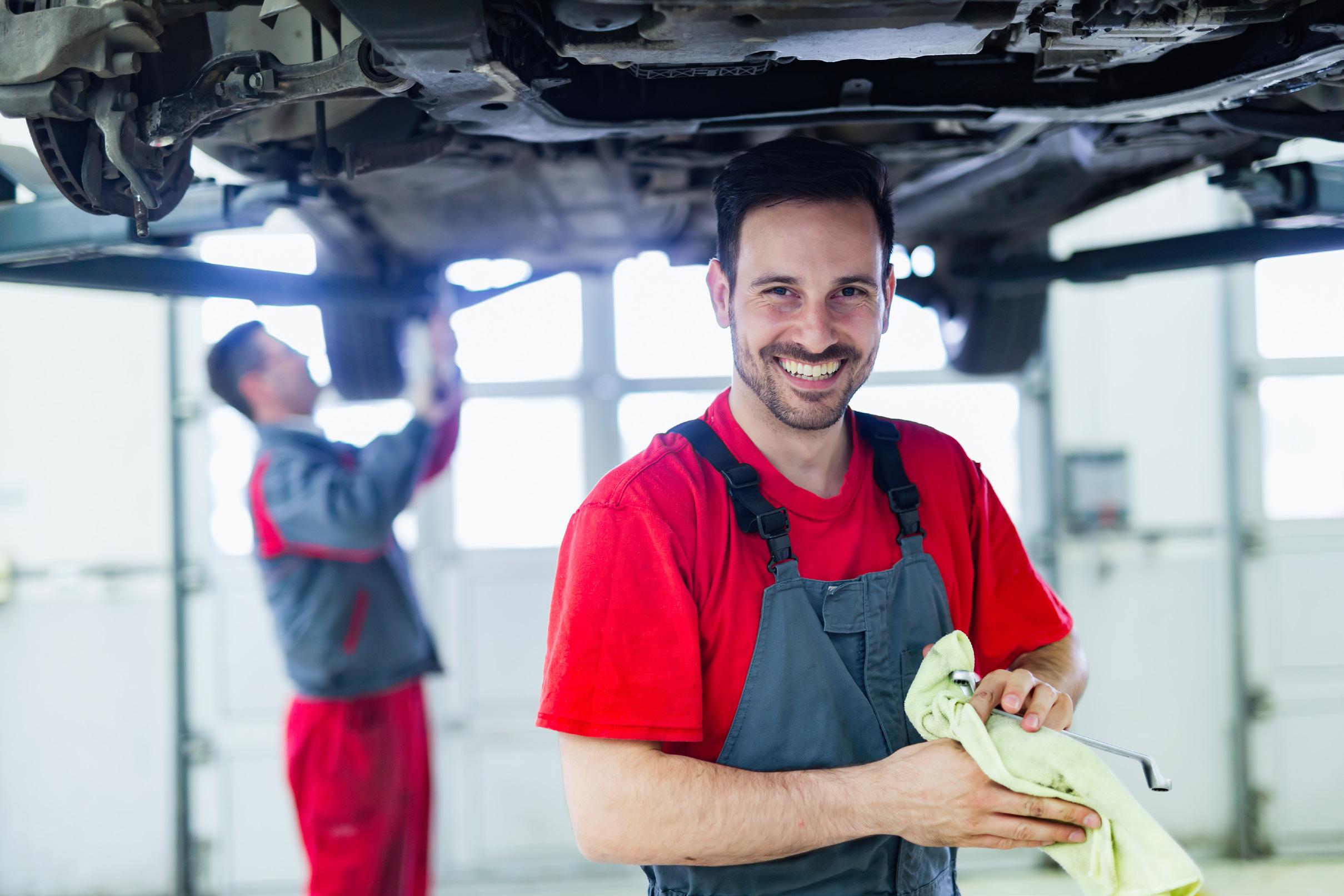

YOUR SHORTCUT TO EASIER ORDERING

CASTROL EXPRESS ONLINE ORDERING BOOSTS EFFICIENCY AND IS QUICK AND EASY TO USE - MAKING YOUR BUSINESS EASIER TO MANAGE.
Setting up Castrol EXPRESS using our secure login portal is quick and easy! PLUS the app means you can order direct from your mobile or tablet.
Castrol EXPRESS gives you an instant overview of your account, orders, invoices and delivery status.
Benefits include:
Repeat regular orders in under a minute.
Access to hazard, storage & technical info as you place your order.
GET CASTROL EXPRESS TODAY!
24/7 delivery monitoring.
Review and search your orders.
Please email: orders@castrol.com.au and include your Business name, Account number(s), Contact name, Business contact number and Email address.
You can also register at: www.castrol.com/expressau
Please allow up to 24 hours for your user registration request to be completed.
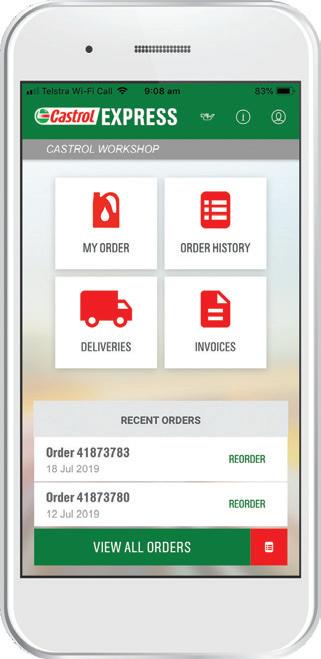
Order products in just a few clicks.
Search and find products in seconds.
Review and search all invoicing.
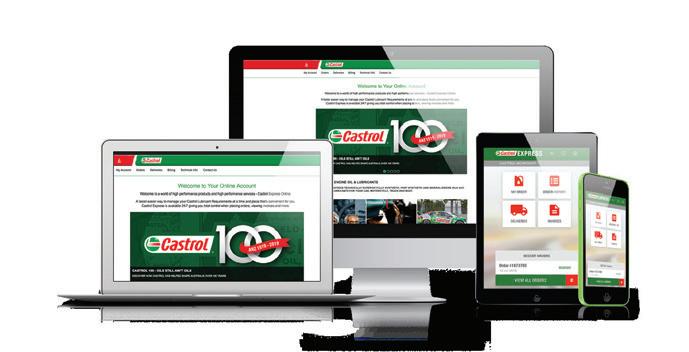



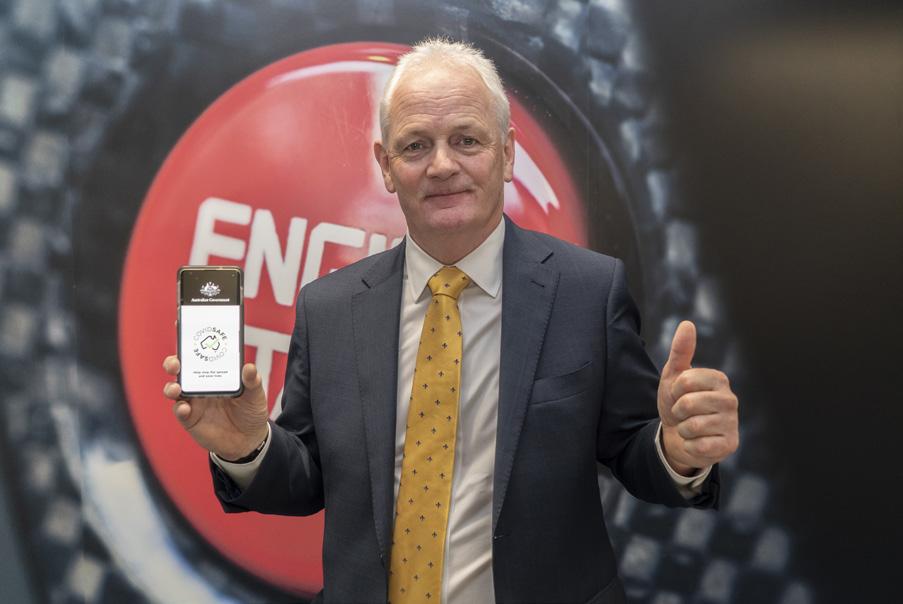


8 AUTO IS OPEN
VACC launches campaign to get the word out to motorists that auto remains open for business during COVID-19
10 VACC MOTORTECH
Australia’s cutting-edge technical solution combines VACC’s suite of products with the global power and reach of Haynes
12 WARRANTY WOES
VACC CEO, Geoff Gwilym answers a common motorist query when it comes to maintaining vehicle warranty
14 TELL THEM
Don’t assume customers know you’re open, implement these three simple tips and help spread the word
16 ROAD AHEAD
VACC meets with Australia’s Chief Scientist, Dr Alan Finkel to discuss hydrogen fuel cell and battery electric vehicle technology
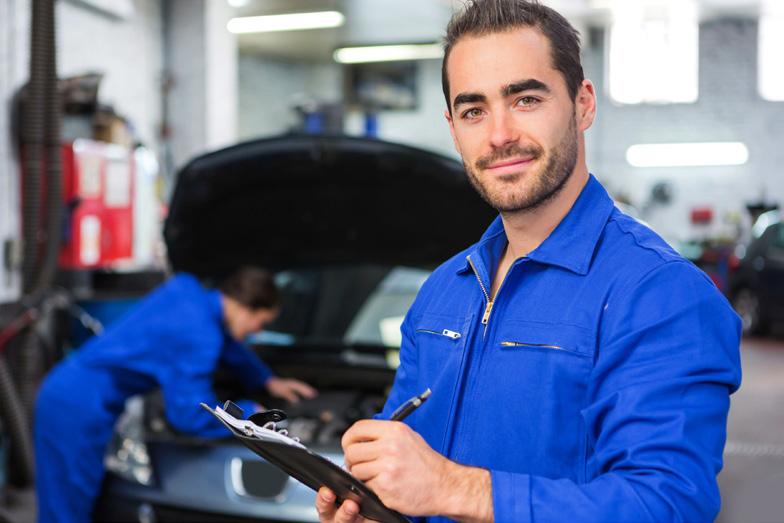
18 FAMILY AFFAIR
Pat & Tina’s BP Service Station co-owner and VACC member, Joe Di Conza shares some COVID-19 realities
20 JOBKEEPER STEPS
In an unprecedented move, the government has introduced a JobKeeper Payment to support businesses impacted by COVID-19
22 COVIDSAFE APP
Finding and containing COVID-19 outbreaks quickly will result in an ease in government restrictions, without sacrificing safety
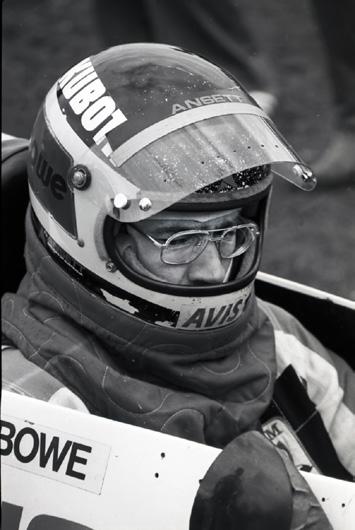
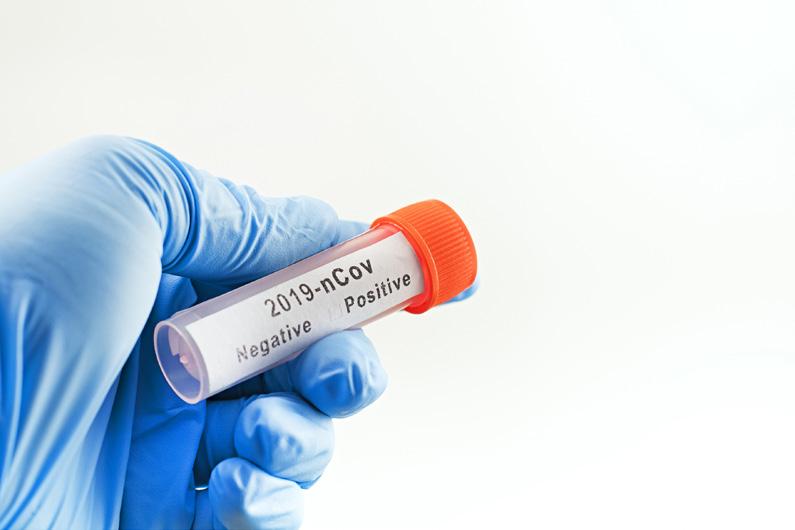
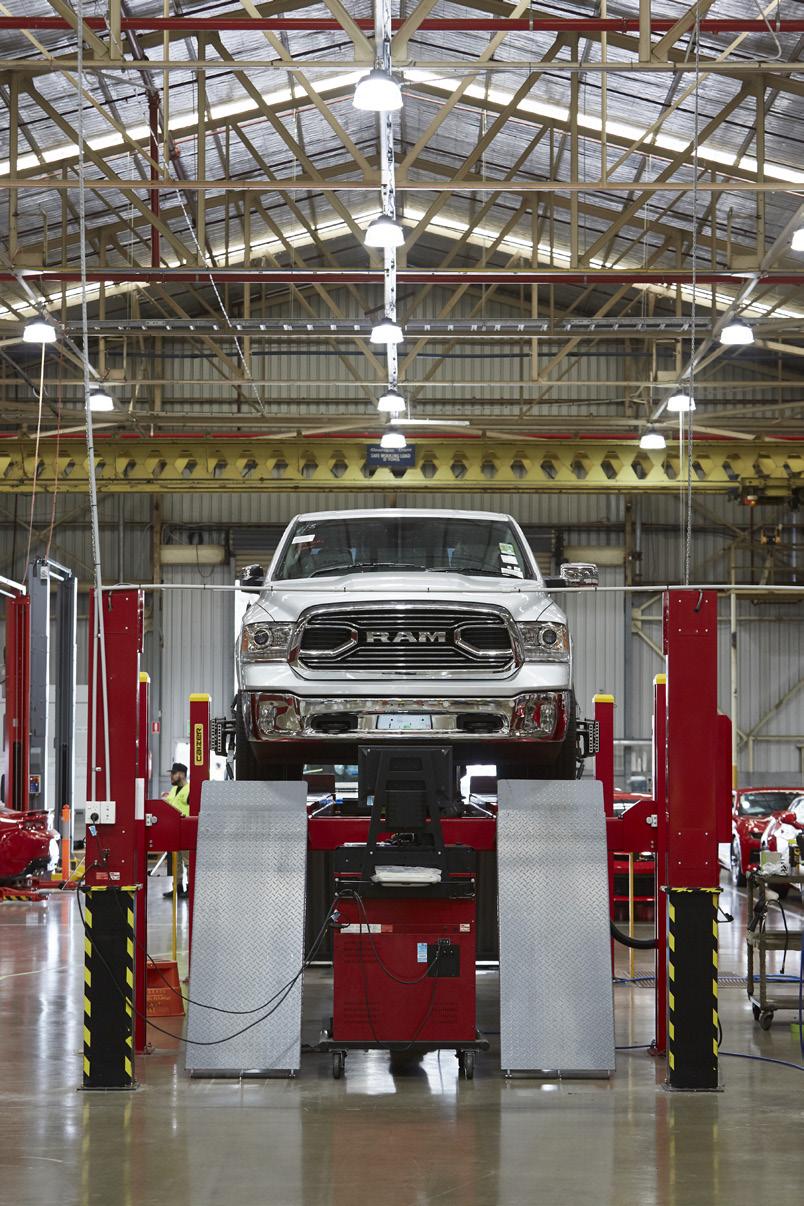
26 BIG CHAIR
Champion Australian racing driver, John Bowe opens up about his career and the true value of sponsorships
32 PICKUP ARTISTS
Australia’s emerging network of autoindustry engineers, designers and executives prove local manufacturing is far from dead
38 LUCKY ONES
It ’s not an easy time but if you, or someone you love, contracts COVID-19, Australia is where you want to be
44 SILVER LINING
Wide spread shutdowns due to COVID-19 have brought transport-generated pollution back into focus
50 TECH TALK
Nissan YD25 oil pumps and the VE Commodore police pack Surveillance Mode button are in the tech spotlight
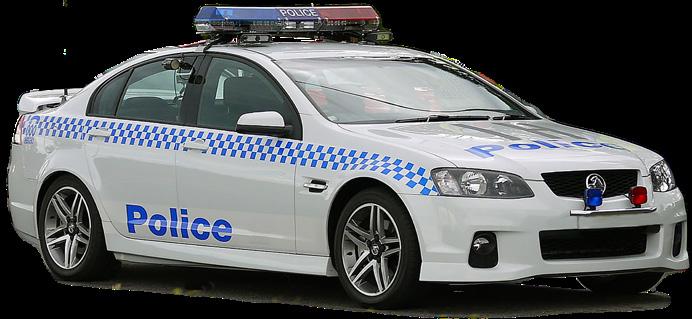
Find everything from the latest products to the best business services you need all in one place
Drive your business forward by taking advantage of the VACC alliance partner deals and assistance at your fingertips
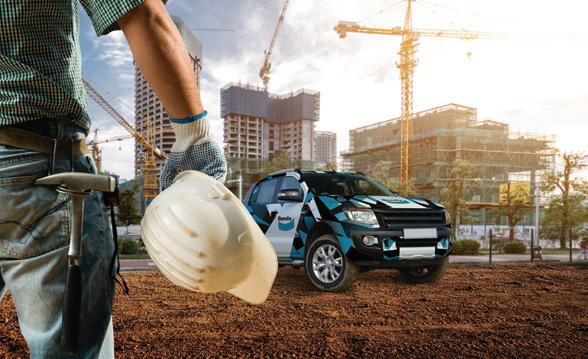
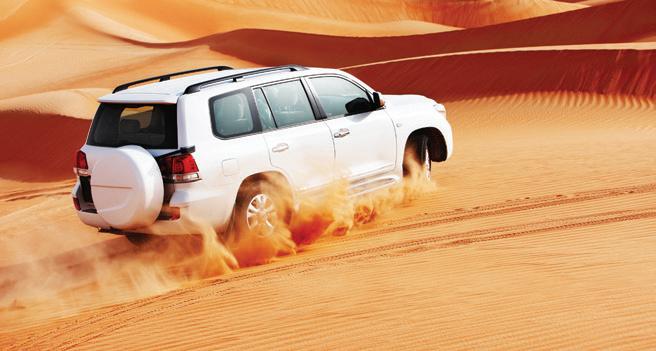
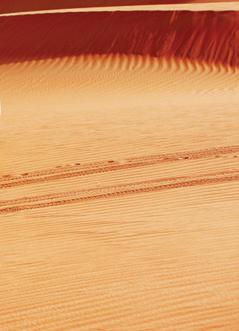
The Bendix Ultimate 4WD Brake Upgrade Kit with advanced brake pads and rotors, braided lines and a host of ancillary items is the ultimate brake upgrade for the latest 4WD vehicles such as Ranger and Hilux.
Contents
2 × Ultimate Brake Rotors
1 × Set of Ultimate 4WD Brake Pads
1 × Vehicle Set Ultimate Brake Hose
1L Heavy Duty Brake Fluid
1 × Can Bendix Cleanup
1 × Tube Ceramasil Brake Parts Lubricant
1 × HD touring case
Installation details
ULTIMATE 4WD BRAKE PADS
FEATURES: BENEFITS:
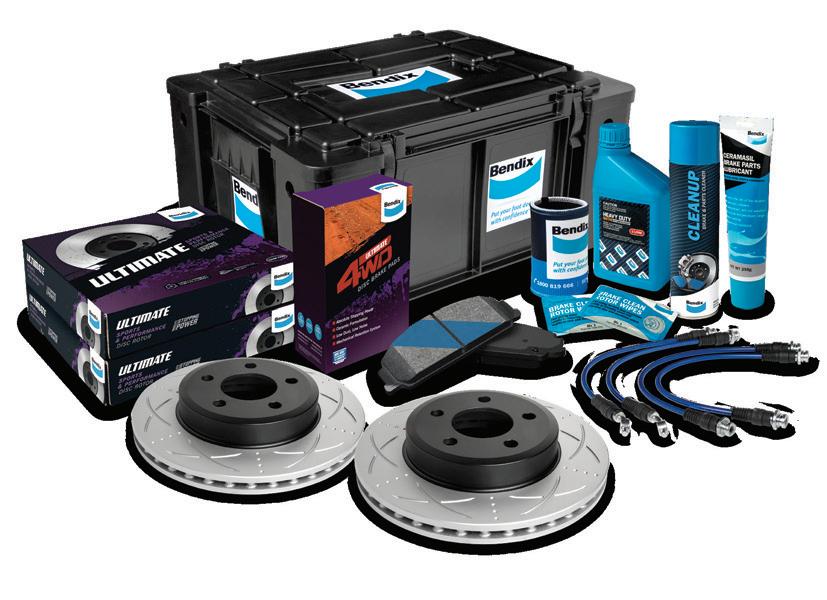
This comprehensive kit includes specially compounded high performance CERAMIC material brake pads for increased stopping power in extreme conditions plus the latest Bendix Ultimate Rotors designed and developed specifically for Australia’s demanding conditions.
Ceramic Material Low Dust, Low Noise, while providing high temperature stability and excellent fade resistance
Mechanical retention system
backing plate MRS technology used in commercial vehicle brake pads, for improved pad attachment strength, for heavy duty operating conditions
Designed for Slotted Rotors Works best with slotted rotors, delivers confident stopping in all conditions
ULTIMATE 4WD ROTORS
FEATURES: BENEFITS:
Diamond Tip Slot Allows gasses to escape in heavy duty driving, delivering consistent output
Better self cleaning for off road conditions
High Carbon Metallurgy Noise damping, thermal conductivity, improved durability and increases brake performance & stopping power
SwiftFit Protective zinc coating which is ready to fit
Pillar Construction
Improved thermal stability
ULTIMATE BRAKE HOSE
FEATURES: BENEFITS:
Braided line with protection sleeve
Meets SAE J1401
Delivers a firm brake pedal, that won’t over expand under high pressure
Compliant to international design standards, won’t affect warranty
Designed to fit Fits your application without any modification

AUTO IS OPEN GOES UP A GEAR
Who could have seen this coming?
While it looks like we may have witnessed the worst of COVID-19, there is no doubt that Coronavirus has changed the world – and the business community has been amongst the severest hit.
Social distancing – a term that never really existed before February 2020 – has meant that many automotive businesses have seen a significant downturn in work and sales, while cashflow has been drastically impacted.
In an effort to counter the downturn for VACC members, the Chamber quickly devised a marketing campaign to help. Called Auto is open, the campaign was created to drive work and sales to member businesses.
The first obstacle to overcome was the belief by some that the auto industry was either closed or that customers weren’t allowed to visit automotive businesses, or both.
So a multi-pronged awareness campaign was launched, consisting of advertising, social media, communications, videos, media engagement and more.
The wide-ranging advertising campaign consisted of radio and newspaper coverage in the highest rating and circulating mediums available, along with television, something the Chamber had not done for over 10 years – at least in metropolitan Melbourne.
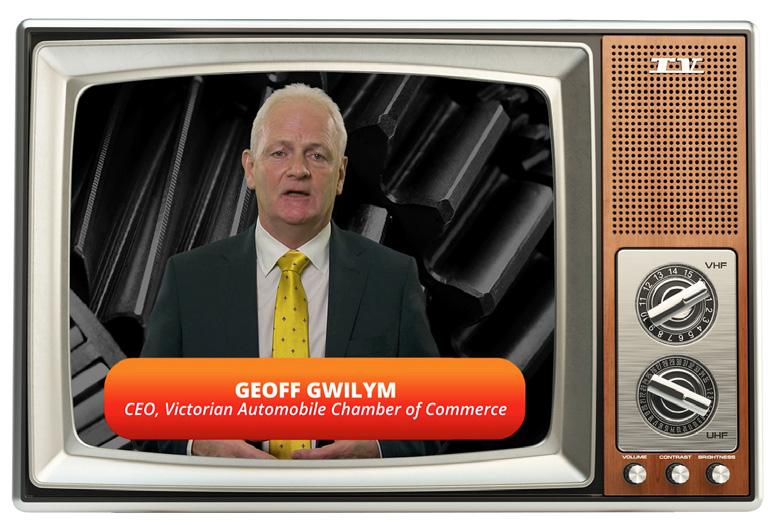
The TV ads featured various VACC members – from different sectors –along with VACC CEO, Geoff Gwilym (pictured above), all with the same message: Auto is open for business. Along with blogs, news stories, earned media placements in traditional and digital media, and downloadable Auto is open posters and customer communication templates, it remains the widest-
ranging marketing campaign ever conducted by VACC.
And it was successful too.
You can see our videos, watch the TV ads, hear the radio spots and read our communications at vacc.com.au/news
I wish you all the very best during this difficult time but remain optimistic that better times are ahead.
David Dowsey
Connect with VACC

MANAGING
David Dowsey
03 9829 1247
Pia-Therese Hams
DESIGNERS
Faith Perrett, Gavin van Langenberg 03 9829 1159

VACC adheres to its obligations under National Privacy Principles legislation. Information on products and services contained in the editorial and advertising pages of this magazine does not imply the endorsement of any product or service by VACC. Australian Automotive is copyright and no part may be reproduced without the written permission of VACC. Advertisers and advertising agencies lodging material for publication in Australian Automotive indemnify the VACC, its directors, Board, employees, members, and its agents against all claims and any other liability whatsoever wholly or partially arising from the
confidential information or licences or royalty rights or other intellectual property rights, and warrant that the material complies with all relevant laws and regulations. This publication is distributed with the understanding that the authors, editors and publishers are not responsible for the results of any actions or works of whatsoever kind based on the information contained in this publication, nor for any errors or omissions contained herein. The publishers, authors and editors expressly disclaim all and any liability to any person whomsoever whether a purchaser of this publication or not in respect of anything and of the consequences of anything done or omitted to be done by any such person in reliance, whether whole or partial upon the whole or any part of the contents of this publication. Advertising accepted for publication in Australian Automotive is subject to the conditions set out in the Australian Automotive rate card, available from editor@australianautomotive.com
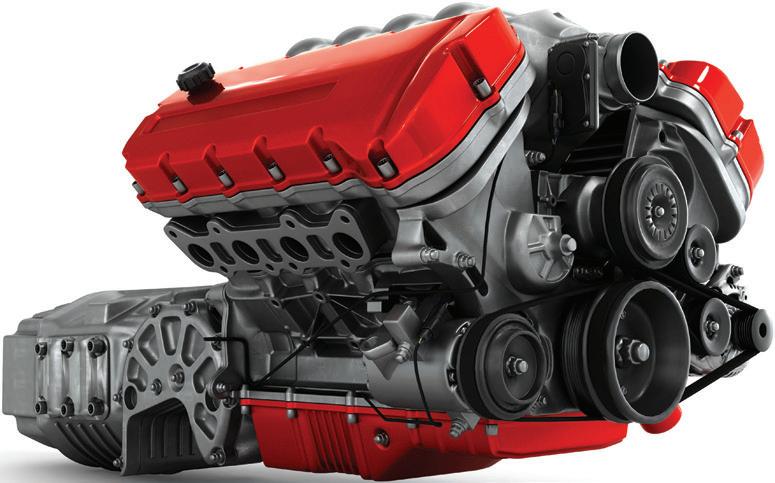
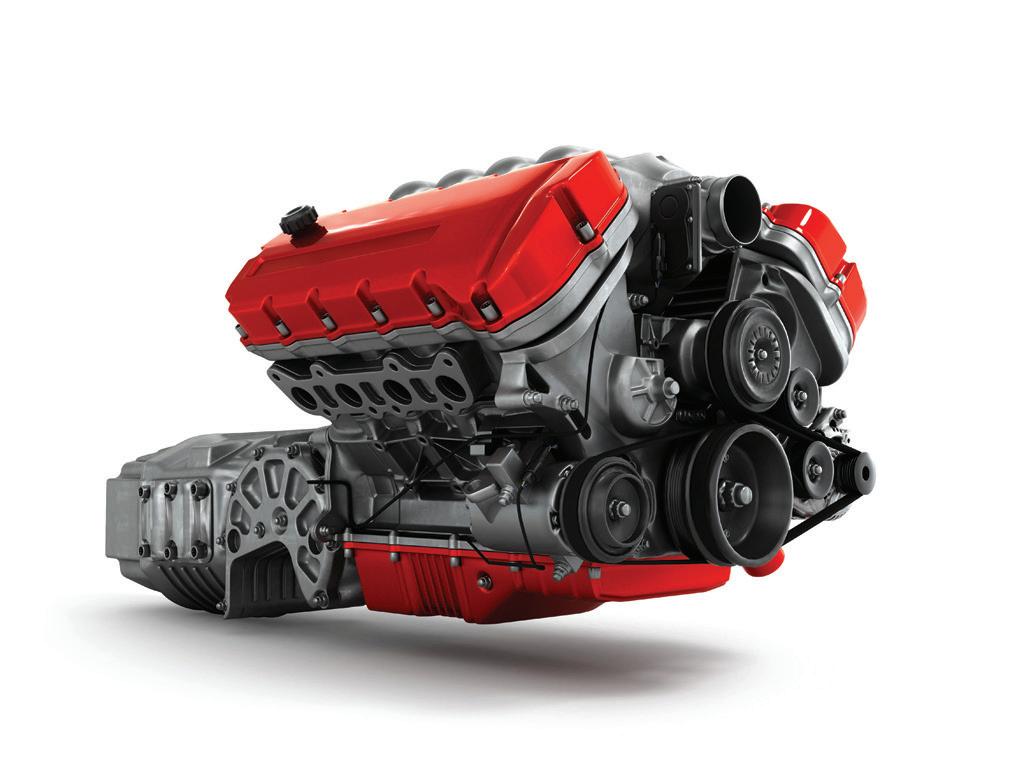
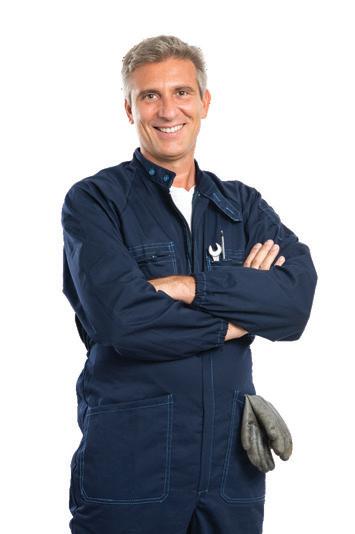
Auto is open campaign
THE Victorian Automobile Chamber of Commerce (VACC) launched a community awareness campaign, Auto is open, to support members and the wider automotive industry and to get the word out to motorists that auto remains open for business during the COVID-19 pandemic.
The initiative included a nine-week advertising campaign, which engaged motorists across a variety of channels:
Radio
TV
Social media
YouTube
Workplace posters
• Customer communication templates.
The campaign was launched in response to motorist confusion and member frustration in regard to government restrictions and the automotive industry. While the Chamber remains supportive of all measures put in place to protect Australians, it proved necessary for industry to make it clear to motorists: We are open for business.
In addition to the campaign, the Chamber opened a dialogue with the Office of the Minister for Police, the Hon Lisa Neville MP, regarding the messaging surrounding consumers travelling to automotive businesses.
For more information, visit vacc.com.au/News/COVID-19
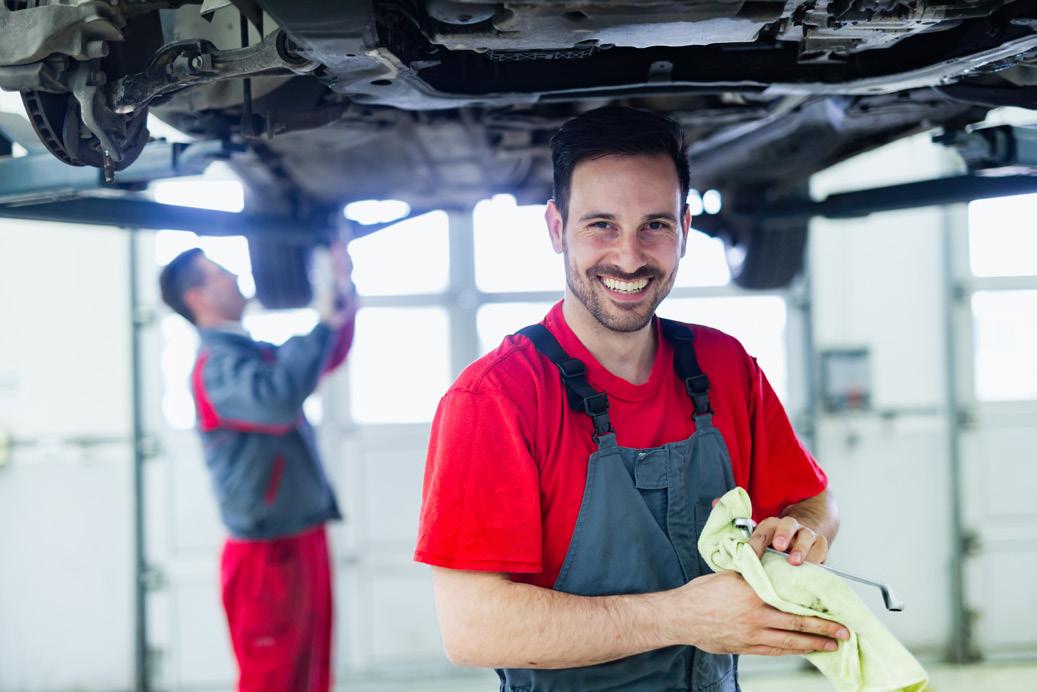
Staying safe in and around motor vehicles
TO say Coronavirus has impacted business would be understating the reality of the world we live in today, and into the future.
To help workshop managers and staff implement the safest procedures when working in and around motor vehicles, here are some useful measures that will go a long way to ensure peace of mind for staff and customers, and just maybe the new normal moving forward.
Adopt contactless services wherever possible, which could include pickup and delivery (parts and vehicles), key drop-off box facilities, contactless payment (‘tap and go’, online banking or over the phone payments), emailing of invoices, offering a taxi or Uber instead of courtesy cars and repair order authorisation via SMS or email
Wear gloves when cleaning in the workplace and wash hands
thoroughly, or sanitise with an alcohol-based hand sanitiser, before and after wearing gloves
Regularly clean and sanitise the workplace including reception area, waiting rooms, bathrooms, lunchrooms and frequently touched items such as Eftpos equipment and handrails
Disinfect vehicles upon pickup and delivery including wiping down all contact points such as steering wheel, door handles, door switches, seats, infotainment, and gear shift lever
Clean keys with disinfectant prior to handing back to the customer
Use seat, floor and steering wheel covers before work is undertaken
Check in with employees regularly and monitor their physical and mental health
Consider staggering shifts to limit risk of infection and to ensure the safety and wellbeing of your employees and customers
Wipe down personal property that comes to work, such as sunglasses, mobile phones and tablets with a disinfectant solution.
Display general hygiene policies and instructions throughout the workplace, including reception and waiting rooms.
For more information and advice, VACC and TACC members can contact the VACC OHS&E Unit. Call 03 9829 1265 or email ohs@vacc.com.au. Alternatively, head to vacc.com.au/News/COVID-19. Another useful resource is SafeWork Australia, visit: safeworkaustralia.gov. au/covid-19-information-workplaces


VACC Technical has changed
VACC Technical Services has launched into a new era of product offerings that will change the automotive technical information game in Australia.
VACC has signed a multi-year deal with the famous British-based Haynes Publishing Group, bringing to market a suite of products, unsurpassed in Australia, under the banner of VACC MotorTech.
VACC MotorTech brings together VACC’s proven Tech Online, Times Guide, Tech Estimate, Tech Advisory Service and Tech Talk products with the might of Haynes’ international know-how, to provide an enormous (and evergrowing) amount of technical service and repair information to subscribers.
Available now for subscription are three ‘bundles’: Diagnostics, Service & Repair, and Maintenance. These new products are positioned at an unbeatable price and VACC members receive generous discounts of up to 50 percent.
Haynes is best known in Australia for its Haynes manuals that have been in print since 1965 and have sold over 200 million copies worldwide. However, they
online products, designed for automotive professionals under the HaynesPro brand.
Until the agreement with VACC, HaynesPro products have not been available in the Australian market in such affordable and convenient packages.
The HaynesPro products include:
• HaynesPro Manuals AllAccess Cars allows access to all Haynes manuals online, providing step-by-step repair and service information, along with extra details not published in the hard copy versions. The Haynes OnDemand video tutorials – available for many of the most popular models – are the ultimate aid to getting vehicles correctly serviced and repaired.
• HaynesPro WorkshopData Tech contains extensive maintenance information like repair times, timing belt and chain replacement procedures, capacities, wheel alignment, torque specification and over 100,000 high-quality technical drawings.
• HaynesPro WorkshopData Electronics and Smart includes the VESA guided diagnostics system, wiring diagrams for most vehicle systems, fuse and relay locations, earth point and control unit locations, TSBs and known fixes.
The agreement between VACC and Haynes provides automotive business owners new options and easy access to repair information and vehicle repair times not available previously, in bundles to suit every business’s needs.
Visit: motortech.com.au to learn more.
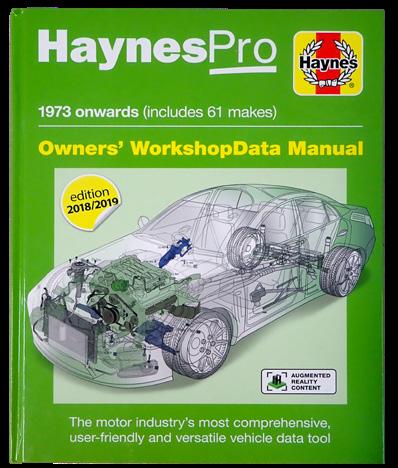
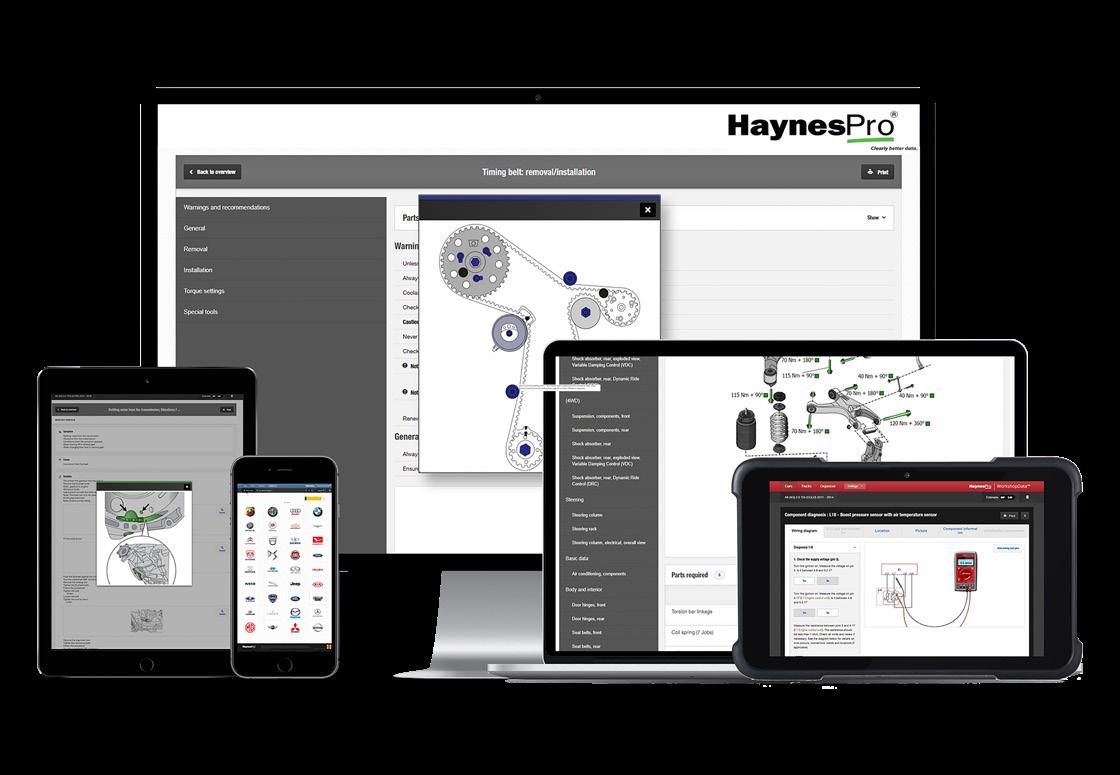
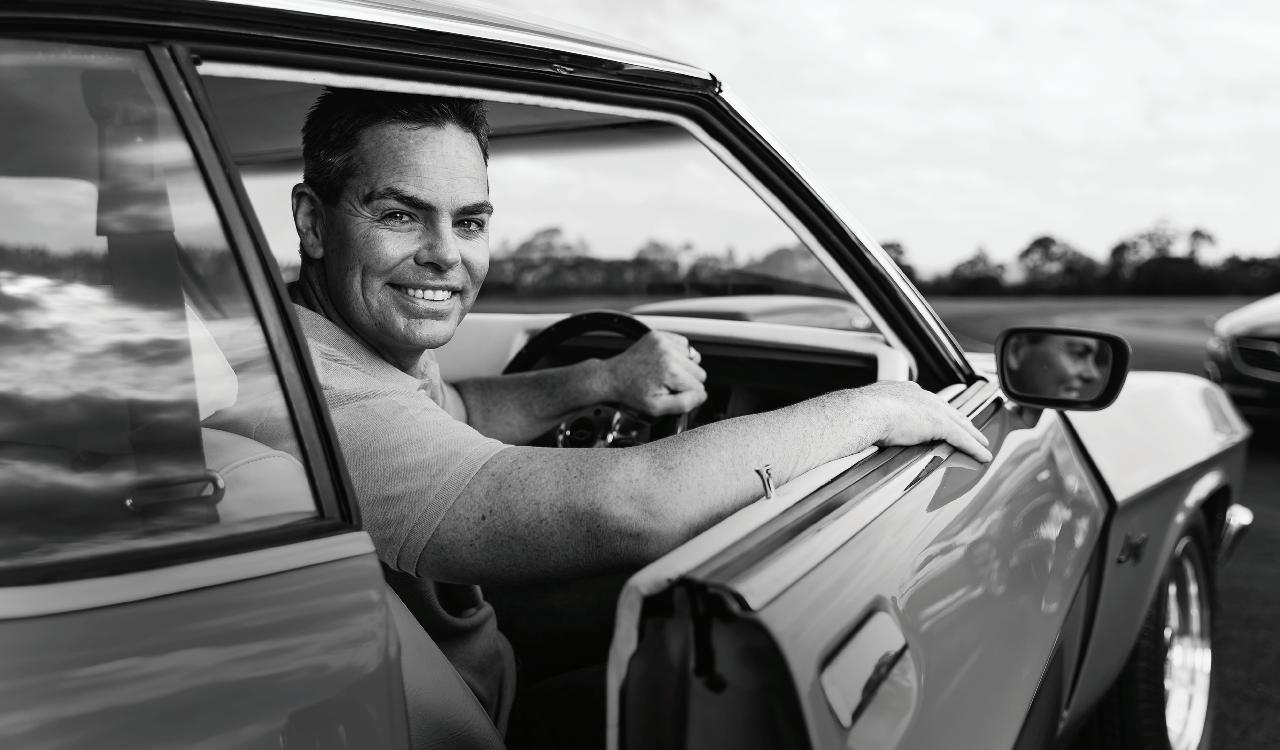
Change lanes to MTAA Super
Will I void my warranty
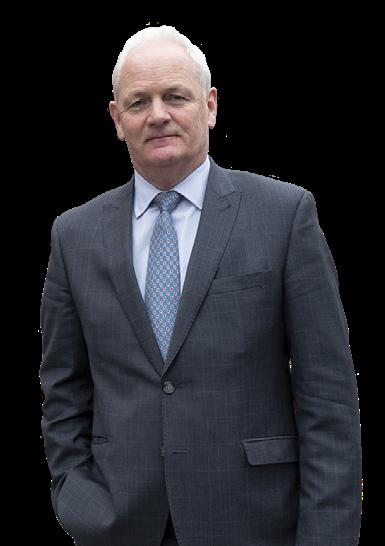
Do your homework first
After that time, many people choose to visit aftermarket repairers for their service and repair requirements.
That makes perfect sense. However, there are some things to keep in mind before you entrust your vehicle with any business.
Firstly, are genuine parts and equipment – or parts that are fit for purpose – being used? You should ask this question up front and if you don’t receive a reply in the affirmative, then you should go elsewhere.
motorists have scheduled servicing conducted at a franchise dealer – often the one from where they bought their vehicle – for the entirety of the warranty period.
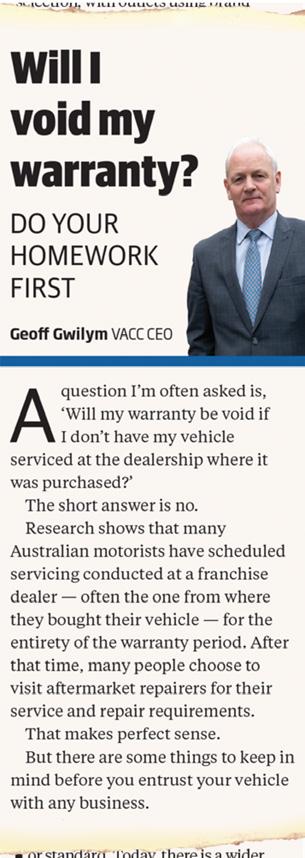
The second main consideration is whether your chosen service centre has the necessary training and equipment to correctly maintain your vehicle.
As a general rule, you may pay more for servicing at franchise dealers. But there are some valid reasons for this. Dealers have invested in all the necessary tools and equipment, they use genuine parts, and they have access to factory-backed training and technical information.
Aftermarket repairers may have this too.
But they may not. So, you should conduct some research before engaging the services of a new or unknown repair centre. Seek a reference or check online reviews.
Above all, keep in mind that it’s your vehicle, so you’re free to take it wherever you like.
VACC CEO, Geoff Gwilym voices his opinion each week in the motoring section of Friday's Herald Sun. You can also read his pieces at vacc.com.au/blog
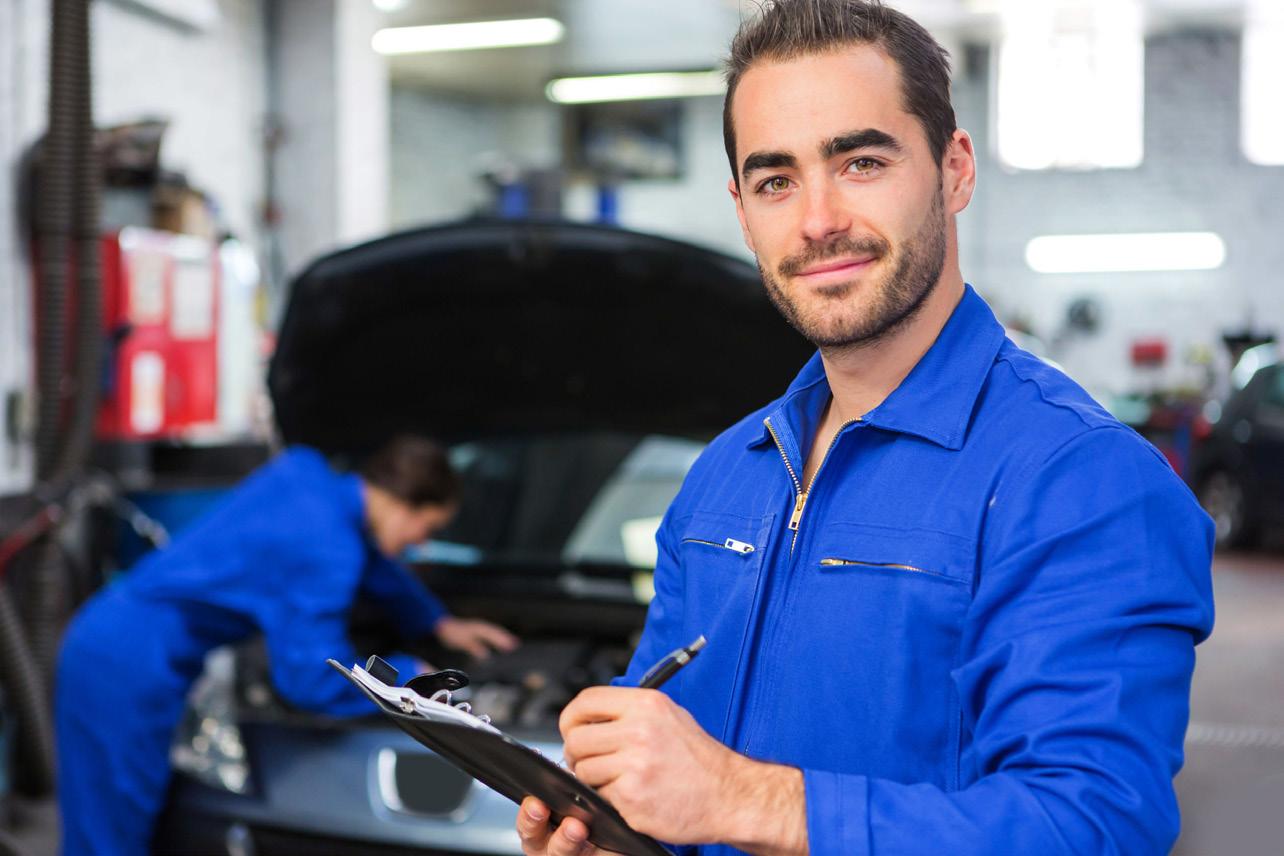


SMART POWER

SAVE ON YOUR ENERGY BILLS WITH OUR MEMBER EXCLUSIVE OFFER
Simply send Smart Power a copy of your current bill and they will do a comparison with VACC's approved electricity providers.
Smart Power, a leader in the Energy Management industry, are offering a free comparison to evaluate your current energy bills.
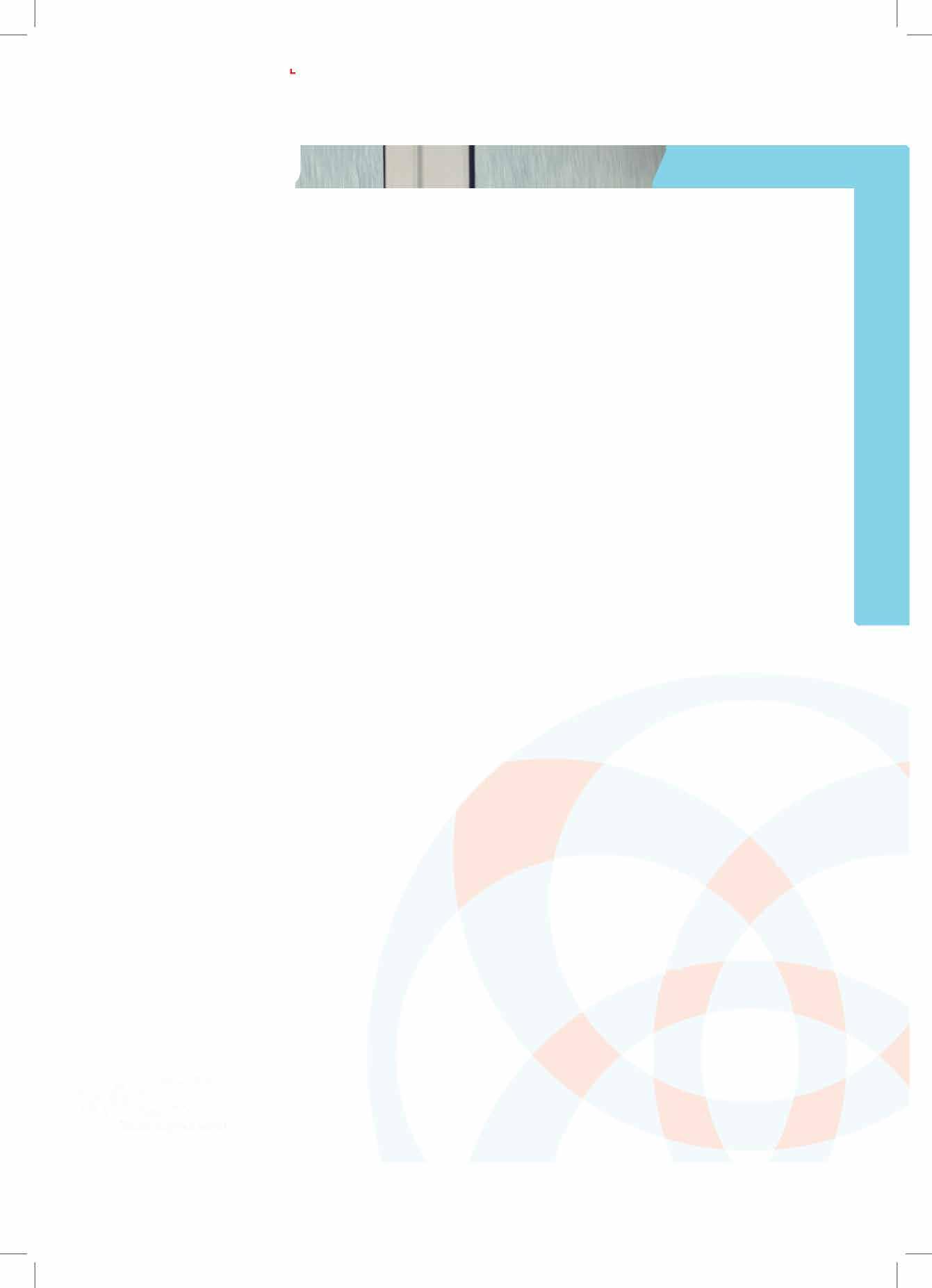
Smart Power's comprehensive energy management team ensures businesses achieve energy efficiencies, accurate reporting, saving you time and money.
Their independent, expert advice can provide you with the tools to be more efficient, sustainable and achieve the best possible overall productivity for your organisation.
Get in touch now to claim this limited time offer!
Contact Daniel Ellul from VACC Marketing by phone 9829 1152 or email dellul@ourauto.com.au
VACC
Dispute support
THE Australian Small Business and Family Enterprise Ombudsman (ASBFEO) has introduced a new online referral tool, Dispute Support. Issues arise frequently between businesses and their customers, suppliers and employees. The Coronavirus pandemic has greatly impacted everyday life, but this particular aspect of running a business remains constant.
Most issues can be dealt with quickly with common sense, but sometimes small business owners need support to further understand the issue and subsequently resolve it.
Designed to help users find the lowcost resolution service they need quickly; the Dispute Support tool can assist members dealing with:
Unpaid invoices
Retail lease disputes
Resolving a dispute with another business
Resolving a dispute with the government. Access the tool via the ASBFEO website: asbfeo.gov.au/disputesupport
If users have difficulty using the tool, or an issue isn’t covered, they can contact ASBFEO Assistance directly by calling 1300 650 460 or sending an email to info@asbfeo.gov.au
COVID-19: Auto is open – tell your customers

LACK of work and cashflow are likely to be serious problems for you right now. But there are things you can do to help your situation – and they don't cost a cent. Most automotive businesses in the industry remain open (publicly held vehicle auctions are an exception) and if your business is open too then you should tell your customers about it – don't assume that they know. Here are three simple and practical tips to help you get the message out there...
Update your voicemail
Update your business' voicemail and on-hold messages. Ensure the voicemail states clearly that your business is open as normal, and that you'll get back to them shortly. Leverage your website and social media
Do you have a website and/or social media pages for your auto business?
Use them to get the word out there! For member convenience, VACC has designed some banners and graphics which are available on its website.
Touch base with loyal customers
You’ve got a database. Use it! Your customers are customers for a reason and they rely on your services to keep them safe on the roads. If they are due for a service or anything else, reach out
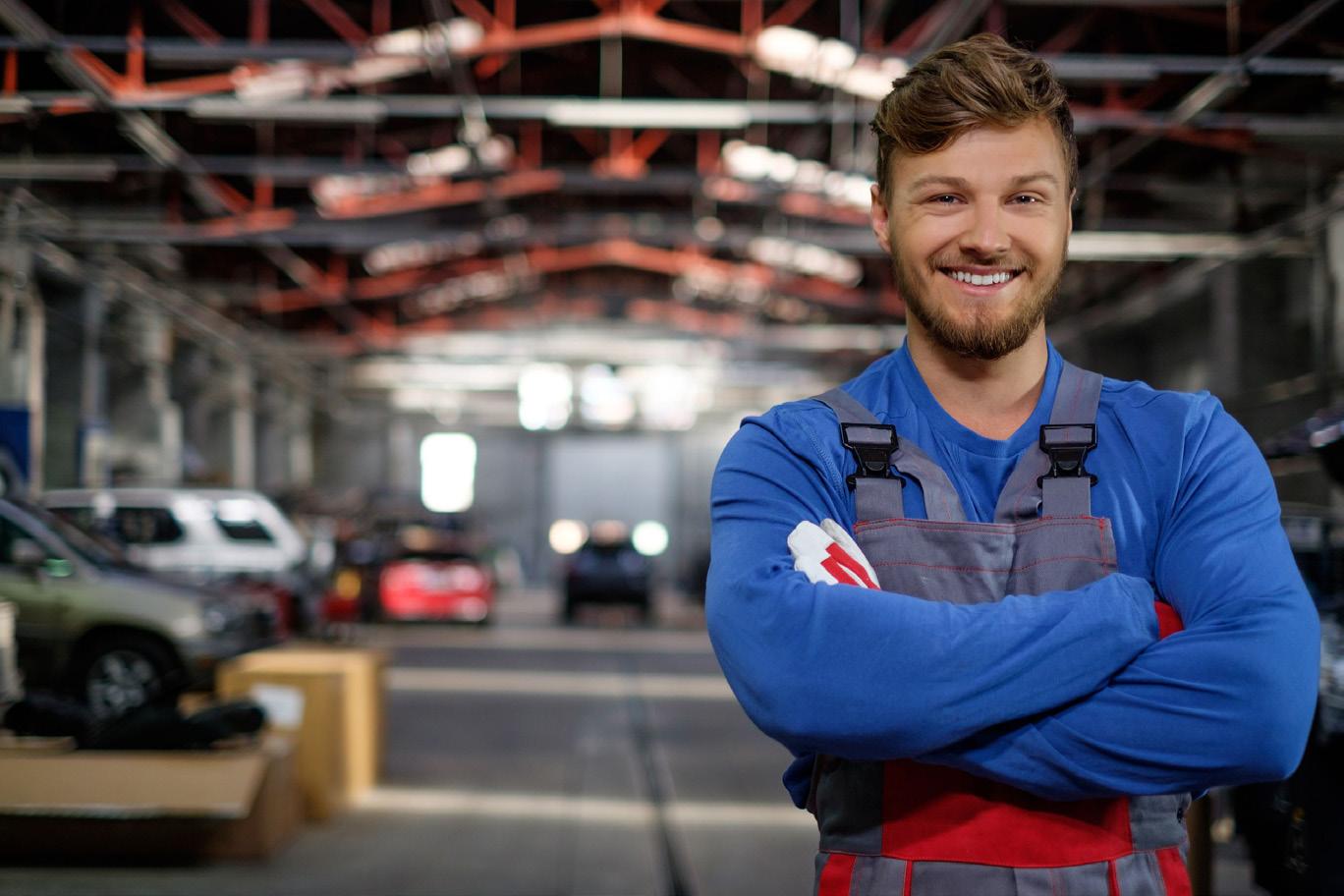
(SMS, call or email) and let them know you’re open. If applicable, why not delegate this task to a team member who may have recently had a drop in workload?
The COVID-19 situation changes daily. Stick to trusted, key resources to ensure you are well-informed but never overwhelmed. Here are some useful platforms: Australian Government: australia.gov.au Health and Human Services: dhhs.vic.gov.au/coronavirus
VACC website: vacc.com.au/News/COVID-19 State Revenue Office: sro.vic.gov.au/coronavirus
Are you a VACC or TACC member and need help getting started? For social media, customer communication templates and more, visit: vacc.com.au/News
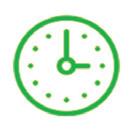
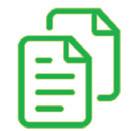
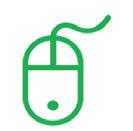
Really easy to use
Consumers pre-approved at $1500
Online paperless system with Real Time credit approval process that takes less than a few minutes
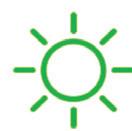

3 x easy interest free payments for consumers Payments to members within 7 days
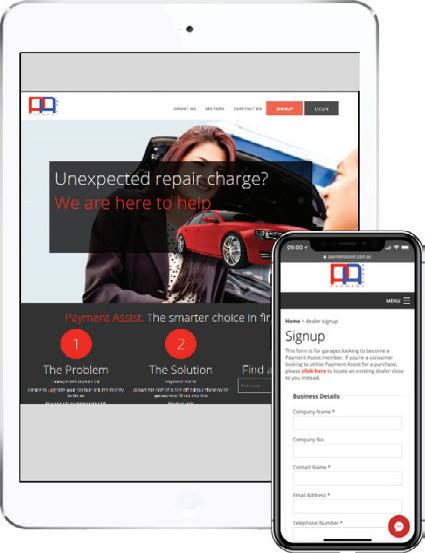
Move away from ICE vehicles continues
VACC CEO, Geoff Gwilym, and Industry Policy Advisor, John Khoury, recently met with Australia’s Chief Scientist, Dr Alan Finkel (pictured right) to discuss hydrogen fuel cell and battery electric vehicle (BEV) technology.
Dr Finkel predicts the vehicle fleet will see a major transition of small and light commercial battery electric vehicles later this decade, while large commercial vehicles, such as prime movers and ships, would move towards fuel cell technology.
Dr Finkel believes financial incentives, such as subsidies to lower the purchase price of vehicles would not be introduced by the Australian market, as it unfairly penalises Australia’s social demographic.

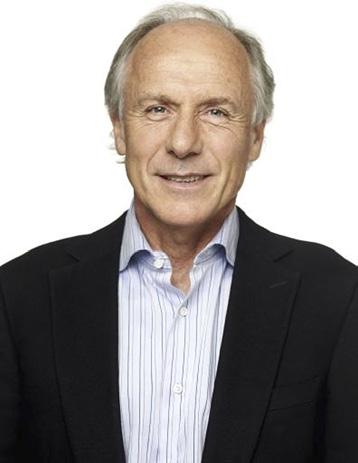
While Australia’s electric vehicle uptake is still very low compared to other nations for a variety of reasons – such as range anxiety and the limited number of charging stations – Dr Finkel sees the next generation of electric vehicles to be comparable with internal combustion engine (ICE) vehicles, with some electric vehicles already having the capacity to drive up to 800km on a single charge.
With costs falling rapidly due to technological improvements, he believes it’s only a matter of time before Australia follows Europe’s adoption of BEVs.
Dr Finkel currently drives a Nissan Leaf and a Tesla Model S.

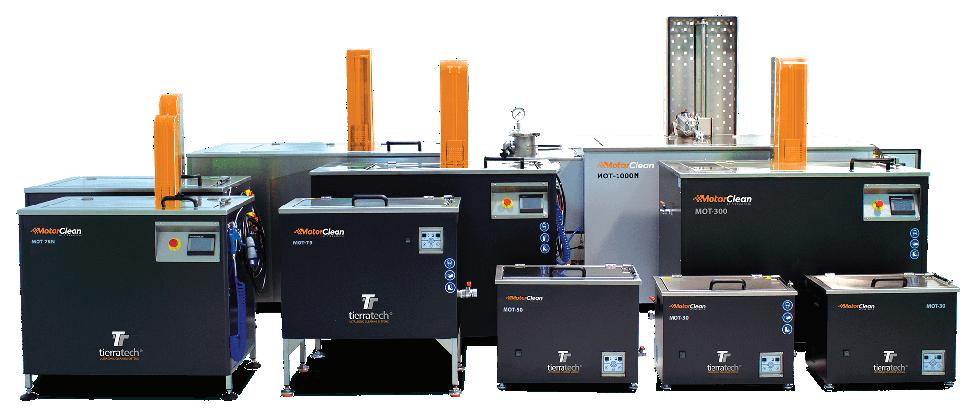

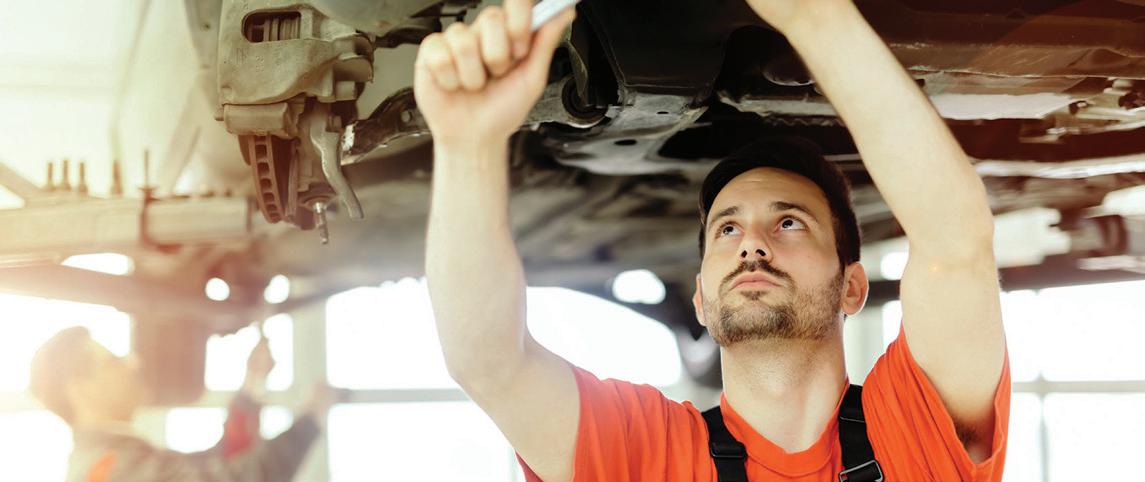
Business support every step of the way.
Whether you’re starting, running or growing your business, CommBank, proud Alliance Partner of VACC can help you do business your way.
Dedicated support for your business
To help you take your business to the next level, VACC members can benefit from direct access to a dedicated CommBank Relationship Manager and team of specialists who will work with you through every stage of your business life cycle. You’ll also receive 24/7 Australian based phone support for all your business banking needs.
Business products and solutions
VACC members may be eligible to access the latest innovative business banking products and solutions with preferential pricing applied to make it easier for you to do business. These include:
• No merchant joining fee
• Same day settlement every day of the year^
• Daily IQ - free business insights tool with CommBiz and NetBank
• Business Loans and Asset Finance
• Overdraft Facilities and Bank Guarantees
• Free business financial health checks
To find out how CommBank can help you do business your way, contact VACC on 03 9829 1152 or email marketing@vacc.com.au and they’ll put you in touch with a CommBank Business Banking Specialist

Fuelled by family values
WORDS Pia-Therese Hams
IN a time of great change and unprecedented challenges, Pat & Tina’s BP Service Station remains committed to serving its community. Co-owner Joe Di Conza spoke to Australian Automotive about the impact of Coronavirus on the business and the local community at large. Since opening in 1973, the service station has been a much-loved part of the Shepparton community and the wider region – its old-fashioned, personalised service has certainly served it well and continues to do so during the Coronavirus situation.
“It’s helped our business because we still do ‘driveway service,” explained Joe.
The team has made a point of promoting this unique selling point to local motorists. With social distancing being at the forefront of every customer’s mind, at Pat & Tina’s “you don’t have to get out of the car, you don’t have to come and touch the bowsers and we make sure we do everything for you”.
“We’ve used a lot of the VACC communications. We’ve got the posters up on the window and that’s been really handy as well. It’s helped the public know
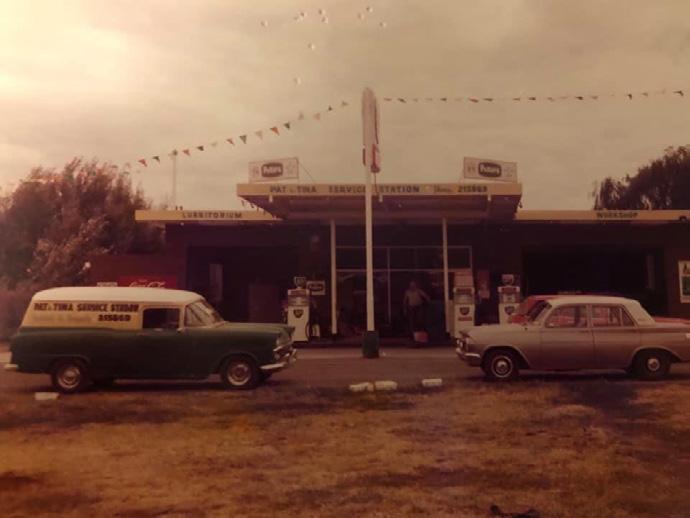
it has adapted and introduced new policies, the business is still accepting cash payments.
“We have a lot of elderly people who come in and … a lot of them don’t have cards … they still like to go to the bank, draw the money out and come in to pay in cash,” explained Joe. However, despite the business’ leading service and care, it – like every auto enterprise –
station walls, with the entire local business community affected – albeit in different ways. While restaurants, pubs and sporting events are effectively at a standstill, some parts of town are busier than ever.
“We are a little bit lucky to a degree because we’ve got SPC going flat out and Bega …
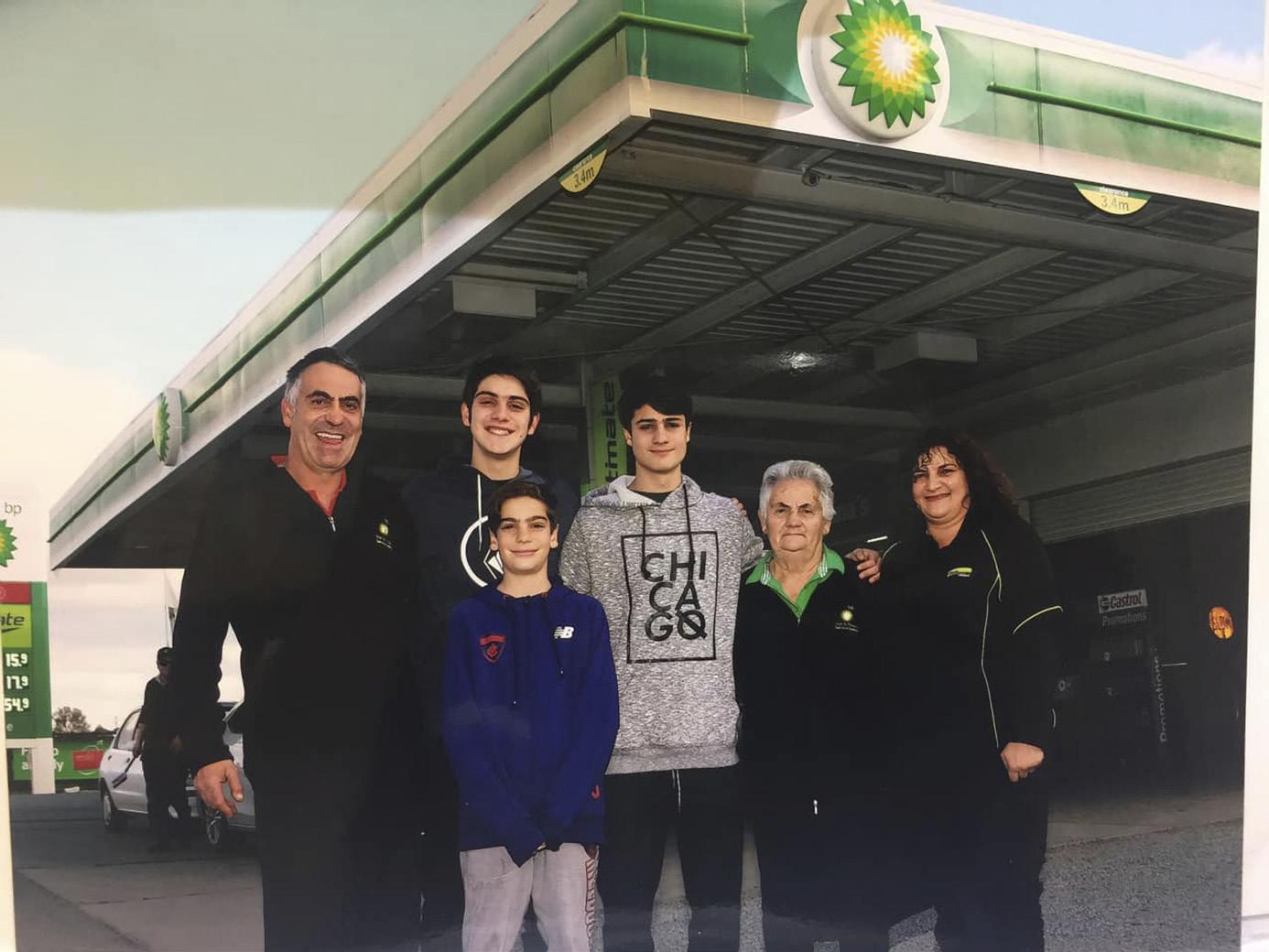
Pat & Tina’s BP Service Station is a family affair. From left, Joe, Michael, Anthony, Pat, Tina and Angela Di Conza
Photo credit BP






























JobKeeper basics
TO help Australia withstand and recover from the economic impact of Coronavirus (COVID-19), Prime Minister Scott Morrison announced a billion-dollar government relief package, the unprecedented move including the introduction of a JobKeeper Payment. Below are some key JobKeeper takeaways.
Overview
Under the JobKeeper Payment, eligible businesses (small, medium and large) impacted by Coronavirus are able to receive support, with the government providing $1500 per fortnight per eligible employee for up to six months. The JobKeeper Payment is also available to the self-employed.
Eligibility
To be eligible for the JobKeeper Payment, employers must:
Have an annual turnover of less than $1 billion and their
turnover has or will be reduced by more than 30 percent, or Have an annual turnover of $1 billion or more and their turnover has or will be reduced by more than 50 percent, and Not be subject to the Major Bank Levy Have been in an employment relationship with eligible employees as of 1 March.
How to apply
Apply via the ATO Business Portal using myGovID. Your registered tax professional can also enrol on your behalf using online services for agents. There are a number of steps you need to follow as part of the enrolment process, including effectively consulting and communicating with your employees. You need to ensure certain requirements are met, including employees completing an Employee Nomination Notice, which is
available on the ATO website, confirming in writing that you intend to participate in the JobKeeper Payment scheme and you have the agreement of each eligible employee to be nominated for the scheme.
Each month, you will need to complete your monthly JobKeeper Payment declaration report, confirming that your reported eligible employees have not changed.
For more information
Business.gov.au: business.gov.au Australian Taxation Office: ato. gov.au/general/jobkeeperpayment/employers
At the time of publication the above information was relevant and correct, in line with latest government instructions. Check the VACC website for latest updates: vacc.com.au/News/COVID-19
Tax relief for business owners
Land tax
THE government has announced land tax relief measures, providing eligible landlords with a 25 percent reduction on their property’s 2020 land tax.
Part of a $500 million package aimed at residential and commercial tenants and landlords, if a landlord offers COVID-19 impacted tenants rent relief, they may be eligible for the land tax discount – in addition to being able to defer their 2020 land tax to 31 March 2021.
While the automotive industry has welcomed the announcement, it views the move as simply a step in the
right direction for rent relief initiatives. VACC notes that some landlords will not have access, with properties rented to a tenant with an annual turnover of over $50 million not catered for. To be eligible the property must be rented to a tenant with an annual turnover of up to $50 million and additionally, the tenant must be eligible for the JobKeeper Payment. Payroll tax
Businesses with annual Victorian taxable wages up to $3 million will have their payroll tax for the 2019/20 financial year waived. It’s vital that eligible businesses continue lodging returns as normal,
however they are not required to make further payments for this financial year.
The State Revenue Office (SRO) will be contacting eligible businesses directly regarding relief. However, business owners can also find more information on the SRO website. Visit sro.vic.gov.au/coronavirus.
At the time of publication, the above information was relevant and correct, in line with the latest Victorian government instructions. For more information on tax relief measures across Australia, visit: business.gov.au/Grants-and-Programs and type in your business' postcode.
More funding for TAFE and training
IN a bid to ensure Victorians continue gaining the skills needed to secure employment (and help play their part in kick-starting the economy), the Victorian Government has announced $260.8 million in additional support for the state’s TAFE and training system.
“This gives students and staff certainty, and it gives industry certainty that they can continue to get the qualified workers they need,” said Premier Daniel Andrews.
With Victoria expecting a drop in student numbers, this support includes a $191.9 million guarantee to lock in funding at expected pre-COVID-19 levels and an additional $68.9 million in crisis support to ensure Victoria’s public training system can respond and recover from the Coronavirus situation. The package will provide TAFEs, dualsector TAFEs, Learn Local providers and AMES Australia funding until at least mid-year, impacting around 330,000
students across Victoria. It builds on the government’s $1.7 billion economic survival and jobs package – which has already provided more than $400 million in payroll tax refunds and $65 million in business support grants.
Note: At the time of publication the above information was relevant and correct, in line with latest government instructions. Please check the VACC website for any updates: vacc.com.au/News/COVID-19
Time saving safe and cost efficient ultrasonic cleaning now here
ONE of the most challenging and critical issues in engine reconditioning is to ensure that all components are thoroughly cleaned to allow checking of the various components and to ensure an optimal quality outcome.
The new generation of ultrasonic cleaning machines replace time poor and dangerous caustic baths, spin wash machines and pressure washers which are costly to run and inefficient.
Ultrasonic cleaning produces amazing results within a 20-minute cycle time, degreasing, decarbonising and descaling engine parts and components such as engine blocks, cylinder heads, particle filters, diesel injection, turbo chargers, gearboxes and transmission systems.
Promoted by leading engine reconditioning equipment supplier Premier Machinery and Components, is the range of Tierratech Ultrasonic Cleaning Systems manufactured by QA-assured TierraTech®, a leading international company specialising in the manufacture of ultrasonic cleaning equipment and systems.
The Tierratech Motor Clean range is specially designed for the automotive industry with a range of models to suit the smaller workshop up to the largest heavy commercial transport operation.
The equipment capabilities range from 30 to
8000 litres with popular models including the 400-litre model for passenger cars, 600-litre version suitable for most diesel engines and the 1000-litre model for large commercial engines taking the block, cylinder head, cam shaft, bearings, nuts, bolts, etc, plus all types of materials.
The equipment uses a working frequency of 40kHz (sweep system plus two percent) being the most suitable for the industry as it achieves optimal cleaning without damaging any soft materials, such as aluminium, magnesium, brass, etc.
Running costs for these advanced machines can be as low as $1.40 per day operating a five-day week with the 400-litre machine using 175kW hours over a seven-day period.
Operating times can be programmed and it operates at 70 degrees Celsius with the units holding their heat overnight.
Ultrasonic waves osculate with a six-inch travel agitation to ensure all parts of the components are completely cleaned.
"These high quality units clean regardless of the complexity of the pieces, especially internal recesses and hard-to-reach areas. They reduce energy costs, are more environmentally friendly and
dramatically reduce labour time,” said General Manager, Premier Machinery and Components, Daniel Parker. Using the right chemicals, heat and agitation produces spectacular results as can be demonstrated by Premier Machinery at their parent company plant. It is important to use the specified chemicals, which are low cost at $375 per 25kg drum and lasts between six weeks to six months depending on usage.
Easy to operate via a 4.3-inch touch screen which provides functional and intuitive access to ultrasonic time-setting and peripheric or optional systems with a programmable weekly calendar. Formoreinformationonthetimesaving andefficientTierratechMotorCleanrange ofUltrasoniccleaningequipmentforthe automotiveindustryvisitpremiermachinery. com.auorphone0397971170.
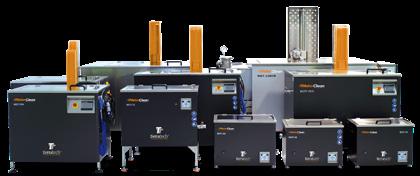
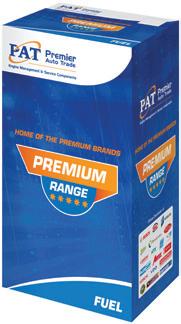
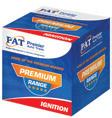
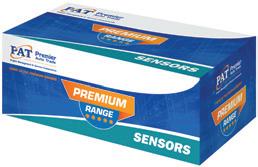
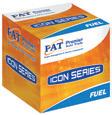
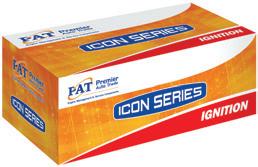
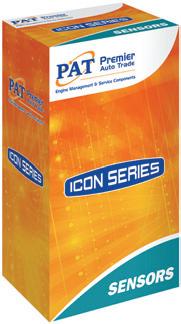
Getting back to business faster
VACC CEO, Geoff Gwilym has led the charge in downloading the Federal Government’s COVIDSafe app.
Recognising the need to get business back to normal, Gwilym was one of the first to download the potentially life-saving phone app, which will allow authorities to speed up the process of identifying and contacting people exposed to Coronavirus (COVID-19).
“The VACC President, Fury Bortolotto actually brought this to my attention. It was his strong recommendation that, as leaders in the automotive industry, he and I download the app, and recommend that the business community do the same,” said Gwilym.
While the app is voluntary, VACC is urging the wider automotive industry to learn more about the initiative and consider next steps. COVIDSafe plays a key role in the Federal Government’s strategy to slow down the spread of COVID-19, and a wide-spread uptake could dictate when and how government restrictions are revised.
FormoreinformationaboutCOVIDSafe,includingprivacyanddataprotection, visit:health.gov.au/resources/apps-and-tools/covidsafe-app
TheappcanbedownloadedfromtheAppleiStoreandGooglePlay,withdirect downloadlinksavailableviatheAustralianDepartmentofHealthwebsite.
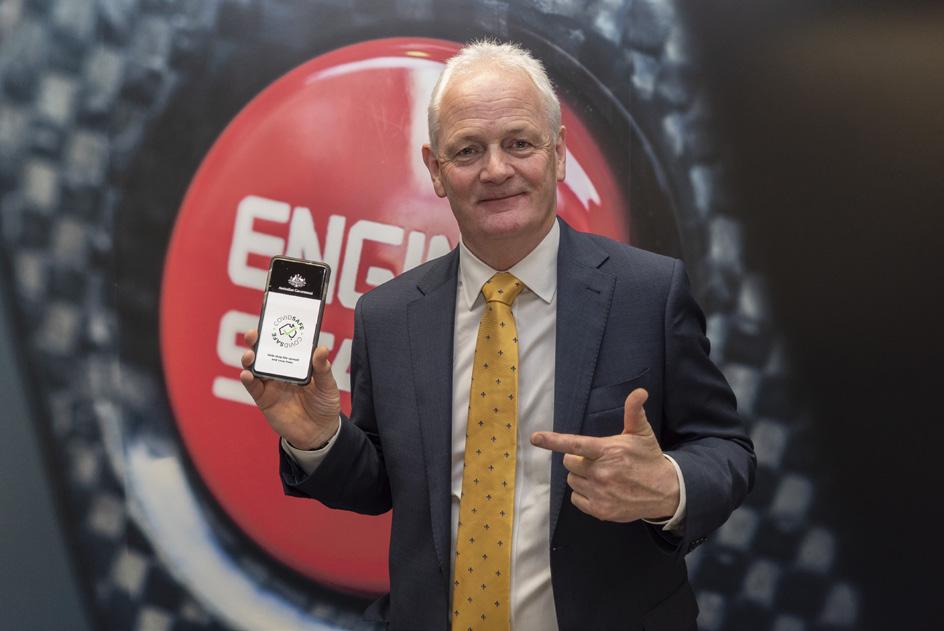
New Industrial Manslaughter laws in Victoria
FROM 1 July 2020, workplace manslaughter will be a jailable offence. Therefore it is essential business owners are aware of what the new rules mean for their business and staff, and what compliance measures they need to undertake.
The change introduces the offence of workplace manslaughter as an amendment to the existing Victorian OHS Act 2004. As a result of the amendment, a person must not engage in negligent conduct that breaches an applicable safety responsibility under the current OHS Act, which is owed to another person and causes the death of that person. Employers found to have negligently caused a workplace death could now face fines of up to $16.5 million and individuals up to 20 years in prison.
The amendment does not cover employees. Employees who fail to meet their safety-related obligations under the Victorian OHS Act could, as previously, be charged with reckless endangerment, which imposes a maximum financial penalty of $3.2 million and a maximum jail term of five years.
The workplace manslaughter offence will apply to:
organisations (including bodies corporate, partnerships, unincorporated bodies and unincorporated associations) self-employed persons (sole traders); and officers of employers.
Officers of a company, sole traders and partnerships (in addition to the employer) could be separately liable where they are negligent by failing to take reasonable steps on workplace safety to prevent fatalities, including managing mental injury that leads to suicide.
Although the new law will commence on 1 July 2020, negligent conduct occurring prior to the commencement of the legislation may still be relevant for the purposes of prosecution if an organisation’s omission to amend unsafe work policies causes a workplace fatality post-commencement.
The term ‘officer’ of a body corporate, unincorporated body or association or partnership has the meaning given by Section 9 of the Corporations Act. Under this Act an officer means:
(a) a director or secretary of the corporation; or
(b) a person:
(i) who makes, or participates in making, decisions that affect the whole, or a substantial part, of the business of the corporation; or
(ii) who has the capacity to affect significantly the corporation’s financial standing; or
(iii) in accordance with whose instructions or wishes the directors of the corporation are accustomed to act (excluding advice given by the person in the proper performance of functions attaching to the person’s professional capacity or their business relationship with the directors or the corporation).
As many VACC member businesses are run by incorporated entities, the new laws may broaden the liability exposure of officers of these businesses (e.g. directors who are family members).
For more information, VACC members can contact VACC Industrial Relations on 9829 1123 or ir@vacc.com.au
Alternatively, visit worksafe.vic.gov.au /tougher-laws-safer-workplaces
Engine oil evolution API SP & ILSAC GF-6
WHEN it comes to modern lubricants, an ongoing challenge confronting market leaders like Castrol is developing and delivering products that can support OEM’s in their pursuit of fuel economy gains, without sacrificing engine performance or reliability. Increasingly demanding emission targets, driven by associated Government legislation, has forced OEMs to adapt their engine technology and operating conditions to comply. With engine technology evolving rapidly as a result, it’s necessary for key industry bodies to keep pace in defining new testing and benchmarks to provide assurance of a lubricants performance to motorists, mechanics and manufacturers. What's changing?
To cater to the new technical demands placed on lubricants, 2020 sees both API (American Petroleum Institute) and ILSAC (International Lubricants Standardization and Approval Committee) evolving their latest petrol standards with the introduction of two new specifications – API SP and ILSAC GF-6 – each delivering enhanced performance benefits over their predecessors. One key area that both API SP and ILSAC GF-6 seek to provide assurance around is Low Speed Pre-Ignition (LSPI) which is increasingly a concern in today’s smaller turbocharged petrol direct injection engines. In the case of ILSAC GF-6, this involved the addition of specific LSPI testing criteria (Ford LSPI test) vs. ILSAC GF-5, with the test differentiating between oils that minimize its occurrence and those that may contribute to it.
Beyond this, more demanding testing and standards apply, focused on wear, sludge, oxidization and fuel economy, with three new tests and four upgraded tests being added to the criteria for ILSAC GF-6 approval.
Of note with ILSAC GF-6 is that for the first time, the specification will be split into two sub-categories - GF-6A and GF-6B depending on the oils viscosity grade and high temperature high shear (HTHS) viscosity requirements.
ILSAC GF-6A (or more commonly referenced as simply GF-6) will replace the current GF-5 specification in market. Being backwards compatible, it is approved for use where OEM’s call for older specs such as ILSAC GF-5 or ILSAC GF-4. In the case of ILSAC GF-6B, this specification meets all the same performance criteria of GF-6A but has a lower HTHS specification. It is applied to the SAE 0W-16 viscosity grade and will not be backwards compatible to earlier ILSAC specifications due to the change in HTHS specification.
API SP includes all ILSAC requirements, while at the same time providing performance requirements for oils that do not fall under ILSACmember recommendations. API SP is backward compatible to all prior API petrol standards.
Tomorrow's products, today Castrol has long been at the forefront of engine oil technology and innovation, and that commitment remains true today with the introduction of products carrying the latest API and
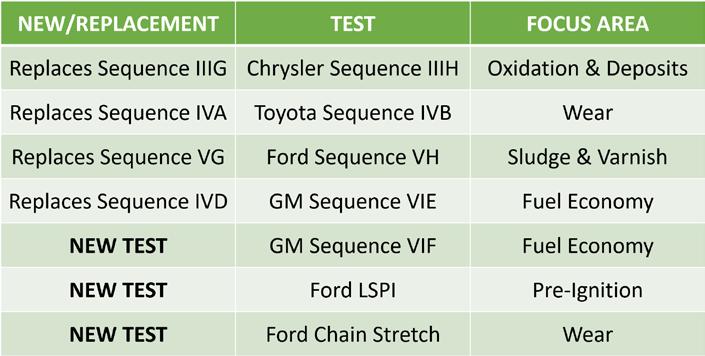
ILSAC specifications. With multiple Castrol engine oils already available in Australia carrying API SP and ILSAC GF-6 approvals, mechanics and drivers alike can ensure they’re using products benchmarked against the highest standards.
To meet the demands of today’s most advanced vehicles – including downsized turbo engines prone to damage caused by LSPI – Castrol MAGNATEC Professional DX 5W-30 and Castrol MAGNATEC FUEL SAVER DX 5W-30 products have already been tested and approved to both API SP and ILSAC GF-6 specifications. Providing coverage all the way from 1L top-up packs through to 205L drums, these full synthetic engine oils provide peace of mind for both workshops and drivers with the latest specification and intelligent molecules to provide engines with instant protection from the moment they start.
In addition to these upgrades, Castrol will soon be adding a new cuttingedge product - Castrol EDGE 0W-20 C5 - to the range. Carrying API SP and ILSAC GF-6 specifications, this advanced full synthetic product has a broad application across late model vehicles and holds an extensive range of additional Industry and OEM Approvals including: ACEA C5, Chrysler MS 6395, GM dexos1™ Gen 2, MB-Approval 229.71, Fiat 9.55535CR1, Fiat 9.55535-GSX, Ford WSSM2C947-A and Ford WSS-M2C947-B1.
Whether working closely with Global OEM partners to jointly develop new technological innovations and coengineer lubricants or developing oils across our 10 Technology Centers across the globe to exceed the latest industry standards, Castrol is about more than just oil; it’s liquid engineering.
To learn more about API SP and ILSAC GF-6 contact our local Technical Team on 1300 557 998.
To discover Castrol’s full product range speak to your local Castrol rep, call Castrol on 1300 554 890, or visit castrol.com.au.


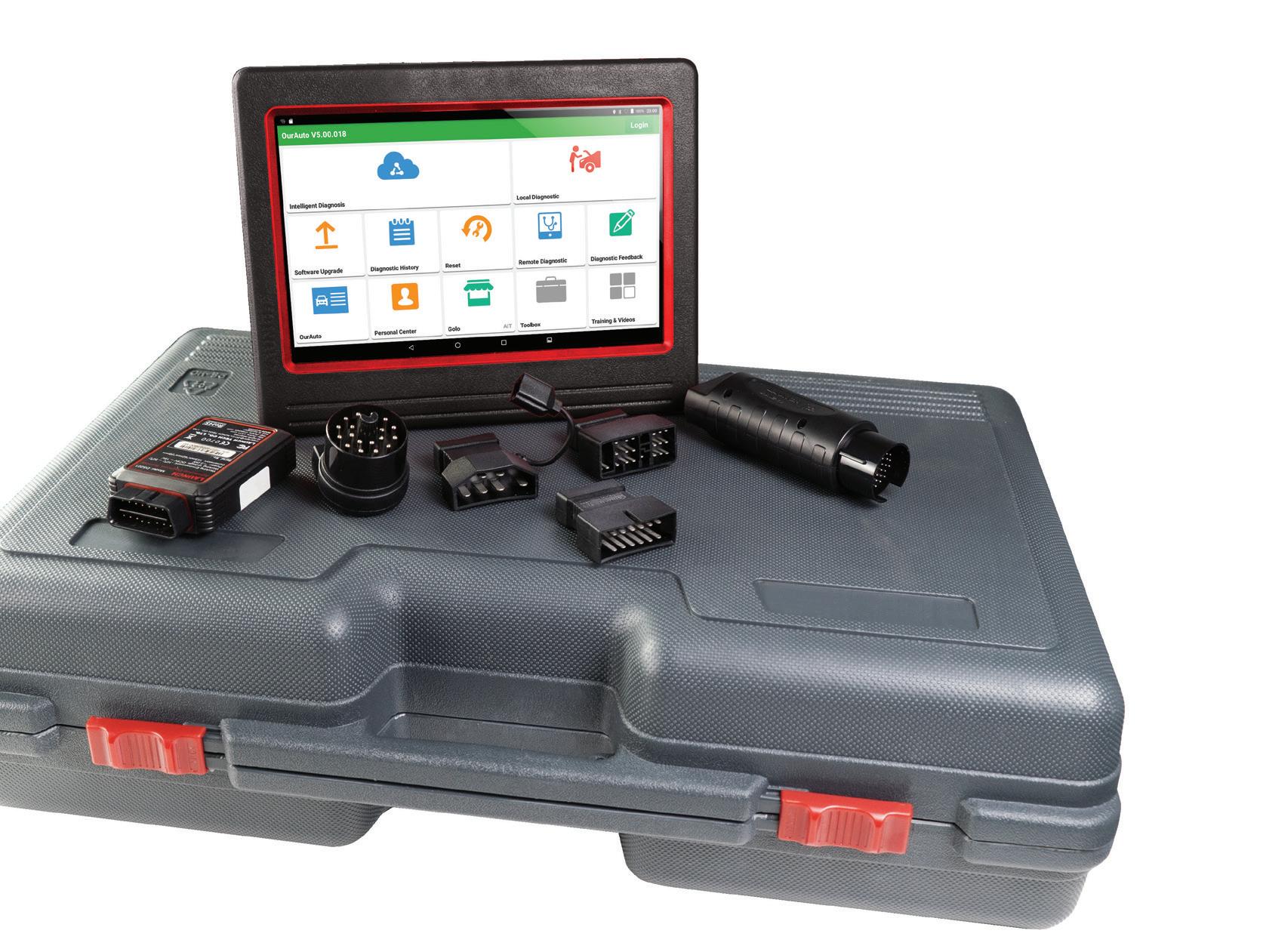

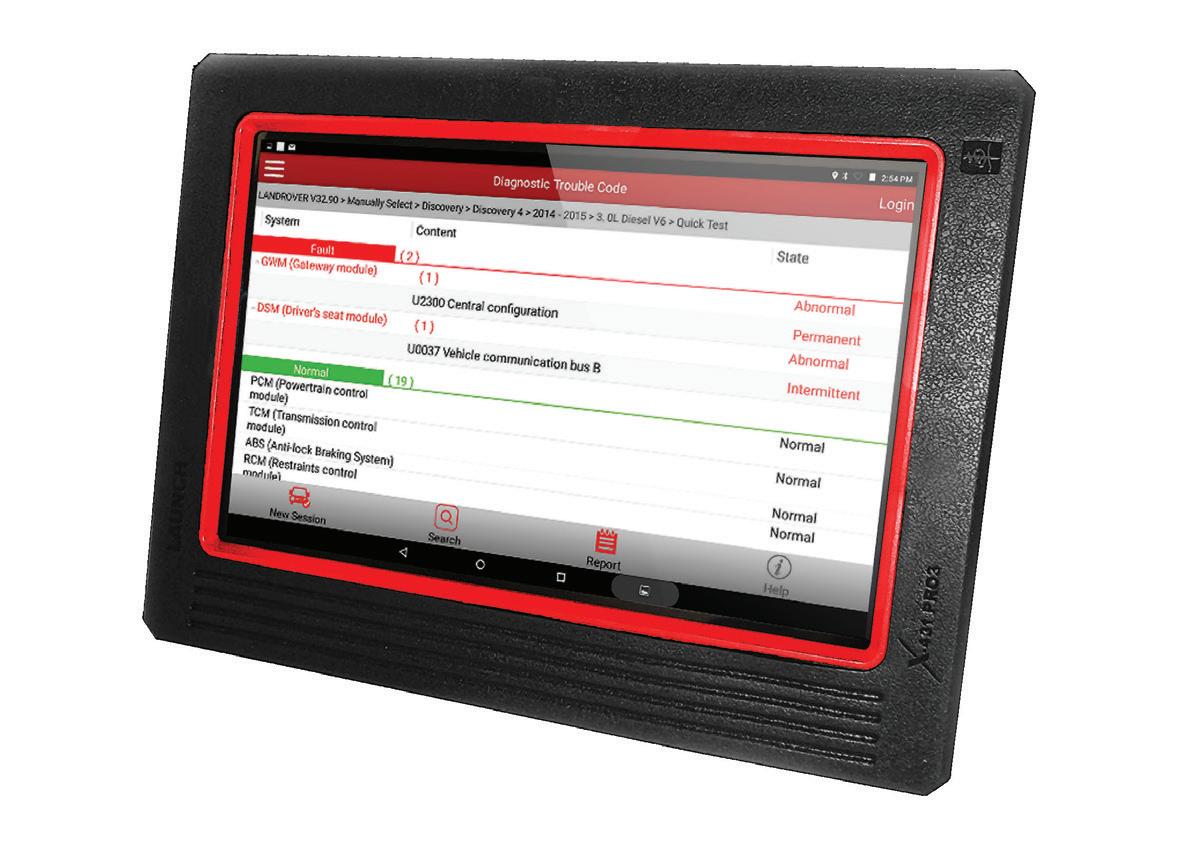

• OEM level access to module programming, resets, relearn; key programming and normal diagnostic functions
• Covers a large range of vehicles worldwide
• Capable of performing a vehicle health check on all systems on late model vehicles (checking all computers on vehicle)
• Dynamic vehicle health reports
• Ability to send email reports to customers
• Regular software updates
• Reads live data and graphs information for comparisons
• Alarms can be set for range sensor problems
• Has quick resets of fault codes
• Automatic vehicle model detection on late model vehicles (mainly European)

JOHN BOWE RACING DRIVER IN THE BIG CHAIR
The business of motorsport
Unlike most other sports, becoming successful in motor racing takes much more than raw talent. Motorsport is horrendously expensive and unless you have rich parents, you’re going to need a sponsor or two.
Many drivers however make the mistake of believing sponsorship is all about putting a company logo on their car in exchange for a lot of cold hard cash, along with a promise that the car in question may get some TV coverage, viewers will see the logo and the sponsor’s products will march out the door. If only it were that easy.
Multiple Australian Champion John Bowe has been sponsored by some of Australia’s biggest corporations and knows that rarely are sponsorships based upon placing stickers on cars...
When you think of motor racing sponsorships, what comes to mind?
I’ve had quite different phases of my motor racing life. I started as a youngster with my dad and there weren’t sponsors. My dad worked on the car and it was only amateur stuff in Tasmania but then I became what you’d call now a professional driver, so I drove for factorystyle ‘works’ teams where all you had to do was go to functions for sponsors, but you didn’t have to find them yourself. When I retired from V8 Supercars then I found I had to… I wanted to keep racing because racing is my lifeblood, so I then had to find sponsors. I then had to find sponsors and service them, which means keep them happy, keep them engaged, give them exposure; at times engage their customers’ business associates, so it’s different and it takes a lot more work than you think it does. For many years, I drove for other people including Dick Johnson and I have to say I took it for granted that there were always going to be sponsors, the same with Brad Jones (Racing); they did all the work. But nowadays I support my own racing with people who support me and that means I have to give them some value. It’s not just about a sign on a car, it’s about doing things that they want to do, like customer engagement, business-to-business arrangements and relationships. So it’s quite complex.
How did you adapt from racing with dad to working with sponsors at
Ansett Team Elfin? Some drivers can’t adapt or do it poorly.
One of the reasons I adapted to it was because I had grown up in the car business. My dad had, back when I was a little boy, a service station with mechanical repairs and later on had a small car sales business, which originally sold Fiats and Mazdas, and later on Mazdas and BMWs, so I had worked in an environment of dealing with people. Learning to deal with people is part of engaging and looking after people who support you. In a lot of cases these days, in my world, the people who support me have become my friends. They like motor racing obviously because no one supports you if they don’t like it and we have become friends, so it’s different now than it used to be but when I get a new sponsor, which occasionally I do, it’s trying to find some synergies that work for both of us. Its not about putting a sign on a car and hoping the TV cameras catch you every now and then because that may or may not happen. Luckily, I still have a profile where people follow me so I can try to give some value to the people who support me.
It’s one thing to do a function, say for Shell, on the Thursday night before a weekend. What about engaging with Shell executives and their guests during a race weekend. Did that interfere with your race preparation? You just need to learn to deal with it. Shell now is run from Singapore so I don’t
know how it works, but back in those days Shell’s head office was in Spring Street, Melbourne and they did a lot of promotional activities: they had dinners, they had corporate hospitality at nearly every race meeting that we went to so we were engaged in it quite a lot. And yeah sometimes we would have to go to… I remember at the Australian Grand Prix they always used to have a big gig on Saturday night, which involved… one particular one was an operatic evening, which is about as far away from me as you can get, but it’s part of the job. I see people now who are good at sponsor involvement and I see people who are bad at sponsor involvement, but I think it is critically important, unless you have a very wealthy family, which in my case, I didn’t have. And I would have to say that Shell was very active in those days and since then I have had active sponsors, I’ve had nonactive sponsors. I go to quite a lot of stuff during the week for some of my sponsors and supporters, so it’s not just at race meeting weekends. I try to basically keep everybody happy so that I can keep racing.
Whether deliberately or coincidentally, your profile has been kept high because you’ve always been very engaged with the media. Probably. I like the media. I have quite often said that if I had my time over again I’d probably be a journalist.
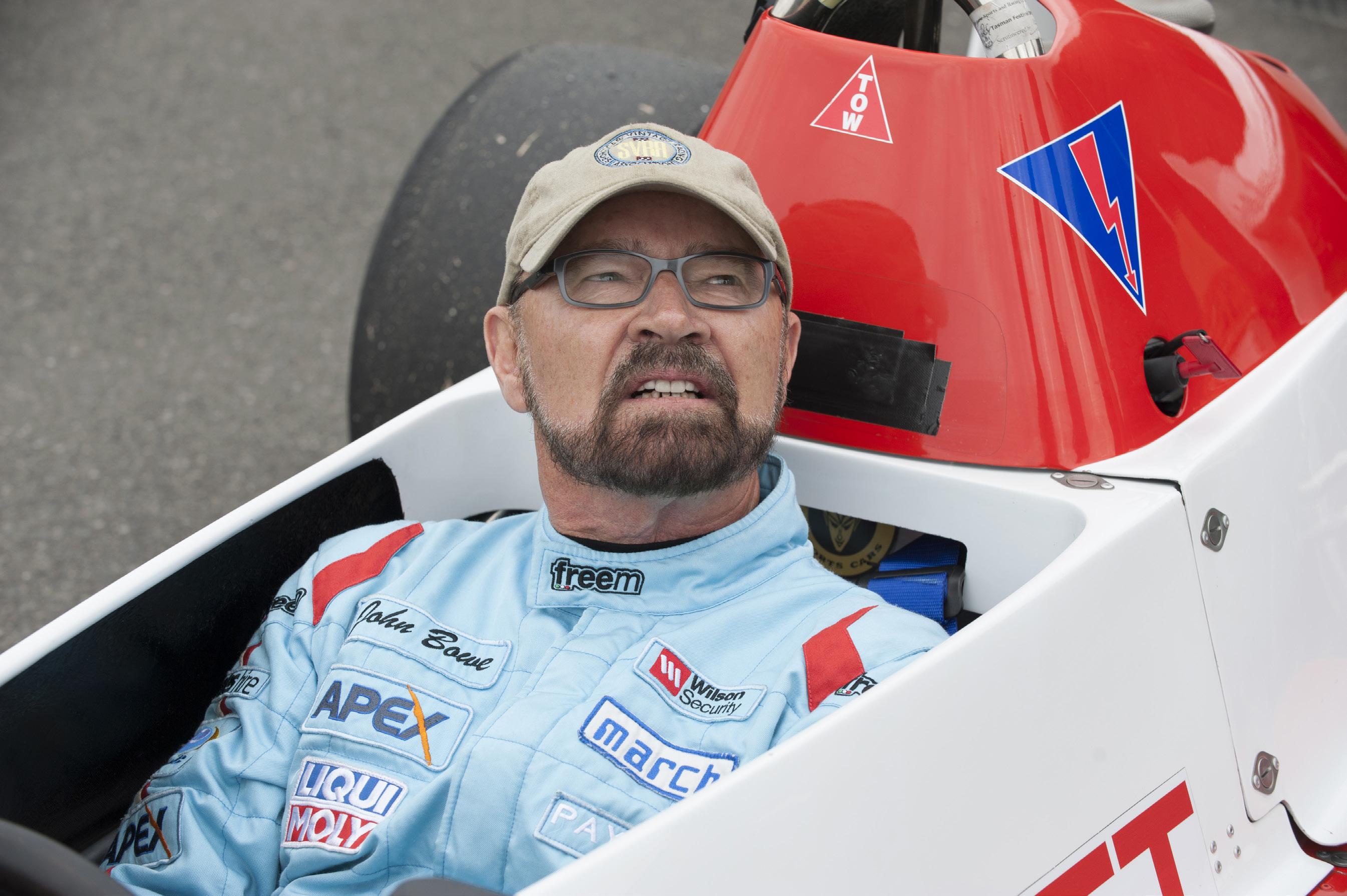
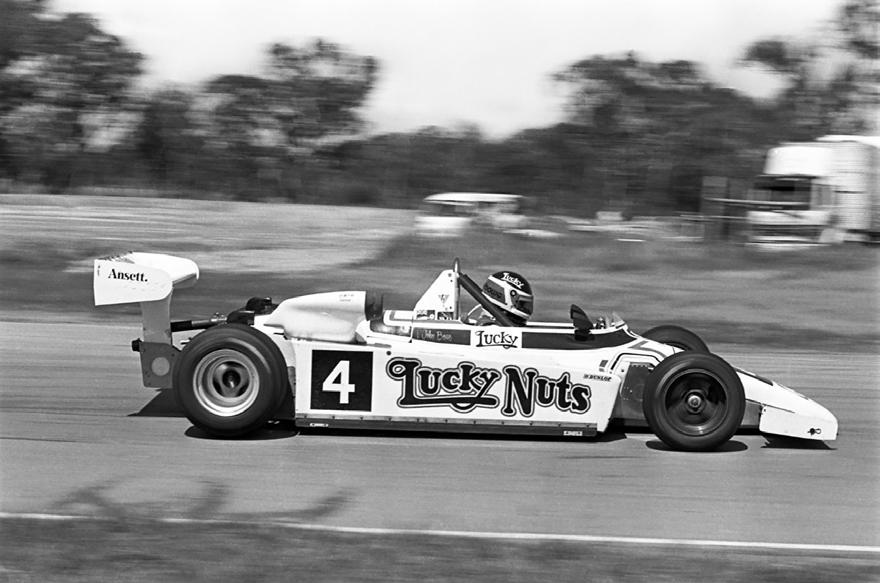
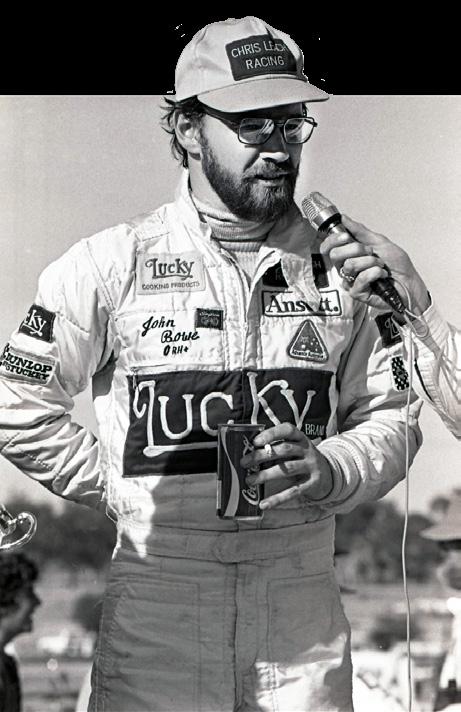
cars). I could probably do more, but the media is changing, it’s becoming much more online. But I also try to engage with people. I mostly race now in Touring Car Masters (TCM) and I have a reasonable following. I try to engage with people because if you want fans, if you want people to buy your sponsors’ products, you don’t get them to buy your sponsors’ products by not giving them any time. I enjoy the racing I do now because I get families come to see me and kids, it’s good fun. I’m terribly grateful for it now whereas once upon a time I took it for granted. I’ve learnt to understand what it all means, so I guess with age comes wisdom.
Clockwise from left: John Bowe campaigning his successful Ralt RT4 Formula Pacific car at Winton Raceway featuring the famous Luck Nuts livery; the Dick Johnson Ford Sierra touring car with prominent Shell Ultra signage in the Sandown pits in 1988; numerous sponsors getting their money’s worth at Winton in Victoria; sponsor logos go almost anywhere – here Shell XMO overalls are modelled during the 1989 Bathurst 1000 enduro; Ansett Team Elfin was the first ‘big time’ sponsorship in Australian motorsport, lasting all through the 1970s – here Bowe drives the Type 792 Formula 2 car; overalls and caps, even drink cans, promote the messages their sponsors pay for
sponsored car (Falcon V8 Supercar) in the 2000s. Wilson Security was a company that supported me in my last few years of Supercar racing and both of those guys at the time, neither of those men that I was involved with are at those companies anymore, but they were very good to me. They understood the pain and mental anguish I was going through when I stopped racing at a professional level and so they supported me and after that a few other people, like Payce, Doric, Liqui Moly and Astrontech and I still have them, they still support me, so they were part of my previous racing life. The owner of Payce has been very supportive of me over many years. I have a great relationship with him and his staff. I still try to find some new ones, and I am constantly looking and
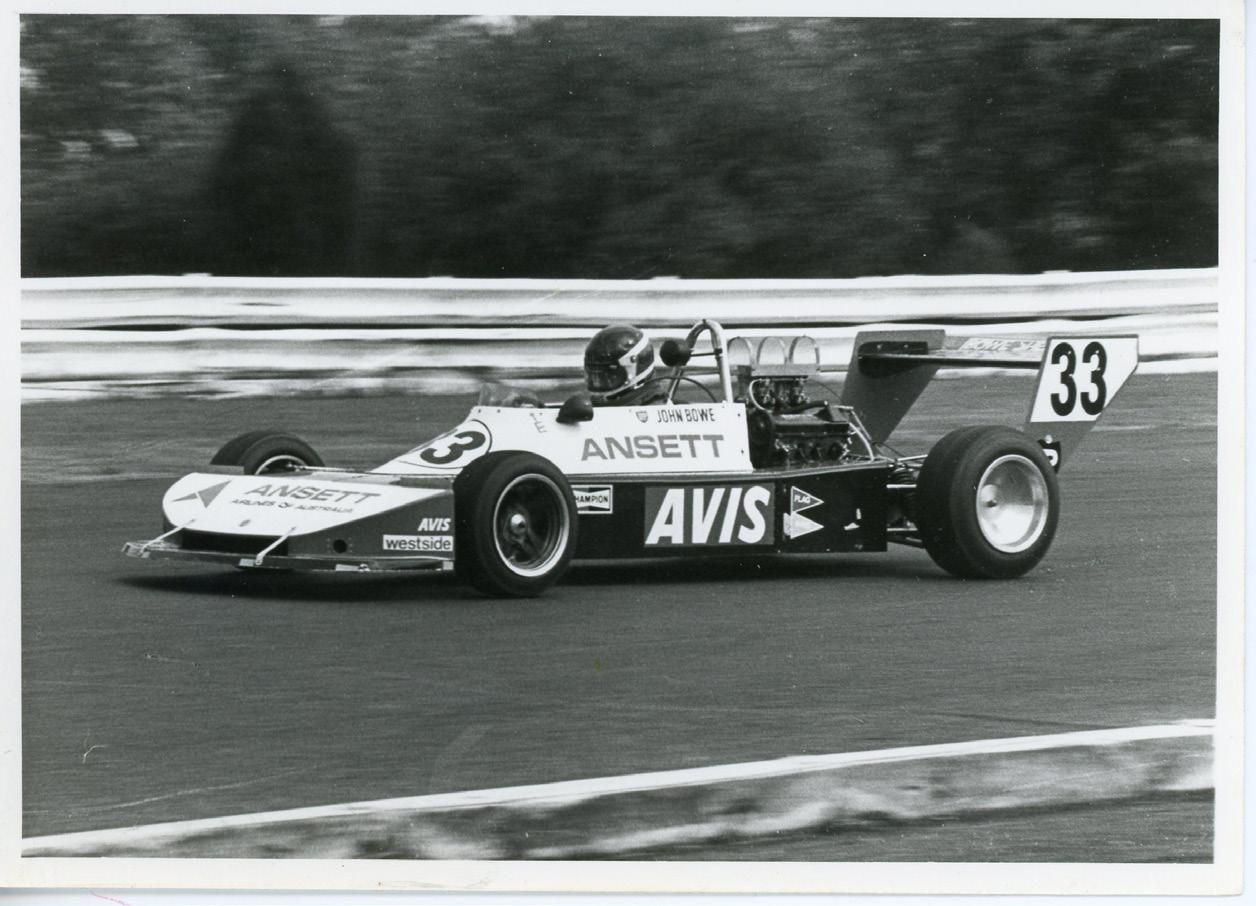
(all photos Darren House)
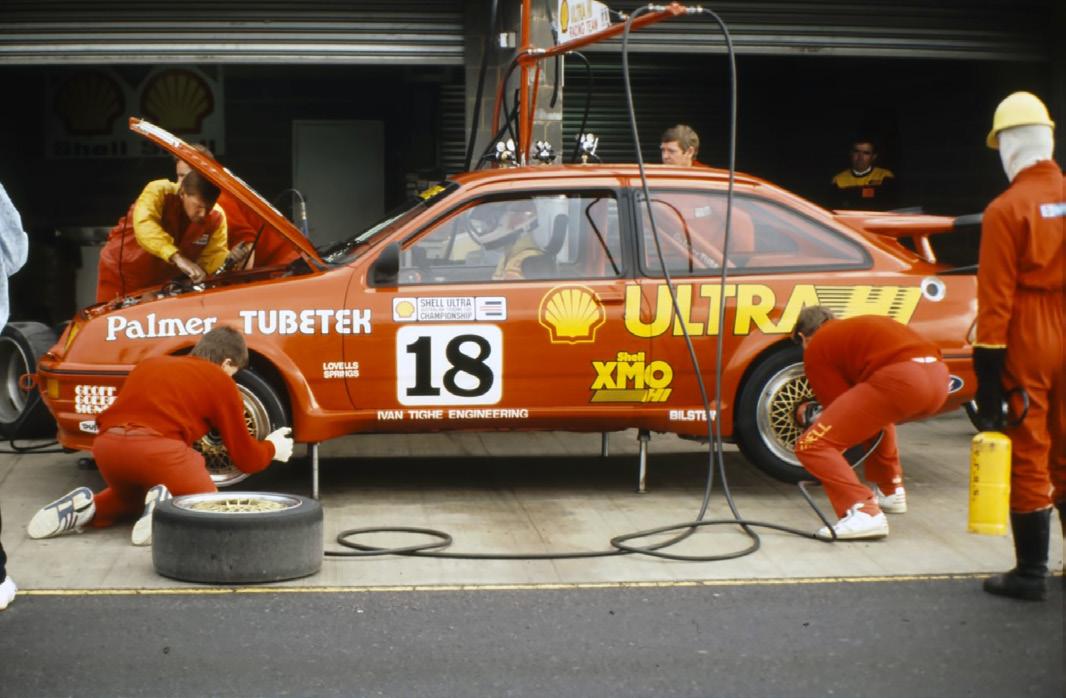
And with that, you are potentially only one new CEO or marketing manager away from losing a sponsor. Well yeah, that’s a fact. I was an ambassador for Dunlop. I used to help with their product development when Dunlop tyres were original equipment on FPV (Ford Performance Vehicles) cars, because I did a lot of work with FPV, which was known as Prodrive then. I had a relationship with Dunlop for 25 years, and then a new marketing (manager) came along and our relationship didn’t work. I quite honestly don’t know why that relationship came to an end. I still have very good friends who work for
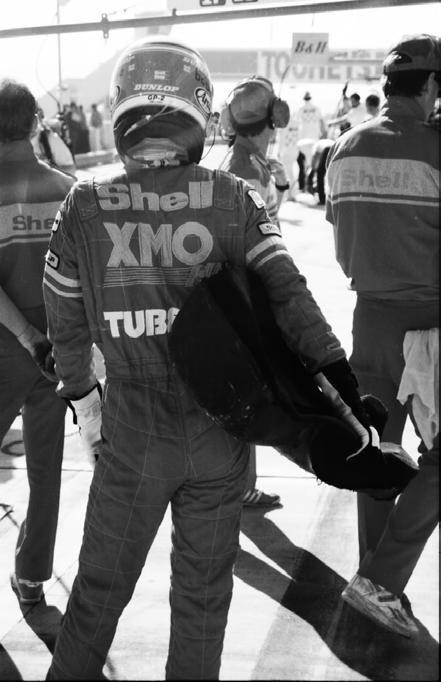
of sadness but it was one of those things. And the unfortunate thing is that particular marketing person is no longer there, but that’s what happens at big companies sometimes. I’m very proud of the fact that I’ve still got good relationships and sponsorships from a lot of the people who were in my other world 10 or 15 years ago so I think that says something; that you give as well as take. Everybody needs to do that in motorsport. It’s hard to understand that when you are young, though. When you are young all you’re interested in is
getting behind the wheel. Nowadays it’s studying the data and getting in the simulator. Well, they didn’t have any of that when I was young, so it is different now, and I guess in some way I am glad I’m not trying to become a professional racing driver nowadays because it is massively geared to money. When I went to Ansett Team Elfin, they chose me as a person who they thought had potential. There was no mention of paying for anything or bringing a sponsor or anything like that. I was just chosen on merit, so I will be eternally grateful to the late Garrie Cooper for that opportunity.
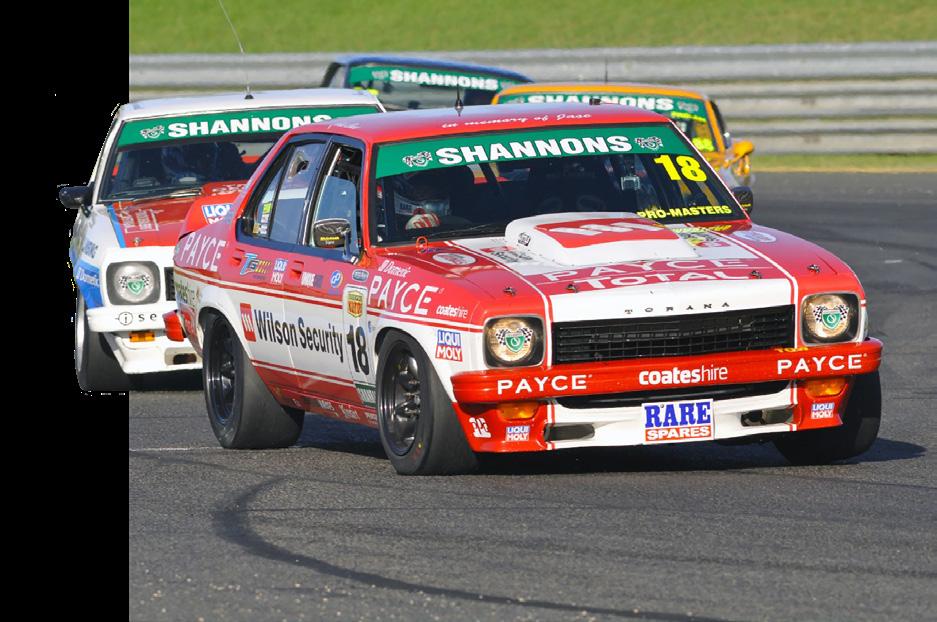









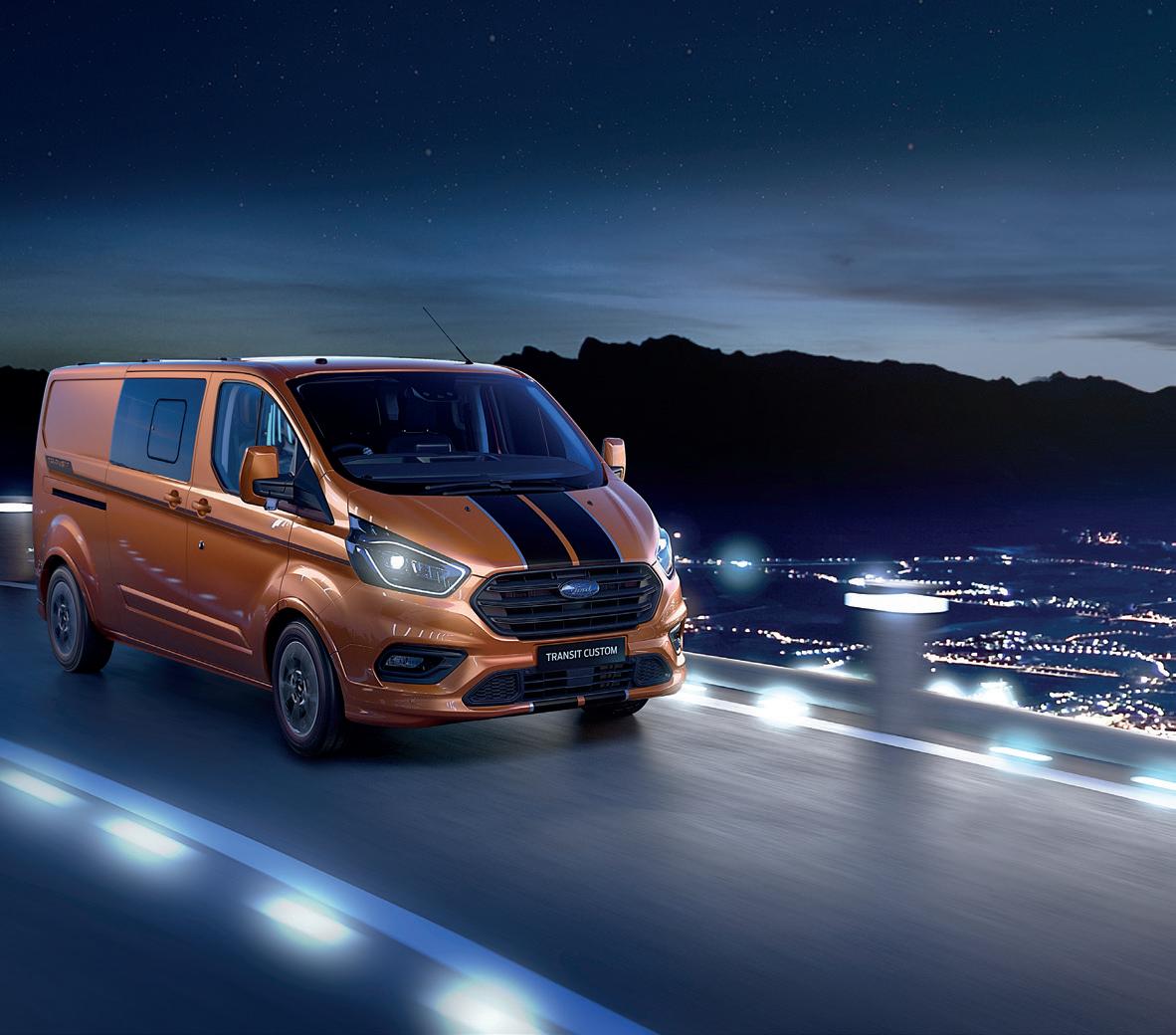





















































Front Pads
TRADE CLUB PRICE
$45.00
Falcon BA, BF, FG
Territory SX, SY, SZ
Suits: ø298mm rotor, less Police pack
BR2Z2V001A
Ranger PX series AB3Z2V001A

TRADE CLUB PRICE
$45.00
Suitable for Holden Commodore VT all (less police) 1997-2000, VU Utility 2000-2002. Industry part no. DB1331. QBR62
Suitable for Holden Commodore VE all 2006-2013. Industry part no. DB1765. QBR92


Front Rotors
TRADE CLUB PRICE
$55.00
TRADE CLUB PRICE
$66.00
Ranger PX, PX Mk II
3R2Z1125A

Falcon BA, BF, FG Suits: All, less high series brakes (ø298mm)



Suits: All, less rear towing hooks H2MZ1V125N










5R2Z1125A


Falcon BA, BF, FG Territory SX, SY, SZ Suits: All, with high series brakes (ø322mm)







Pads and Rotors



Coles eGi Card o er
Earn a point for every Motorcra ® or Omnicra ™ set of pads or rotors purchased between 1 April - 30 June 2020.*



When you have reached 15 points (that’s only 5 per month), you will receive a $60 Coles eGi Card† on us!























































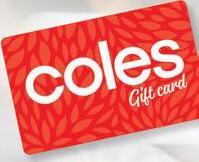



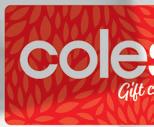
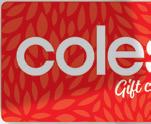

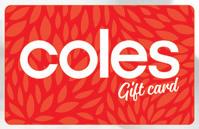
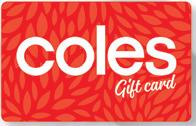
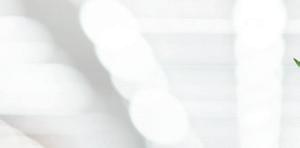
Log in to fordtradeclub.com.au/colesgi card for all the part numbers and vehicle applications, and to see how many Coles eGi Cards you have earned during the promotion period.

*Terms and Conditions apply see fordtradeclub.com.au/colesgi card
† Coles eGi Card redeemable at Coles Supermarkets and Coles Central. eGi Cards cannot be redeemed at Coles Online, Coles Express or Liquorland. Conditions and exclusions apply. For full Terms of Use visit gi cards.com.au or phone 1300 304 990.

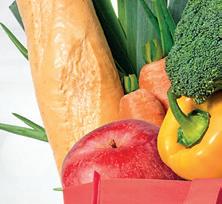
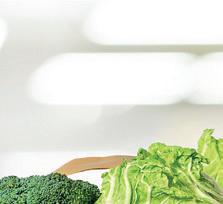
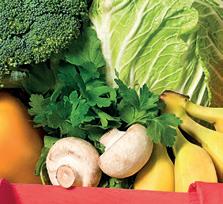
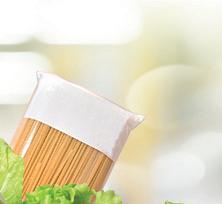
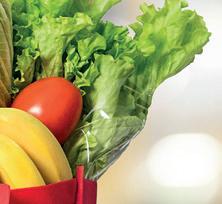






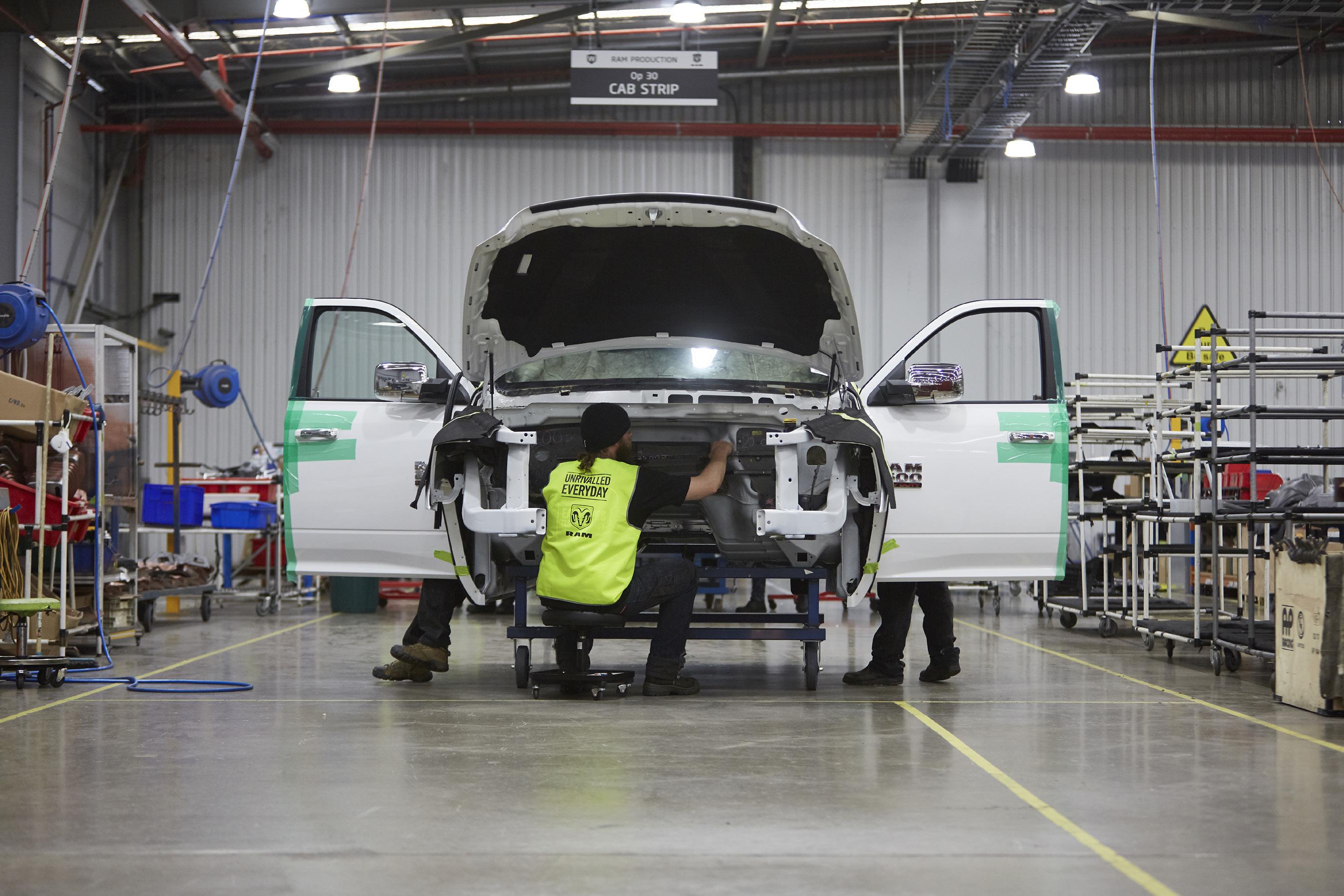
PICKUP ARTISTS
For fans of Aussie cars, the end of local manufacturing in 2017 was a bitter blow. Now, thanks to this country’s extensive network of skilled auto-industry engineers, designers and executives, green shoots are emerging in unexpected places

WORDS Ged Bulmer
IT’S mid-afternoon shift-change at the big slate-grey factory situated down an anonymous side street in Melbourne’s south-eastern suburbs.
Clusters of workers gather outside the plant, chewing the fat and enjoying the mild autumn rays, dressed to a man in T-shirts emblazoned with the line: ‘5000 RAMs Built. Truck Yeah!’
By the front door two hulking RAM utes (or ‘pickups’ as the Yanks prefer to call them), sit parked nose-to-nose, emblazoned with the now-familiar ‘Eats Utes for Breakfast!’ tagline.
Inside the lobby, a crew is busily setting up AV equipment, their portable screens playing looping vision of US advertising footage, with Survivor’s Eye of the Tiger blaring through the loudspeakers.
A sharply suited PR man approaches and quickly ushers us past a couple of truck-sized objects under silk drapes, careful not to let us get too close to what are presumably new models.
“We have a dealer launch here tomorrow,” he explains halfapologetically, guiding us through a set of doors and into the busily humming factory beyond.
Welding sparks fly, pneumatic power tools whirr, as a small army of workers clad in Day-Glo green vests swarm over lines of gleaming RAM pickups, undergoing left to right-hand drive conversion, or ‘remanufacture’ as RAM Trucks Australia (RTA) prefers to call it.
We’re introduced to RAM program manager John Di Berardino, a former HSV engineer who has been involved with the project since it was but a gleam in the eye of Kiwi-Australian multimillionaire car dealer and yacht racer, Neville Chrichton.
A successful businessman with a well-earned reputation for identifying and capitalising on emerging auto-industry trends, Chrichton hit upon the idea of importing the big Yank utes to Australia in 2013, while working out what to do with the rest of the Fiat Chrysler Automobiles (FCA) portfolio he’d acquired the import rights to, back in his native New Zealand.
Trouble is, the Yanks drive on the wrong side of the road, so the first thing he needed to do was work out how to get the steering wheel onto the correct side. For that, he dispatched long-time lieutenant Len Kench to visit various specialist operations in Europe, the Philippines, New Zealand and Australia. Kench’s brief was to identify world’s best practice in vehicle remanufacturing, a quest that ultimately led him back at Clayton and the Walkinshaw Group.
Students of Aussie motoring history will know Walkinshaw as the parent company of HSV.
With the days of HSV-fettled Commodores now behind them, Walkinshaw has turned its engineering and manufacturing hand to other things, including the remanufacturing of RAM trucks; as well as Chevrolet Camaros and Silverado conversions for the Aussie and Kiwi markets. But with three of the four assembly lines inside the sprawling 13,000-square metre factory dedicated to RAM production, it’s clearly the focus of this operation.
Kench is keen to point out that Walkinshaw’s involvement in RTA is purely on the engineering side these days, having been bought out by its joint venture partner, American Special Vehicles (ASV), in mid-2018. Like RTA, ASV is a wholly owned subsidiary of Chrichton’s Ateco Group, an independent vehicle importer and distributor. The structure sees ASV taking care of RAM specification, import, conversion and homologation, while RTA looks after sales and marketing.
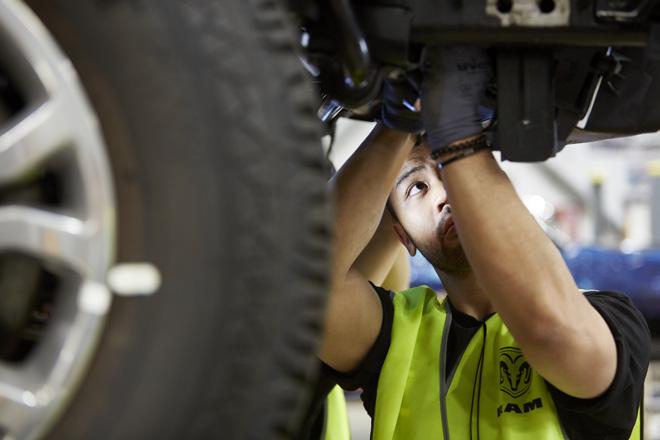
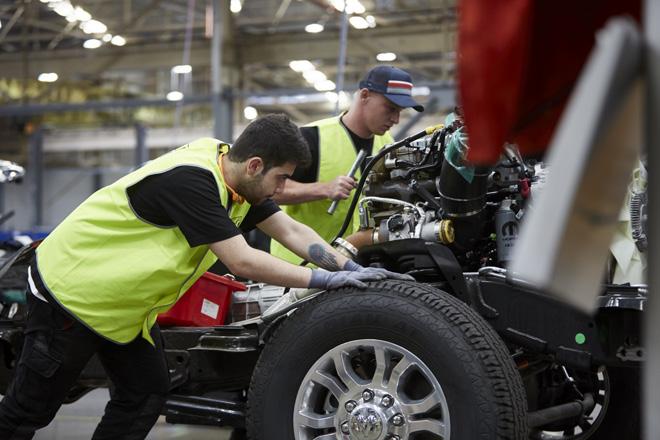
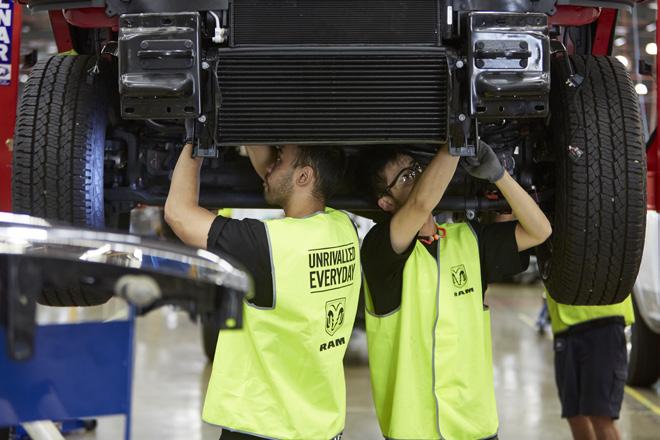
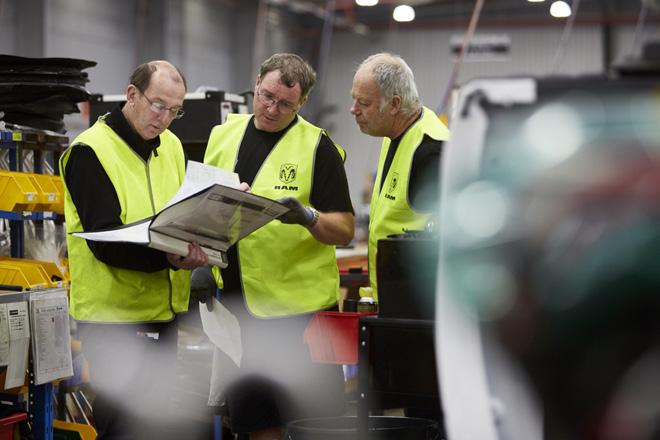
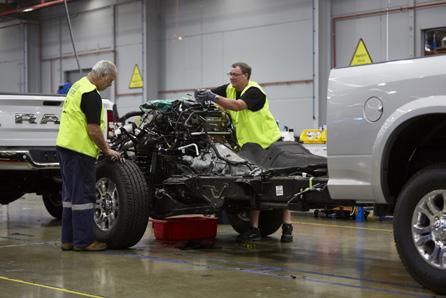
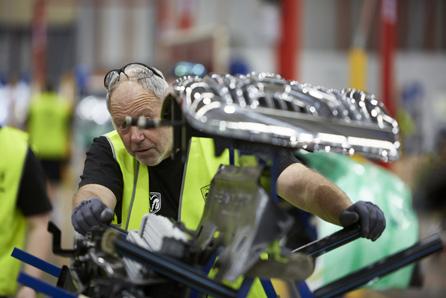
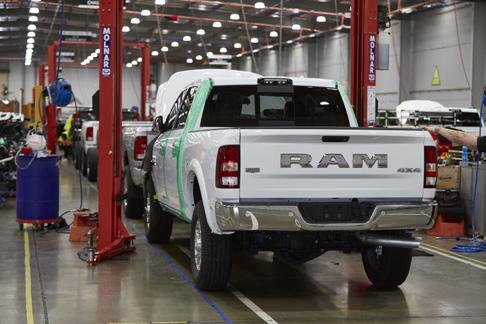
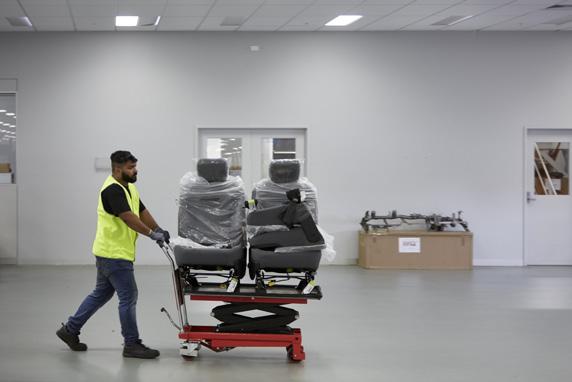
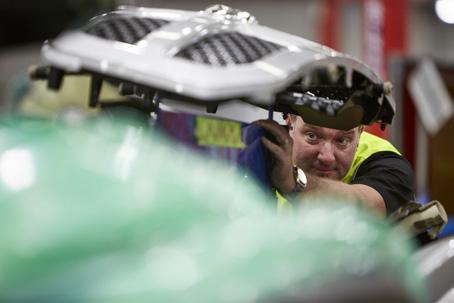
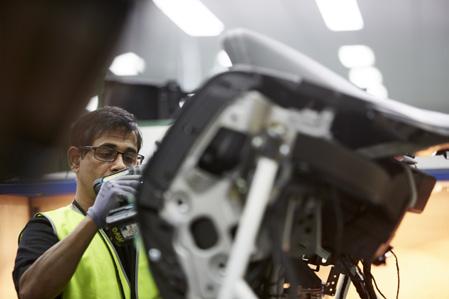
Whatever they’re doing it seems to be working because since its first vehicle rolled off the line in December 2015, RTA has grown to be one of Australia’s largest automotive manufacturing operations, with a staff of 150 working 24-hour shifts to ‘remanufacture’ 18 trucks per day. In fact, RTA claims to be “the only factory authorised remanufacturer of right-hand drive RAM trucks in the world”. Last year the facility turned out 3300 RAMs, with total production now having exceeded 5000 units. Our guided tour of the facility begins at the first production station, where a finished left-hand drive pickup imported from the USA is driven in from the rear of the factory to begin its transformation. The first step is also one of the most important, as it involves removal of the RAM’s body from its chassis, a process Di Berardino witnessed happening in reverse, during an early visit to FCA’s vast Warren Truck Assembly Plant in Detroit, Michigan. The basic engineering approach is built upon the idea of interfering as little as possible with the donor vehicle, says Di Berardino, explaining that removing the body is a relatively simple process but dramatically reduces overall complexity as it allows the engine and drivetrain to remain fixed to the chassis throughout.
The remanufacturing process then involves cutting out the original firewall and replacing it with an Australiandesigned and sourced panel, complete with appropriate openings to facilitate the steering conversion. Other changes include fitment of a RHD-specific steering system, installation of a new Australian designed, developed and manufactured dashboard, and a RHDspecific heating and ventilation system.
One of the more significant modifications involves plasma-cutting of the chassis cross member to accommodate the relocated electric steering rack, something Di Berardino explains would be vastly more difficult without access to FCA’s computer aided design (CAD) programs.
“We’re very lucky with FCA as they supply us the math, or the CAD data, so we get the vehicle electronically on a screen from them before we start working, or ever physically see a truck. So, we can start planning this out in CAD, and that enables us to make smart decisions,” he says. In total there are around 400 specific parts required to facilitate the conversion, despite a keen focus on trying to reuse as many of the original parts as possible. Safety critical items such as brake lines and brake fluid are not reused, but
Australian Automotive visited the RAM facility several weeks before the Coronavirus crisis had really escalated in Australia. At the time the forecasts were that the facility would manufacture an estimated 4000 RAMs in 2020, up on 2019’s record of 3300. That goal is now likely to be revised as RTA, ASV and the Walkinshaw Group, like so many other Australian businesses, navigate a range of business challenges brought on by the pandemic.
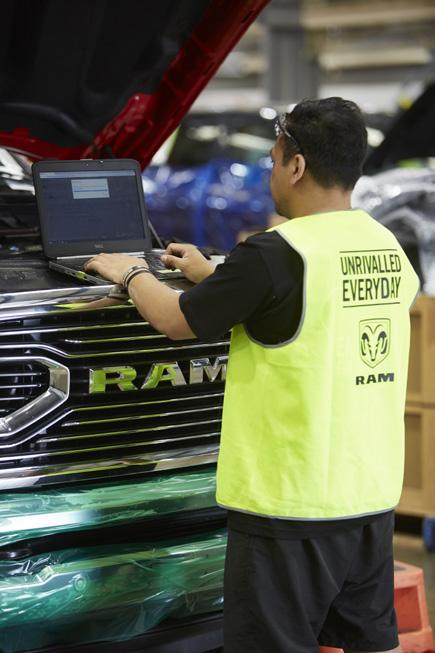
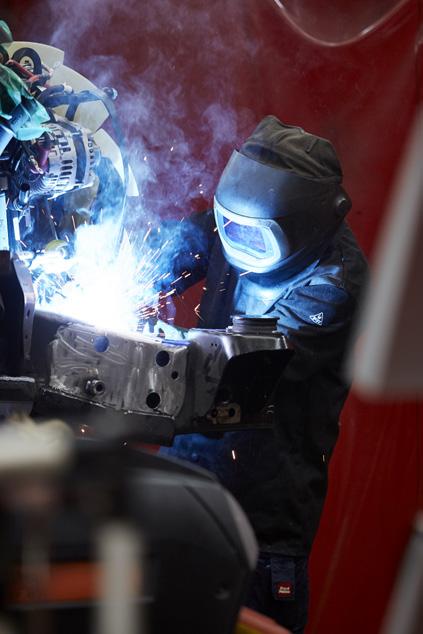
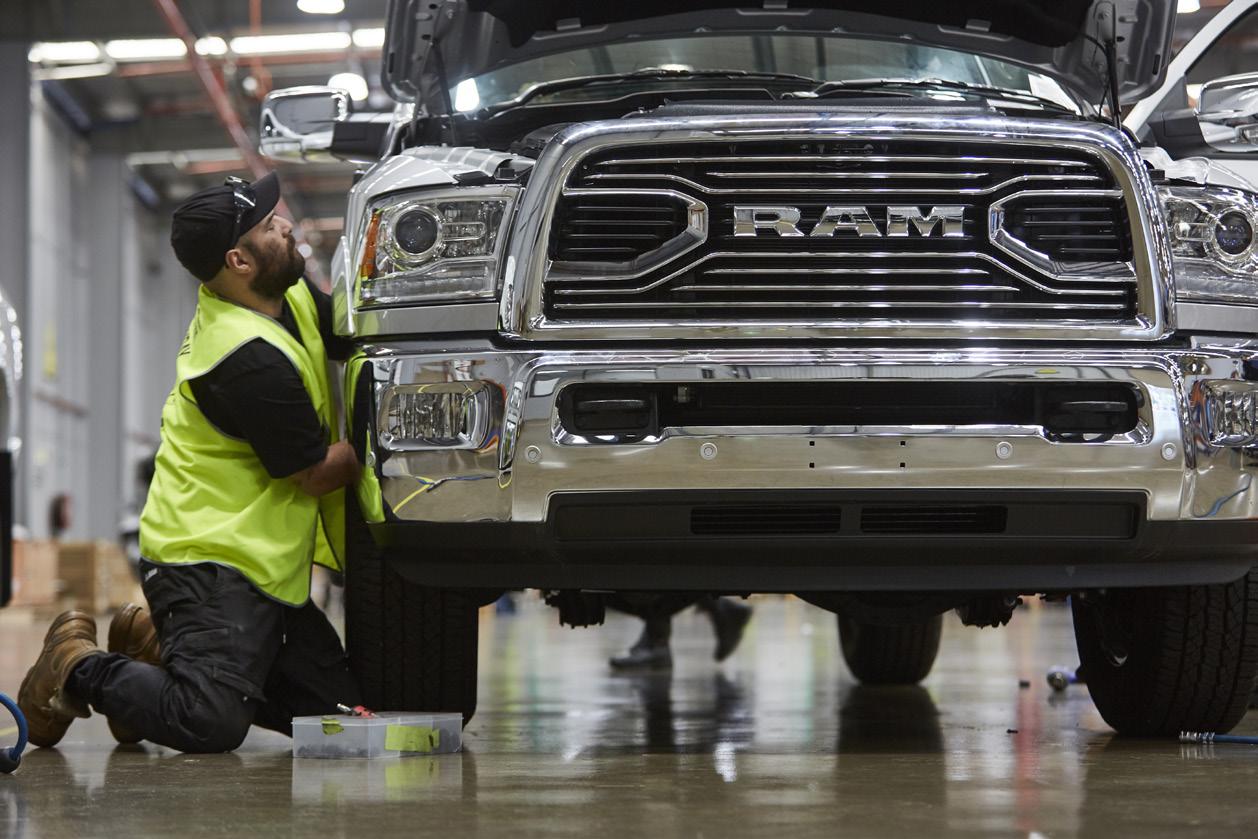
SHAKEN, NOT STIRRED
WHILE there is a scattering of other operators throughout Australia specialising in converting imported vehicles to right-hand drive, no-one is doing it at the scale, or with the level of investment and factory support of Ram Trucks Australia, says John Di Berardino.
The RTA Program Manager says every remanufactured RAM carries a full volume compliance plate, confirming it has met the same ADR standards as any other vehicle imported and sold in Australia. In addition, RAM importer American Special Vehicles provides a
stripped interior parts are transported to a separate sub-assembly, where workers focus on removing, trimming and finishing plastic parts for re-use.
Back on the production line, the finished cab with its new firewall is re-married to the chassis, which has already been reassembled with new seatbelts, dash, steering rack and more. A WiTech diagnostic tester connects each completed car to an FCA computer back in Detroit to check for software updates, ensuring that each car coming off the line has the latest diagnostic updates installed. The finished trucks are then driven out of the factory and over a series of staggered speed humps that settle the suspension, after which the RAMs come back into the factory for wheel
comprehensive three-year/100,000km warranty that is separate to that of any other FCA products sold in Australia.
Because of the significant engineering changes being made, the team also needed to adopt rigorous real-world testing to back up the CAD and FEA data that informs the remanufacturing process, says Di Berardino.
“Every single part that is designed in CAD, if it’s subject to load or stress, it goes through that same FEA testing in
alignment and quality audit, before being sent into the distribution channel.
Through the course of our tour it becomes evident just how much investment and high-quality engineering has gone into developing these locally remanufactured RAMs for the Australian market. And, having driven a RAM 1500 V6 diesel just weeks beforehand, Automotive can attest to the quality of the workmanship in these vehicles, which are finished to OE standards.
For fans still lamenting the demise of locally built cars such as Commodore and Falcon, the RTA operation offers hope that Australia can retain our long and proud tradition of mass production car making, dating back to 1948 and the Holden 48-215.
CAD, and then transitions into real world testing,” says Di Berardino.
This included a production representation of the modified full-length chassis being validated on a shaker rig, where it was run through a load cycle over one million times, to make sure the design was robust before production started.
The project also entailed extensive local testing and validation of the various modifications, including hot weather and off-road testing of finished vehicles in
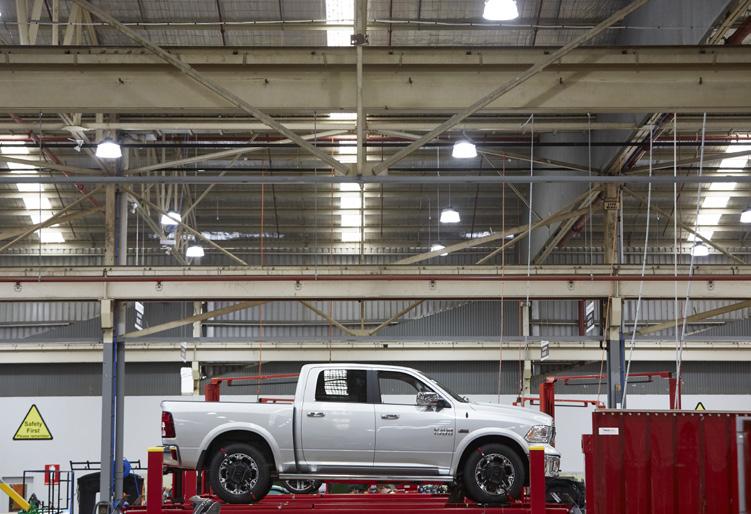
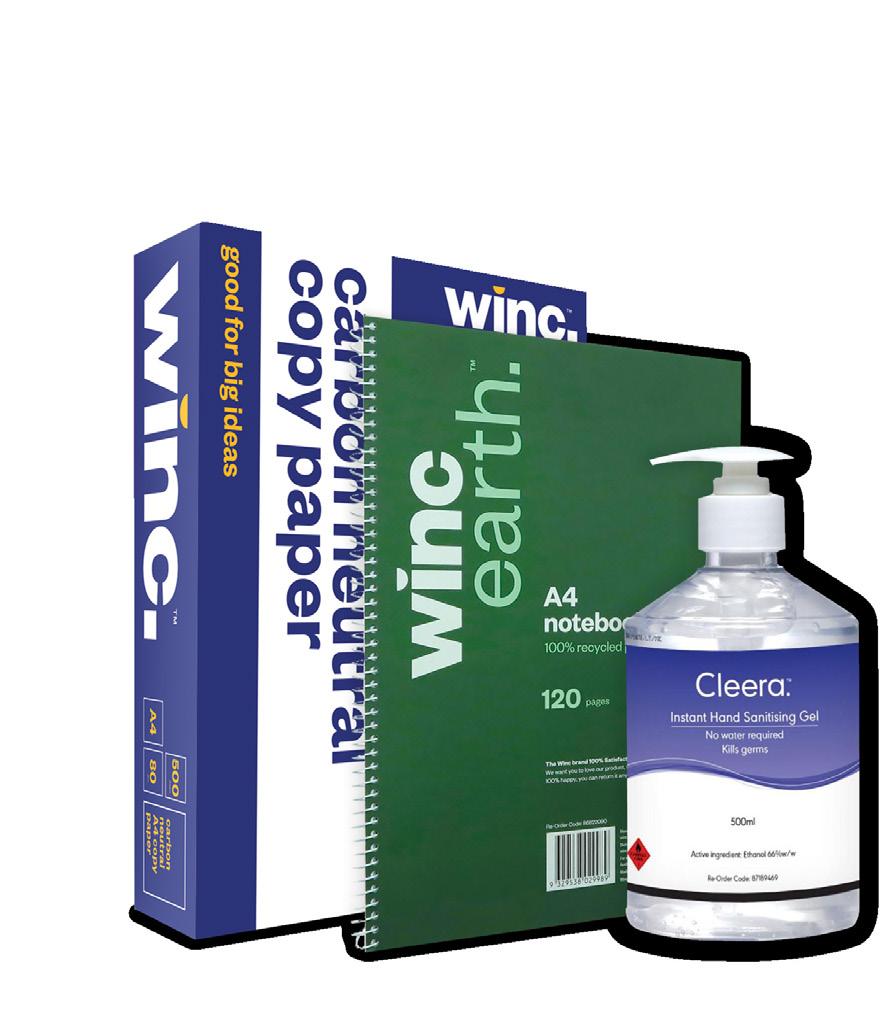
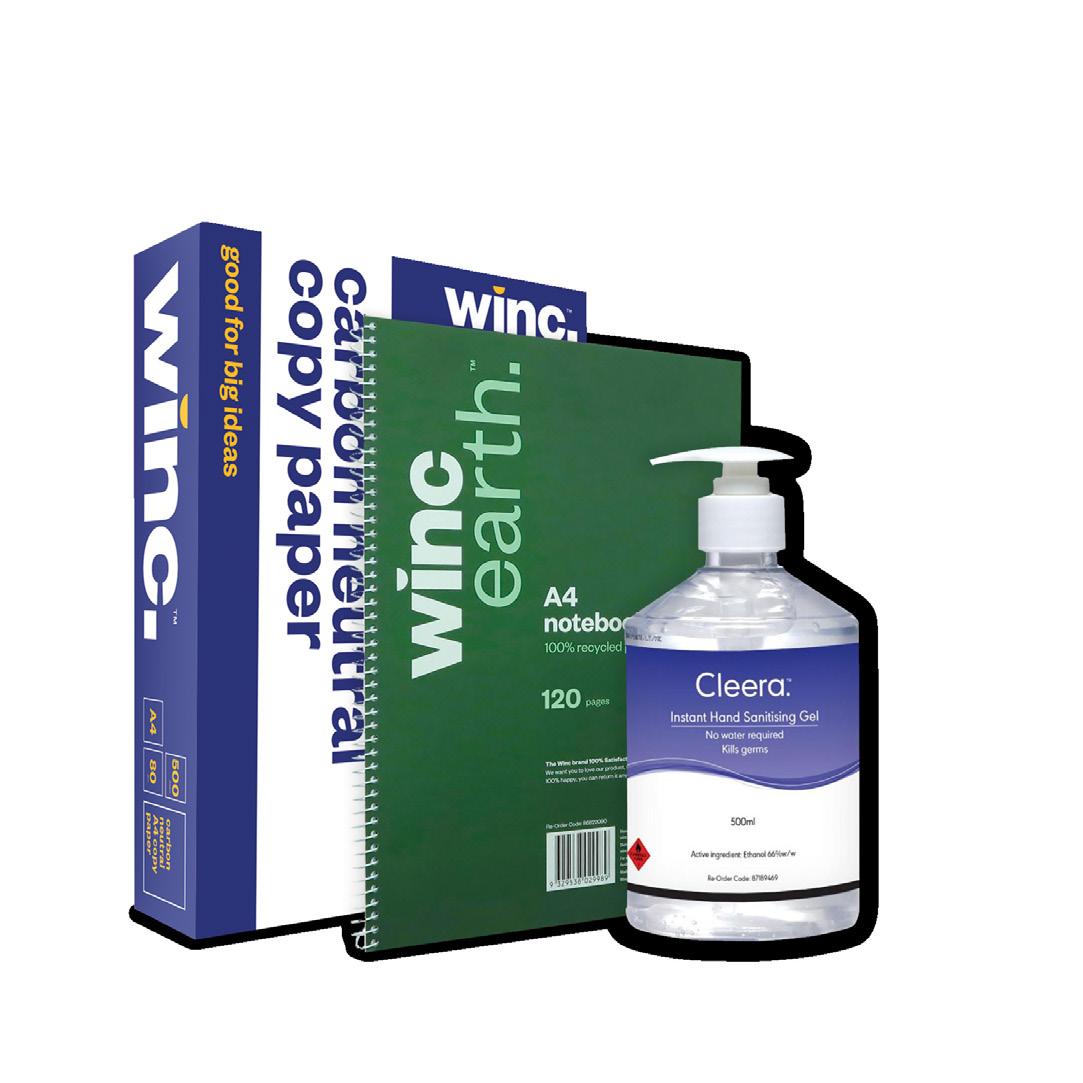

Exclusive to Winc, we have a range of over 1,000 products across stationery, paper, janitorial and technology, that have been expertly sourced from trusted suppliers.
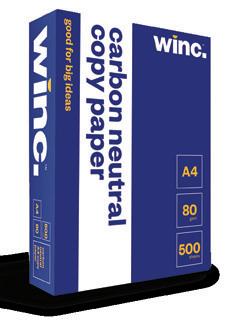
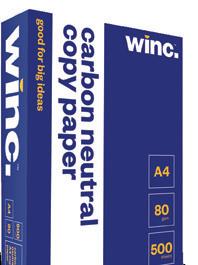

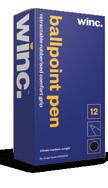
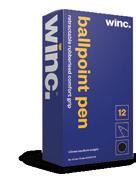
Over 650 Winc Products
High quality and value for money including:
• Copy paper
• Stationery
• Technology
• Furniture


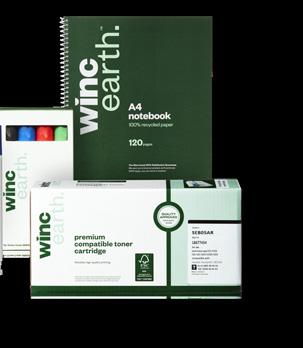

Over 200 Winc Earth Products
Made from recyclable materials, our sustainable range includes:
• Toner
• Notebooks
• Binders
• Kitchen tableware
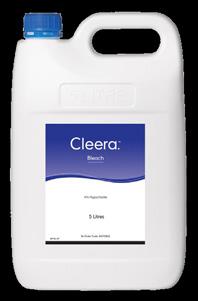
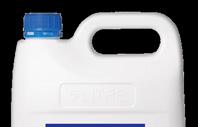
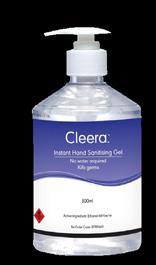
Over 100 Cleera Products
High performing Janitorial, Hygiene & Kitchen products including:
• Cleaning & chemicals
• Washroom
• Kitchen
• Accessories
We want you to love the quality of our Winc products, so they’re all backed with our Winc 100% Satisfaction Guarantee. If you’re not happy with a product, you can return it anytime.
To
If you have to suffer COVID-19, Australia is where you want to do it


WORDS Paul Tuzson
We’re not going to tell you things here that you can find out from the media generally and from the VACC website. There’s a great deal of condensed information on our site covering a wide range of topics related to COVID-19 and the automotive workplace. The real questions, unfortunately without answers at this stage, are when will it be over and when can we get back to work properly?
By the time you read this, restrictions will have been eased somewhat if current trends continue. However, we should keep in mind that we’re only dealing with the initial onslaught of the disease. One of the other questions on everyone’s mind is whether or not there will be a second and even a third wave.
Curves, curves, curves, that’s all we ever hear about or see, and with good reason. However, there are curves and there are curves. The very important point is that there are two main ways of plotting data, linear and logarithmic. Many of the curves we’ve been shown in all this talk about ‘flattening’ are logarithmic, which can be misleading. All logarithmic curves representing human data tend to flatten. This is because each datum point on the y-axis (vertical) of a logarithmic plot is usually 10 times greater than the one below it. Figure 1 shows the total number of confirmed cases of COVID-19 cases in the world on a logarithmic scale. Adding just 3.7 extra points on the y-axis of

We don’t know, but there probably won’t be given the health directives that have been imposed by the authorities. The Spanish flu back in 1918 did come in three waves. The second was the deadliest. In the case of COVID-19 we may have a pre-indicator. Because the disease began in China it has progressed further in that country. At this time (about a month before you began reading) that country is easing its restrictions.
By the time you’re reading this we should have had a pretty good indicator of the results of China’s actions. Spain and Italy are also talking about easing lock-down measures. Interestingly, Sweden has never had a lock-down. We’ll look on those experiments, for that’s what they are, with bated breath. Of the four, in fact of all countries, China is the most interesting. That country’s curve has been flattening extremely impressively. More on that after we explain a couple of things about graphs.
this graph would allow the total world population of 7.7 billion to be represented. So, such a curve must flatten and pointing out that it’s doing so is facile. Figure 2 is exactly the same data shown on a linear plot. Here, each division on the y-axis has the same value, in this case, 200,000. Obviously, this curve is very different to the one in Figure 1. It would take 38,496 extra points on this y-axis to represent the population of the world. Any flattening on a linear curve
like this has to be much more significant to show up. So, how does this relate to China and getting back to work?
Figure 3 is a linaer plot of COVID-19 cases in China. Figure 4 is logarithmic. The thing to note is that both representations of numbers in China have very similar shapes. That is, the flattening of the curve is readily apparent in the linear plot. Very significant flattening is occurring when a linear curve is starting to take the same shape as its corresponding logarithmic curve. It’s this sort of flattening that can allow easing of restrictions. How does this relate to Australia?
The Australian curves are interesting. As of 15 April the linear curve for our country in Figure 5 is nosing over and on its way to matching the logarithmic version of the data in Figure 6. If this trend continues, as it has in China, restrictions will be able to be relaxed and things might tentatively be able to move toward some kind of normality. Of course, caution will be the approach if we want to avoid a second wave.
As we said, the results of China’s easing will probably give us an advance warning of what’s likely. Now, as we write, and for whatever reason, China has released revised figures for Wuhan. These increase
the number of deaths in that region due to the virus from 2579 to 3869 but this doesn’t make much difference to the national figures for overall infection presented here. We’ll leave it to others to analyse the origins of the virus in China, the supposedly suspicious structure of the virus, the notification of the epidemic to the rest of the world, the timing and content of the US/China trade deal being negotiated at the time and other related subjects. The field is rich for conspiracists, which is not to say that they’re all wrong.
The US is also talking about easing restrictions, on a state by state basis. However, in view of overall data for the US this seems premature. The US linear curve
FAST FACT
SARS-CoV-19 is the name of the virus COVID-19 is the name of the illness it creates
Figure 1
Figure 2
Figure 3
Figure 5
Figure 4
Figure 6
in Figure 8 isn’t showing any signs of flattening. Lifting restrictions prematurely could cause tremendous problems. The whole country is in a precarious position from both health and, according to some, economic perspectives. Whatever happens, President Trump is going to take either all the credit, or all the blame. This could end his political career, which will make a lot of people happy and a lot of people unhappy, or vice versa.
The linear plot for the UK in Figure 7 is similar to the US but the UK government is being much more cautious about easing restrictions. It suggests that full restrictions will be in place for at least another month. Sweden is the kicker. Figure 9 shows that its linear curve is pretty similar to most other countries – but Sweden hasn’t implemented any enforceable restrictions at all. It says its citizens are adults and perfectly capable of maintaining social distancing without legal compulsion.
As of mid-April, we’re starting to see more linear curves appear as accompaniments
WHAT HAPPENS?
✺ S-spikes on the virus connect to receptors on specialised cells inside the alveoli (tiny sacks that transfer gas into the blood stream).
✺ A virus enters a cell on the wall of an alveolus and discharges its RNA.
✺ The virus uses the internal mechanisms of the cell to replicate its RNA and all the other components needed for more viruses.
✺ The virus components are assembled into new viruses which infect new cells.
✺ As they do so they stimulate the release of chemicals that diffuse into the blood and cause the walls of the blood vessels to become permeable.
✺ Blood leaks out of the vessels and accumulates around the outside of the alveoli causing it to collapse.
✺ As this happens to more aleveoli breathing becomes difficult.
✺ Chemicals that destroy the virus enter the alveoli. Unfortunately, they also destroy the gas transfer cells in the alveoli. Gas transfer is no longer possible.
✺ Further complications can occur, although they may not.
✺ The species created in the process described can get into the greater bloodstream and make all of it permeable.
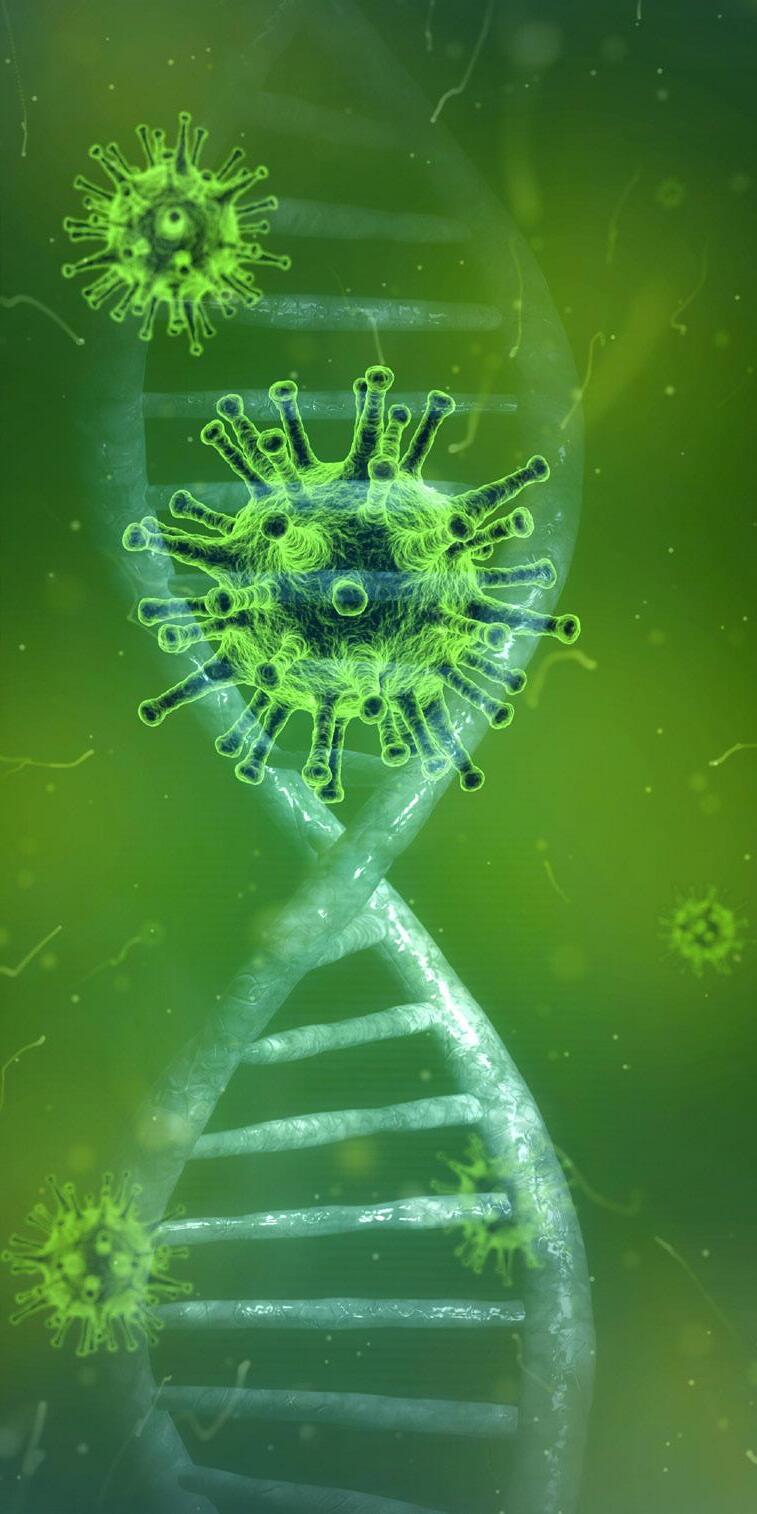
The websites ourworldindata.com and worldometers.info have the best data we’ve found. To be clear, we suggest that linear and logarithmic curves for the same data should have about the same shape before the first steps toward easing restrictions begin. It’s also important to keep in mind that the curves we’ve shown to this point do not indicate the current number of infected people. They represent a cumulative day by day total a
DEFINITIONS
ENDEMIC is an adjective meaning among particular people or in a particular region or it can also be a noun An OUTBREAK is the onset of a disease
An EPIDEMIC affects a large number of people within a particular region A PANDEMIC is an epidemic that’s spread across the world
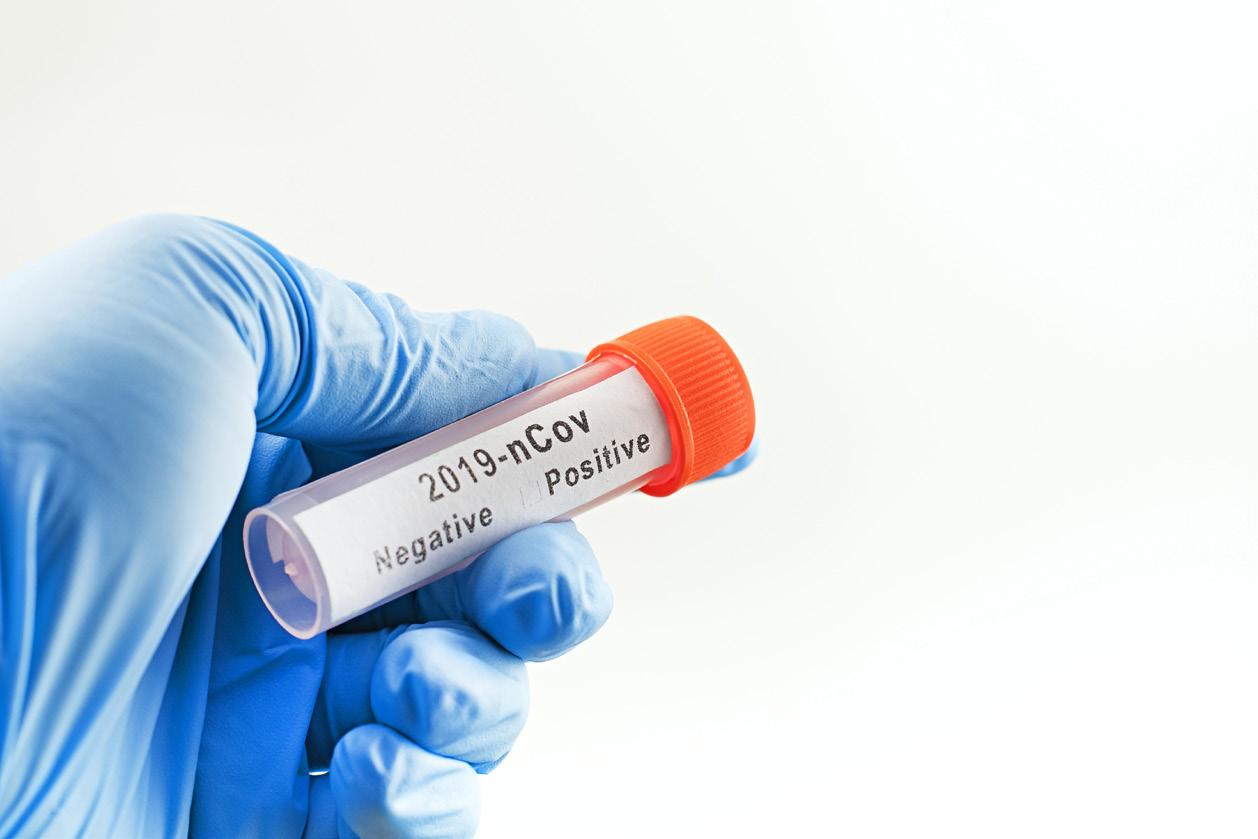
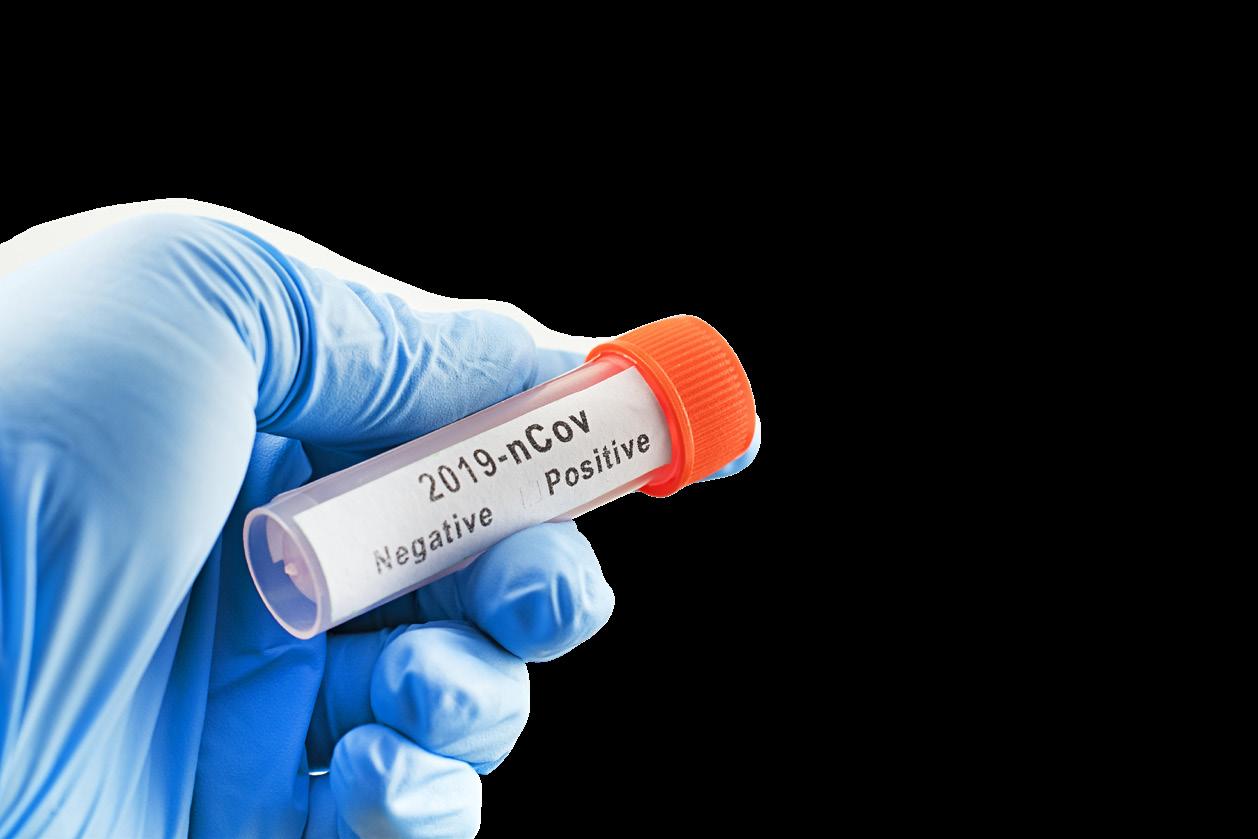
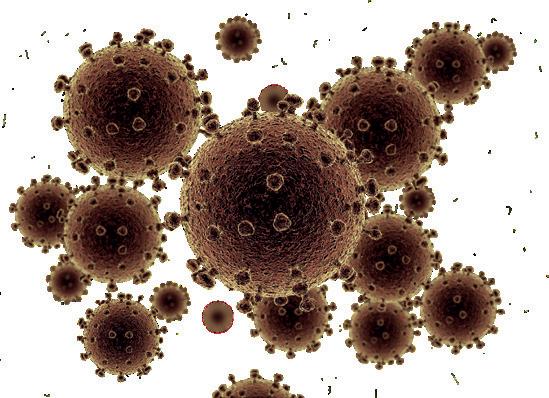
DEATH RATES
SPANISH FLU 2% (1918)
SARS 10% (2002)
MERS 34% (2012)
COVID-19.1% (in Australia)

for teaching her daughter to drive on the Mornington Peninsula Freeway. The fine was waived, as common sense dictates it should have been. Does that mean the fine never should have been issued? No, not really. Stay at Home Directions (3) says that travel is permitted for the purpose of attending an ‘educational institution’. While a mother in a car with her live-at-home daughter is harmless, it’s technically not an educational institution.
Certainly, the learner driver case is an aside, but we mention it to point out how the system can accommodate common sense.
That’s why there are successive versions of the Directions.
Of course, our concern is business and again, the VACC website offers extremely good information about what automotive businesses can and should do. However, business operators should also download and read the Restricted Activity Directions.
Premature lifting of restrictions would waste all the efforts we’re currently making. Further, stopping the

1.5 metres
TRANSMISSION
RESPITORY DROPLETS
Droplets expelled by sneezing and coughing
FECAL/ORAL
Transferral of fecal matter from hands to surfaces from where others can be contaminated
AIRBORNE
It’s possible that viruses could remain airborne for up to three hours after an infected person has passed through
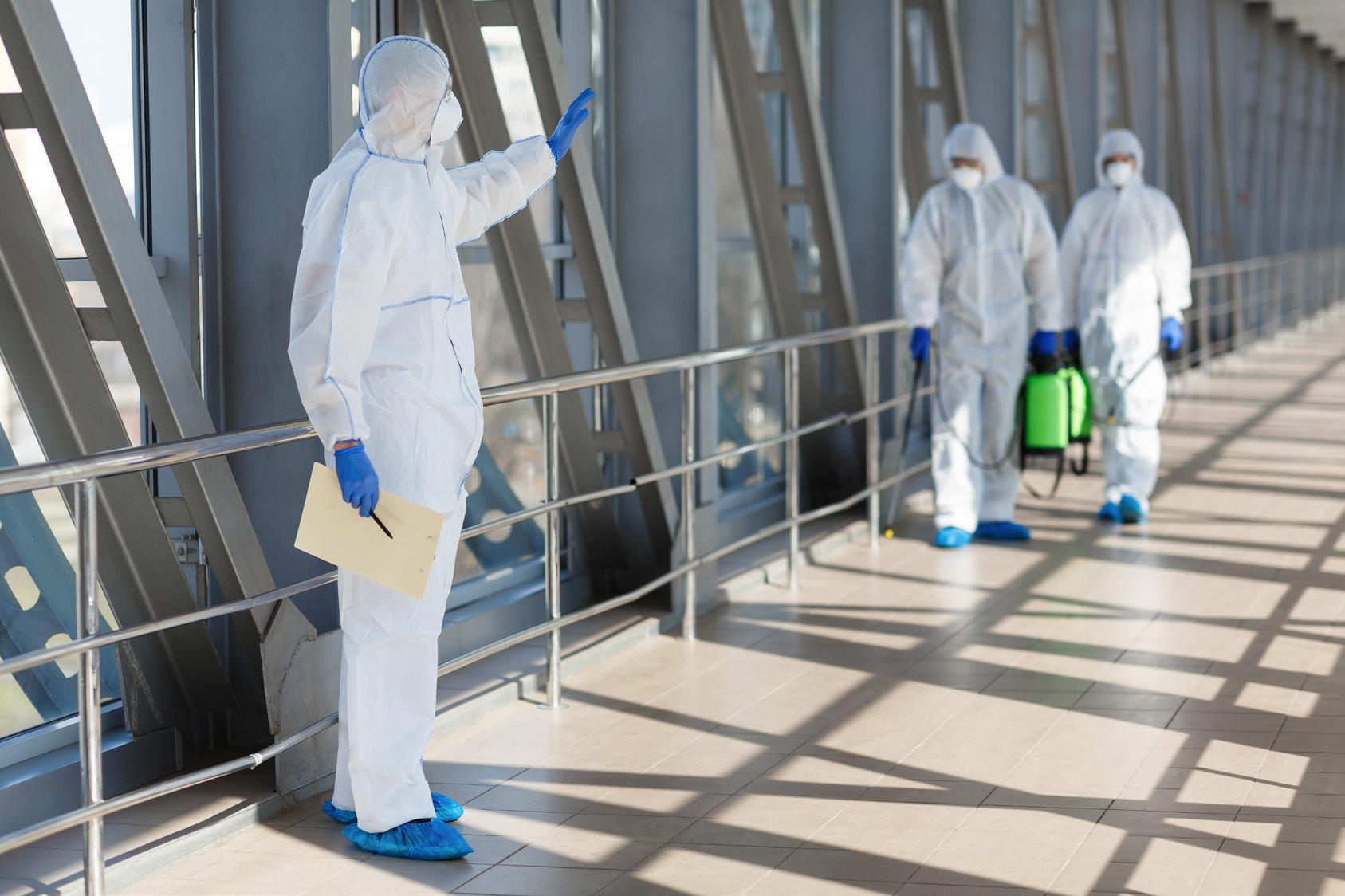
clarifies why overwhelming our health system by lifting restrictions too early would be worse for Australian businesses.
So, we’ve said that while cases were rising it was better to look at linear data. Different data is needed for determining profiles relating to full-scale social and economic normalisation. The linear curves we’ve been talking about are plots of the history and trends of the pandemic as it proceeds to maximum. After that, these curves won’t fall because they’re a history of the pandemic. To determine when restrictions can be lifted it’s the active case number that need to be considered. These need to reach zero.
The automotive retail, service and repair industry is better suited than many for continued operation through the crisis. In larger workshops, customers’ cars are taken into the work stream without much contact between staff and customers apart from counter personnel and perhaps a mechanic getting extra information. In smaller businesses, counter-staff
often equals owner. Managing these procedures is mainly common sense and covered on our website.
The real problem is whether people will be inclined to buy a vehicle or get their existing ones serviced or repaired when all they’re doing is staying home. Also, with possibly no wage or salary coming in, will they be able to afford it? It seems not because most workshops are very quiet. JobKeeper has just started to flow as we write but it will probably be too early to see what difference it makes to workshop bookings.
As far as JobKeeper in the automotive industry is concerned, many businesses aren’t in a position to implement the program because they can’t carry the debt until the government reimburses them. Many businesses outside our industry are in a similar situation. Renegotiating leases and other financial obligations will be essential for survival.
On a bright note, some automotive businesses have experienced unexpected benefits. Engine reconditioner/builder
11
Figure 12
Figure

Dandy Engines said that its workload has increased. Owner Lou Iudica said, “Because everyone’s sitting at home with nothing to do and government assistance coming in, they’ve decided to work on their projects. Also, race customers are taking the opportunity to freshen up their engines before competition resumes.”
We reiterate that Australia is the place to be if you have to suffer this sort of thing. Our health system, while far from perfect, is better than many. A hospital system is more than just the number of beds per thousand people, but it will do as a crude indicator. Australia has about seven-anda-half beds per thousand people. The average across the EU is around six-anda-half. The US has three-and-one-third, while the UK manages four-and-a-quarter. Closer to home, New Zealand has just over six. Japan is impressive with more than 14. But as we said, this is not necessarily a good indicator because China has only two-and-a-half, yet leads the recovery.
GOOD VIRUSES?
Bacteria are becoming increasingly antibiotic resistant. These are said to be a very likely source of a massive pandemic sometime soon. There are viruses called bacteriaphages. They are very specific about the sorts of bacteria they attack, and they don’t infect humans. It’s thought they could be turned against harmful bacteria.
Of course, as we all witnessed, that country has a prodigious capacity for the emergency augmentation of that number.
Few other governments around the world can afford to be as generous with its assistance packages as ours. Also, if China leads the worldwide economic recovery it will need many of the commodities Australia usually exports. This will help us on our road to recovery and we can only hope that our post-crisis economy might fare as well as it did after 2008. The stimulus package offered by the government will prove very helpful, but it will also have a cost. We’re told that we’ll be paying it back for a long time. To whom? To whomever holds the Treasury Bonds from which the money was generated is the conventional answer. The government, or more correctly, the Reserve Bank simply creates the money in exchange for these bonds. This is an exceedingly complicated subject that takes books to explain. However, one fact most people will have heard is that simply increasing the money supply leads to inflation and increased prices. Basically this is because the increased pool of money is dispersed across the same amount of goods.
There’s another school of thought that says printing money isn’t such a bad thing. This is one of the pillars of an approach to macroeconomics called Modern Monetary Theory (MMT). Supporters of this school say that the US has been printing money since it came off the gold standard back in 1971. Real government debt in the US is more than $100 trillion, yet inflation is extremely low. MMT suggests that as long as productivity grows, printing money won’t raise inflation. So, our curves are flattening, and we have at least some money in our pockets. There’s also plenty of pent up demand as everyone waits in the starting blocks for restrictions to be lifted. In many business sectors the recovery will proceed apace as suppressed demands queue for satisfaction. And don’t worry, we’ll have a second airline of some sort. The market for cheap airfares won’t go unfulfilled. The fact that our national border is going to remain closed for quite some time after internal restrictions are eased means that international tourist dollars won’t be flowing into local business. That’s going to hurt. Mind you, as soon as the borders are opened, international visitors will be looking to touch down in a virus free, clean destination. That’s certainly Australia. When the borders are finally opened, we’ll be back to rescuing foreign swimmers at Bondi in no time.
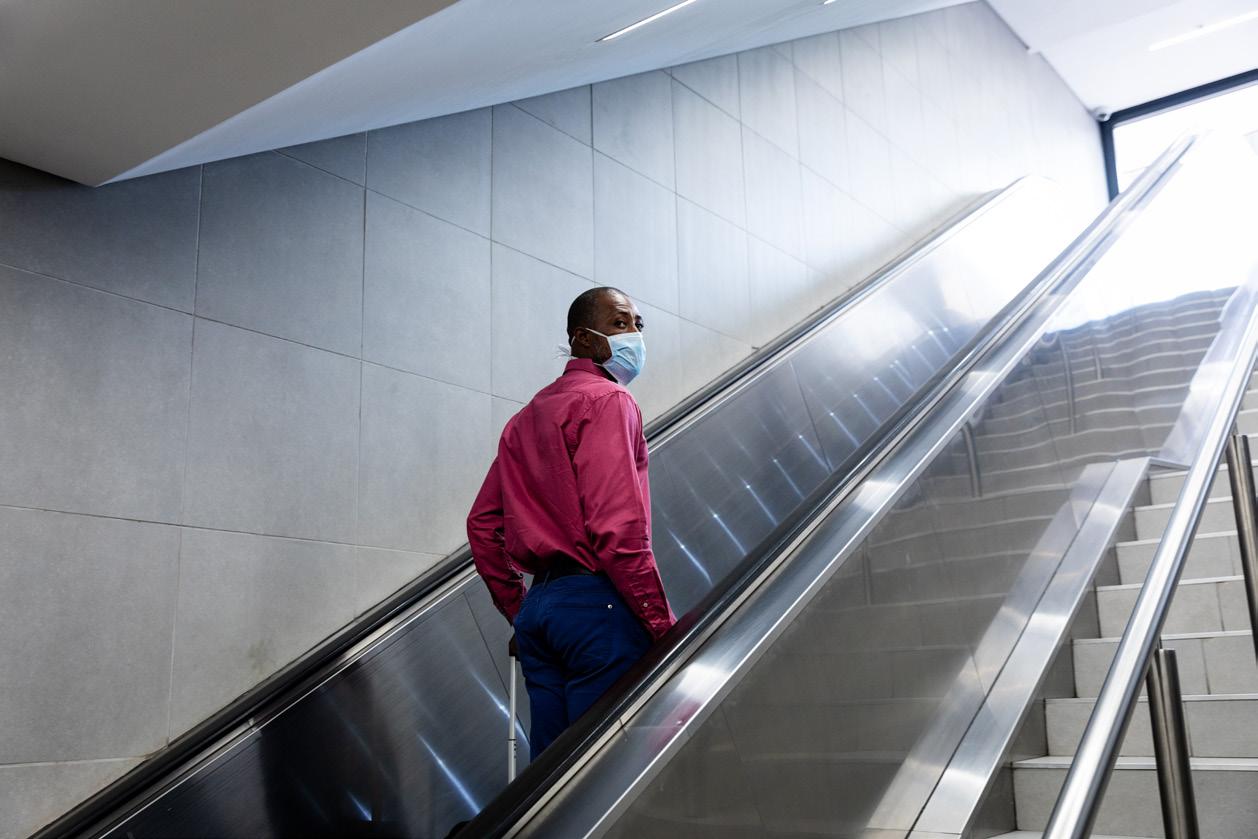
Here are the last minute data for Australia (Figure 10), China (Figure 11) and Sweden (Figure 12) as we go to press. We think we might be seeing the very faintest first hint of Sweden’s data starting to nose over (left)

Image: JJ Harrison
WORDS Paul Tuzson

The Gordon Dam is an impressive engineering feat (left). A basic map of the Gordon-Pedder lake and dam system (above). Everything about hydro-power is big and impressive. Actually, this is true of any significant power station (right). Foundations laid decades ago for the Tasmanian Hydro scheme have the potential for future dividends in a greener future (below right).
Impressive from any angle. Here's a shot of the Gordon Dam from below. Most of Tasmania's power generation is from renewable sources (below)
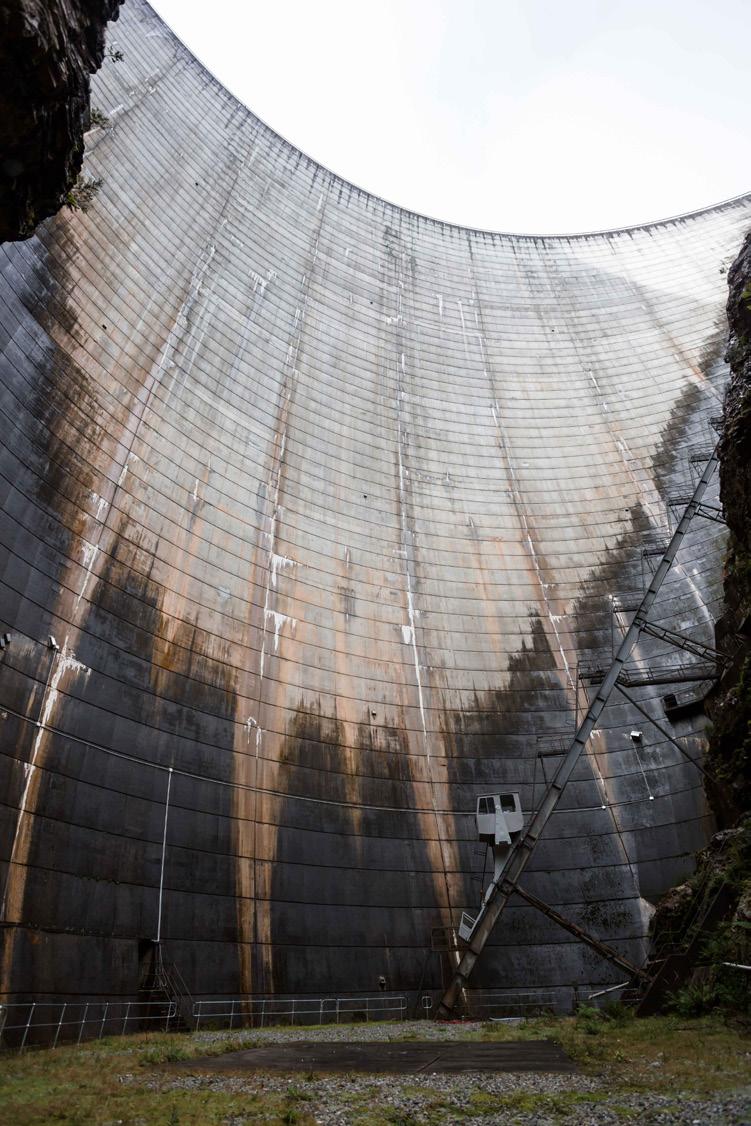
have given people time to think and have also provided evidence that fundamental change is needed.
Clear skies above many of the world’s long-term chronically polluted cities is giving us a hitherto unavailable peek at what life without pollution could be like. It looks, and indeed smells, pretty good. That brings us to smog and transport generated pollution in general.
Places like New Delhi, Beijing, Mexico City and other concentrated pollution zones have a strongly vested interest in reducing air pollution. So does Australia. Will we? No, not immediately.
If economics teaches us anything it’s that all good intentions are mitigated by economic necessity. The world needs to get back to full mobility and maximum production as quickly as possible. That means the widespread resumption of consumption of liquid fuels. There’s no other way at this time.
As we’ve mentioned in previous articles, the internal combustion engine will likely be with us for some time.
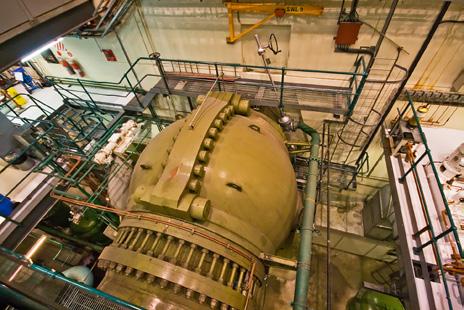
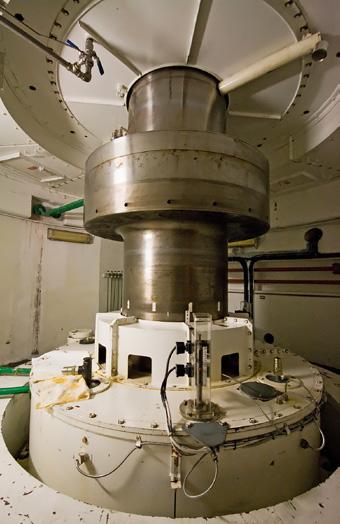
wide range of purposes. However, because of the way it’s currently produced it’s nothing like an environmentally friendly fuel. Quite the opposite, in fact. Hydrogen can only be effective in reducing pollution if it’s manufactured using renewable energy rather than processes powered by fossil fuel. Hydroelectric and wind driven power generation are excellent methods. That brings us to Tasmania.
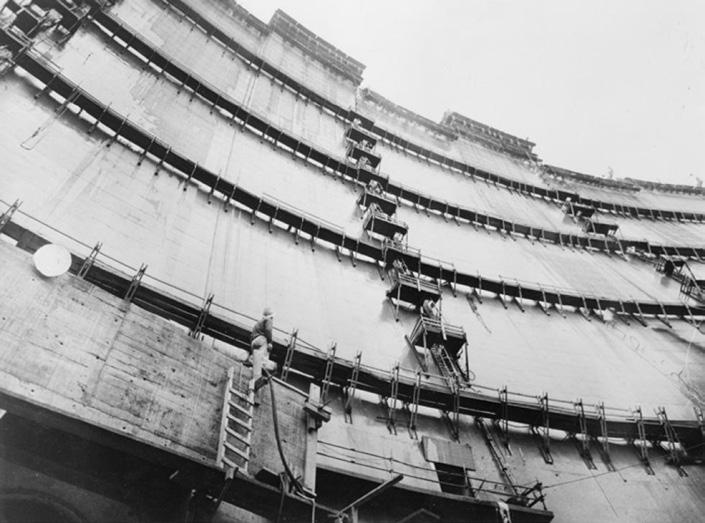
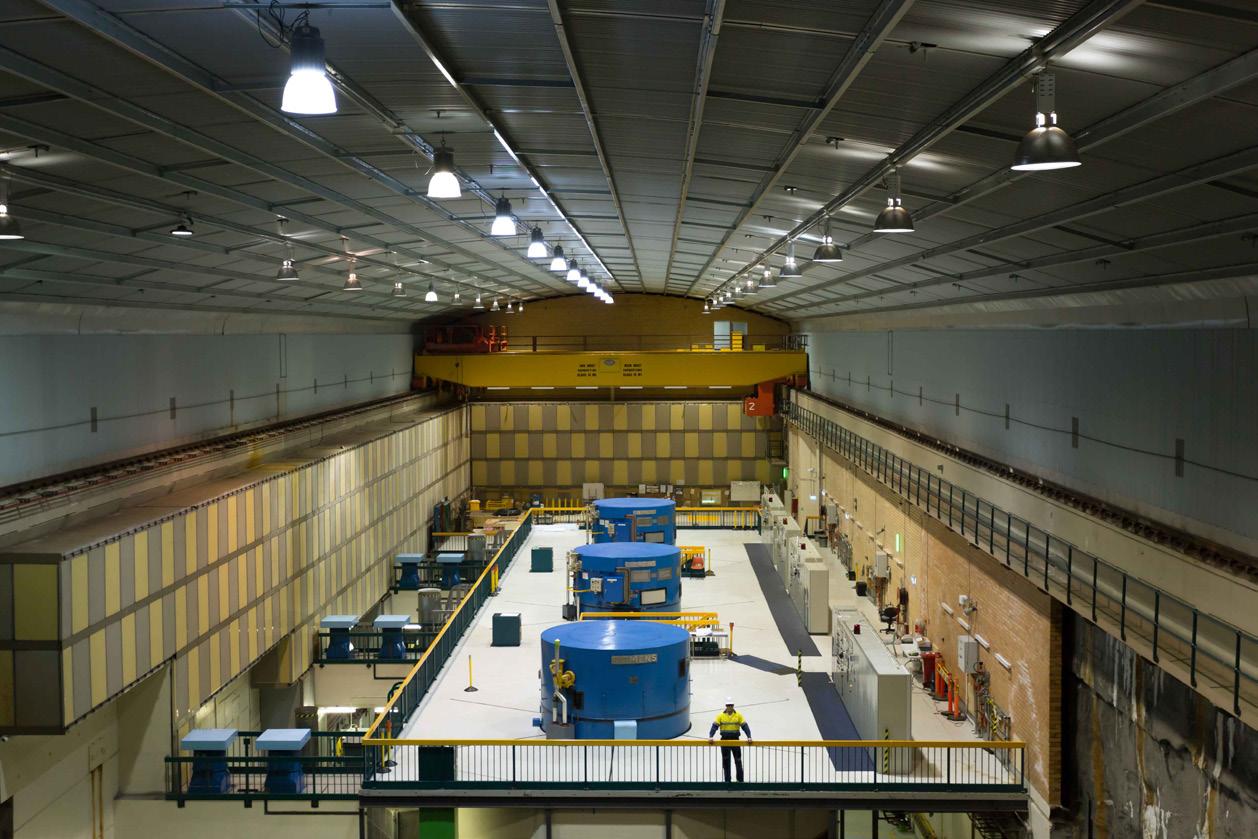
Tasmania’s power supply is predominantly renewable. The state’s hydro-generation system generates about 2.3 Gigawatts, while its wind-power system adds around 0.3 Gigawatts. The latter is more easily expanded than the former.
The 2.6 Gigawatts from these sources isn’t much compared with the 4.7 Gigawatts produced by Victoria’s three coal-fired power stations and the 0.7 Gigawatts derived from our own hydroelectric system, not to mention our other generating facilities. However, Tasmania has only about half a million people compared with the Victorian population of around five-and-a-half million.
In view of the above-mentioned statistics, Tasmania has enough power generating capacity to make hydrogen by electrolysis. This is a renewable (green) method if the electricity used is renewable, as is Tasmania’s. However, none of this is to say that hydrogen production is particularly efficient in terms of the energy required to do it, regardless of the process used. In fact, hydrogen production by electrolysis
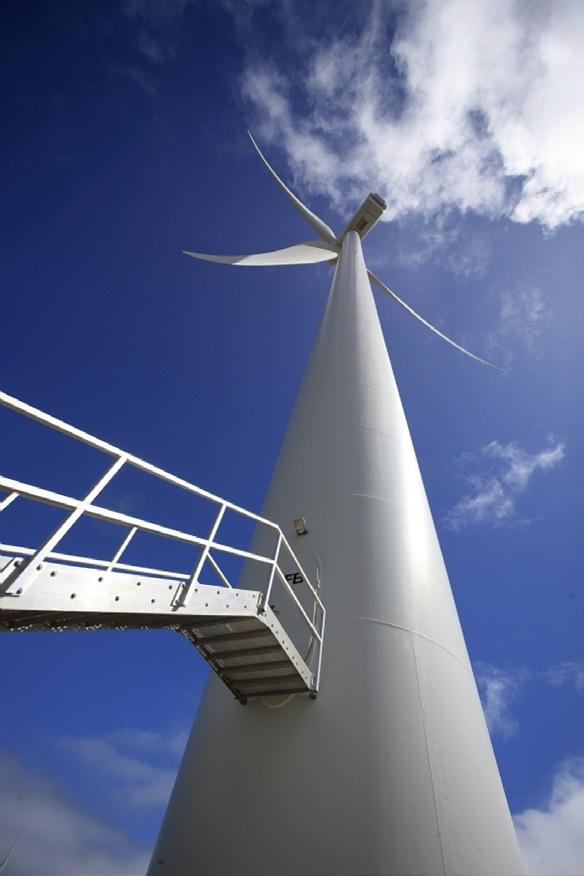
costs. But as with production processes, energy costs aren’t the main concern. Certainly, production costs matter, however the most important point of green hydrogen is clean skies and reduced carbon output, something for which the world is striving. While the world isn’t going to dump fossil fuels overnight, the need for cleaner forms of motive power for transportation is an imperative for the world.
Japan and South Korea are dedicated to developing hydrogen economies and could be major customers for green hydrogen produced in Tasmania. Japan says its demand for bulk hydrogen will be 300,000 tons by 2030 and as much as 10 million tons per year going forward. South Korea plans to produce 6.2 million hydrogen cars and a network of 1200 refueling stations by 2040. Many other countries intend to follow that path. The above figures come from the respective governments via the Tasmanian Renewable Hydrogen Action Plan published by the Department of State Growth. Tasmania is intent on addressing the developing world market for hydrogen as a fuel.
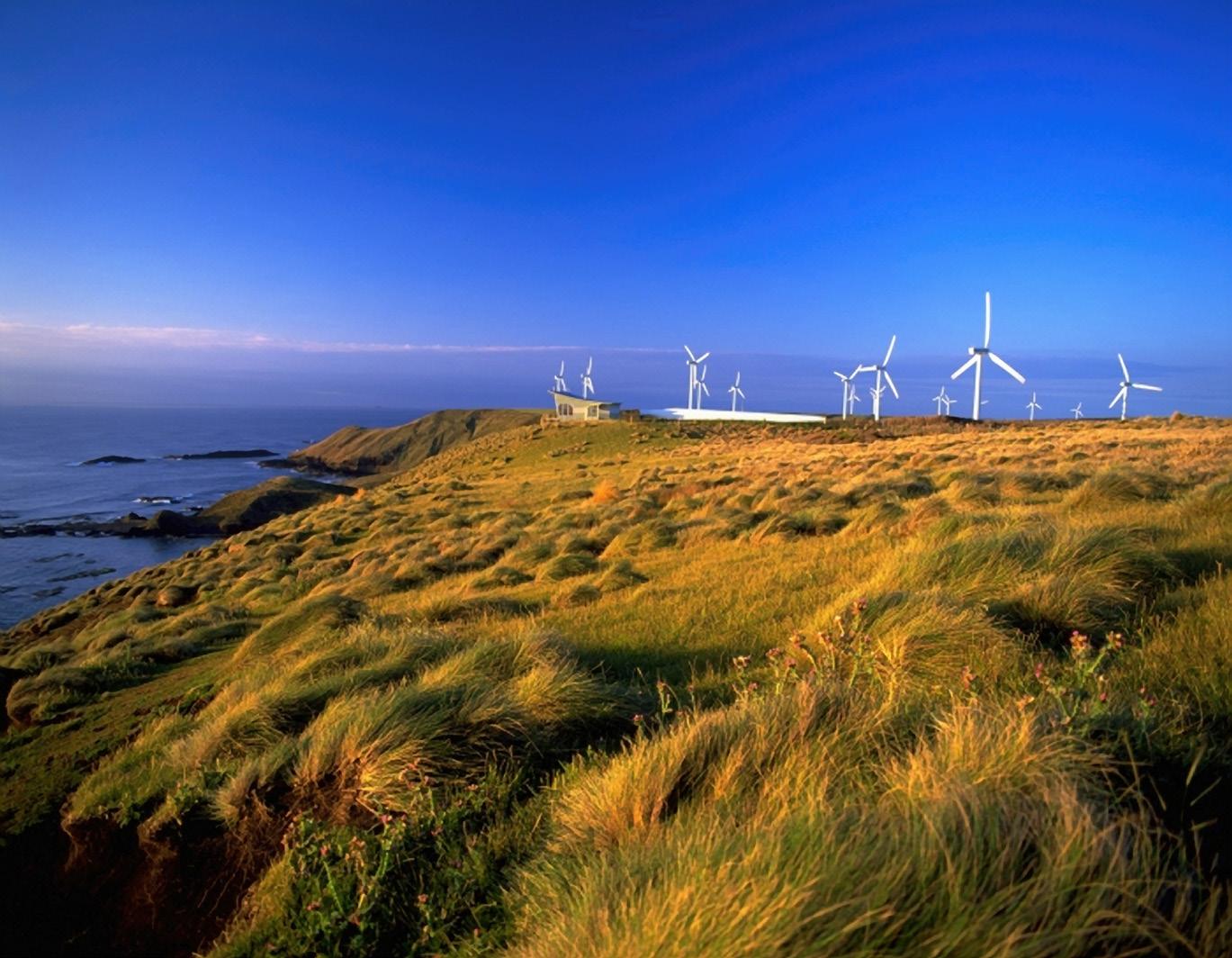
Some people insist that hydrogen isn’t a fuel, that it’s simply an energy storage medium because it has to be manufactured using energy. They’re wrong. By that rationale petrol isn’t a fuel either. And why did the experts call a fuel cell, a fuel cell?
These are the three turbines in the Gordon power station, together generating 432MW (top). The Bluff Point Wind Farm is located in the middle of the Roaring Forties trade winds belt, a perfect place to harvest wind power in Tasmania (above & below). Are we up for more of the same or is it time for a change? (right)
We described the fundamentals of hydrogen back in November 2017. To review, hydrogen can be used directly in fuel cells as planned in Japan, South Korea and other countries. It can also be incorporated in ammonia which can, with some difficulty, be utilised as a direct fuel for internal combustion engines. A better use of ammonia, though, is as a medium for transporting hydrogen easily. Of course, extracting the hydrogen from ammonia at the point of use is energy intensive but that could change.
The CSIRO has been developing a metal membrane technology for separating the nitrogen and hydrogen that makes up ammonia. We covered this in greater detail in our previous article. Once the CSIRO technology is available for large scale dissociation of the nitrogen and hydrogen in ammonia, this will be the main means of transporting hydrogen, a task which is otherwise very difficult and expensive. Because hydrogen can be burned directly, it’s often thought that using it to fuel an internal combustion engine would be a good idea. This is a particularly appealing notion because the only thing emitted from the tailpipe of such an engine is water. Hydrogen also seems to have other characteristics that indicate its positive potential as fuel for internal combustion engines. For instance, it will burn across a wide range of air/fuel ratios which makes hydrogen fuelled engines easy to start. However, this also makes it susceptible to preignition from hot spots in a chamber.
its desirability as a fuel for internal combustion engines are outlined below. Oxygen for the combustion of fuel is drawn from air. The problem is that air is only 21 percent oxygen. The rest is 78 percent nitrogen and one percent trace gases. Nitrogen doesn’t contribute anything to the combustion process, it just absorbs heat that could be used more productively. Nitrogen doesn’t expand very much with heat (which is why it’s used in race tyres) so it doesn’t contribute to cylinder pressure. It simply takes up space in the chamber and produces NOx. Methanol is an oxygenated fuel. In fact, by mass, methanol is about 50 percent oxygen. So, burning methanol doesn’t require as much air as other fuels. Also, because there’s oxygen actually bound up in each molecule it’s not as reliant on coming into contact with atmospheric oxygen in the chamber, although doing so is still an important factor.
Overall, at stoichiometric a methanol fueled engine inducts 40 percent less air in its operating cycle. Reduced, but similar advantages hold for ethanol, which is 36 percent oxygen by mass.
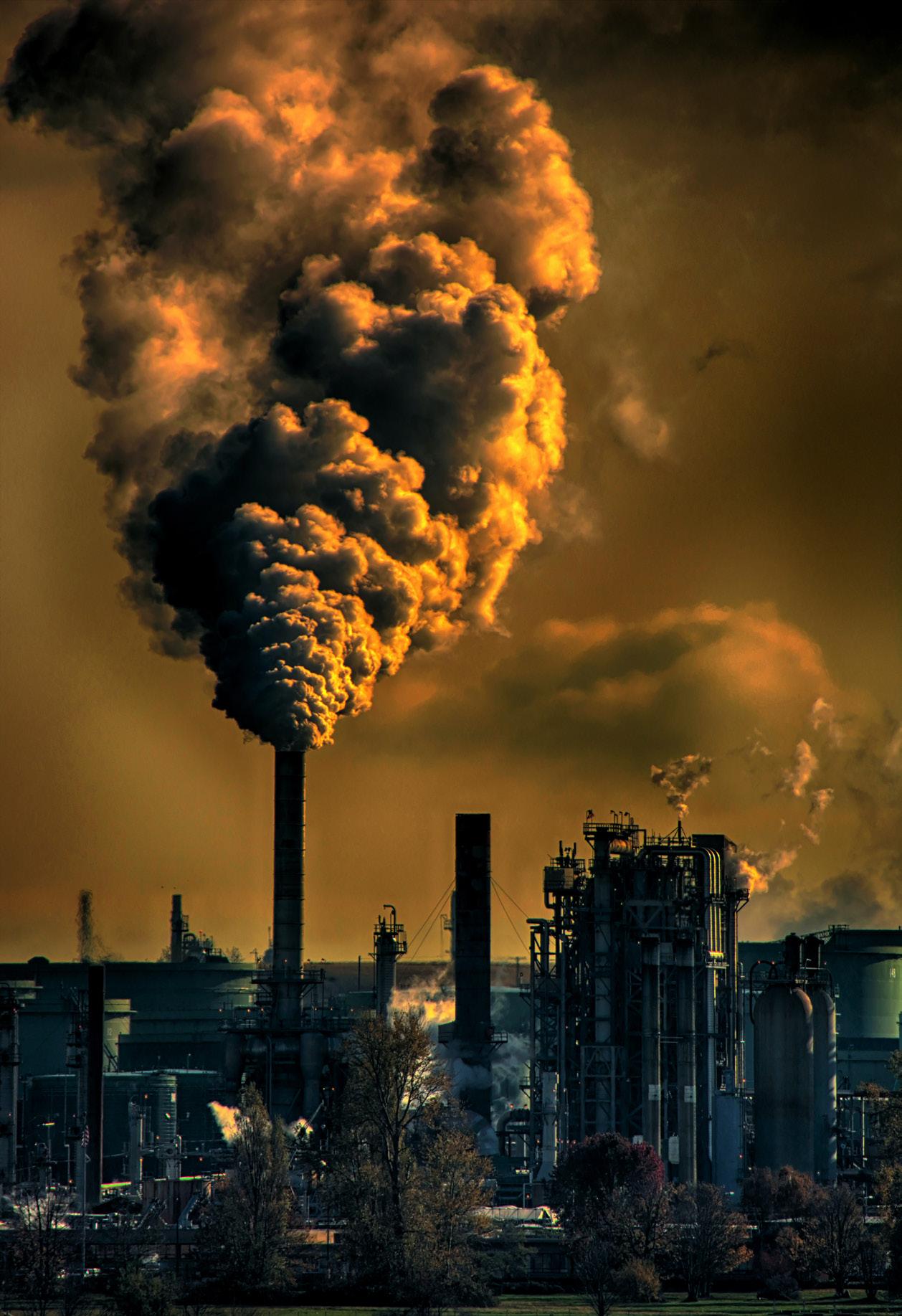
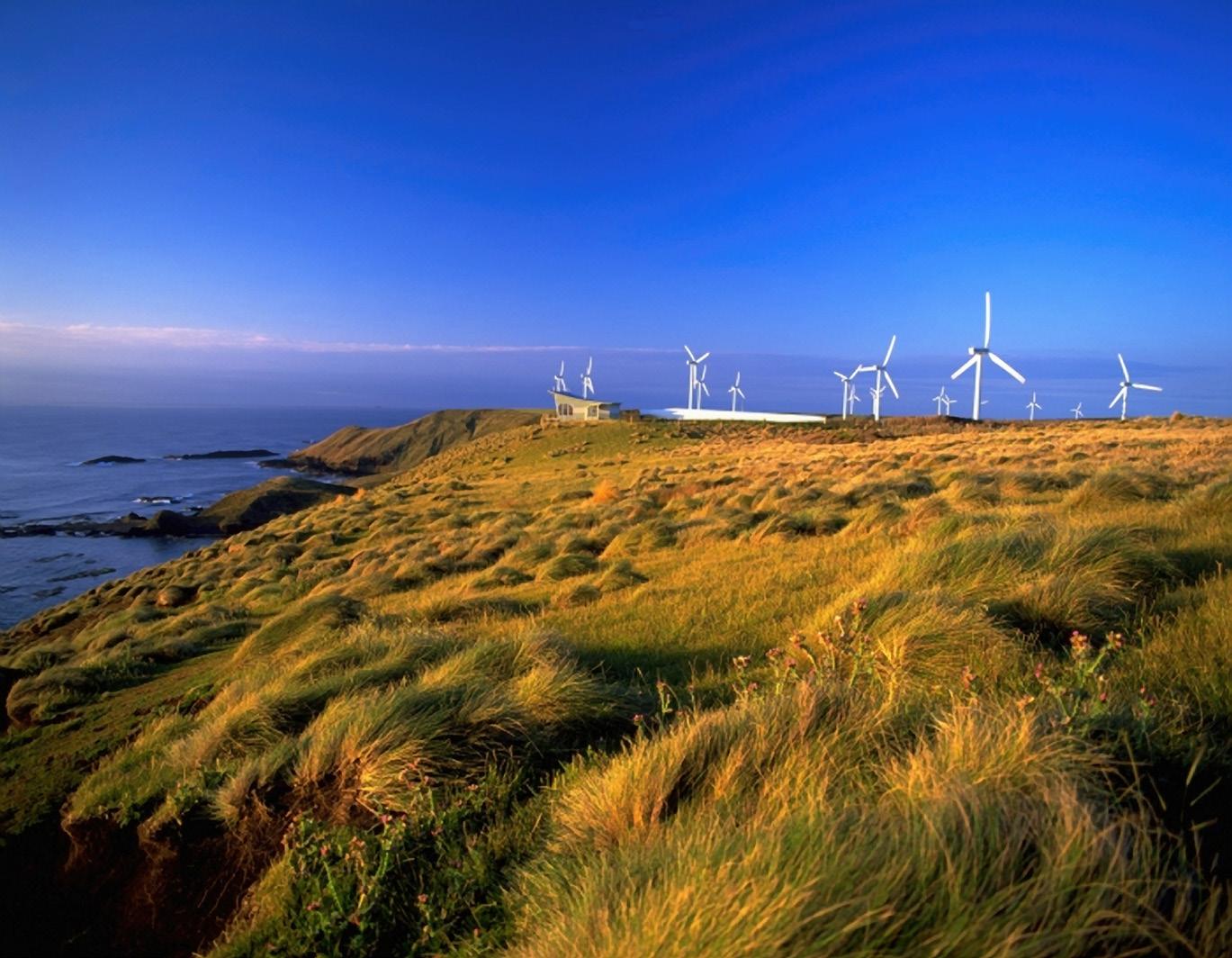
While hydrogen burned in a conventional engine doesn’t produce carbon dioxide it still interacts with the nitrogen in air to create NOx. We could go on with potential advantages but most of them have balancing negatives. Probably one of the most compelling disadvantages is its extremely low density. A great deal of hydrogen has to be admitted to the combustion chamber but this limits the volume available for air, which reduces
power. Burning raw hydrogen in an internal combustion engine is a bad idea but there are other ways of doing it.
In a response to the Tasmanian Renewable Hydrogen Action Plan local company
ADME Fuels suggests turning green hydrogen from Tasmania into methanol. This fuel burns very effectively in internal combustion engines. Other reasons for
Importantly, methanol is a good choice for internal combustion engines because of its branched molecular structure. In general, highly branched fuel molecules are less inclined to create nanoparticles than fuels with straighter chained structures, which is important from a health perspective. Also, because of its branched structure, methanol is resistant to detonation. It has a higher octane rating. This means higher compression ratios can be used resulting in more power, as anyone who’s had anything to do with drag racing will know.
One slight disadvantage methanol has in relation to hydrocarbon fuels is that more of it is needed for a given amount of power. So, for a given tank size methanol results in reduced range compared with a hydrocarbon fuel.

vehicles in the name of reduced pollution. Another advantage of methanol is that it’s carbon-neutral. That is, the carbon contained in it can be sourced from industry or even from the atmosphere itself. No new carbon is released to the atmosphere as there is when a fossil fuel is burned.
The Tasmanian government suggests that the Bell Bay Advanced Manufacturing Zone is the ideal location for hydrogen production. ADME agrees and further suggests that the location is well suited to renewable methanol production.
Deep water port facilities at the location are excellent and stand ready for
export operations. ADME Fuels says the name of its plant will be the Bell Bay Renewable Methanol Project.
The Federal Government has recently announced a $3 billion fund to help get Australia’s renewal hydrogen industry off the ground. Bell Bay will certainly benefit from this.
Most efforts at reducing carbon emissions in Australia have been directed toward coal-fired power generation. But as COVID-19 restrictions have shown around the world, it’s probably time to start addressing the problem of emissions from our transport fleet. Of course, this is a huge challenge but making carbon-neutral fuels available would be a good first step. Efforts at doing so with renewable hydrogen and methanol are a good
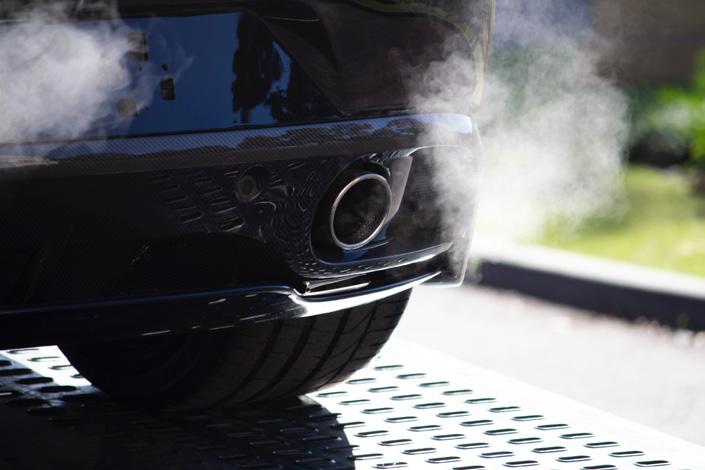
idea because there are already strongly developed markets for these products. These markets could take output from the proposed Bell Bay Project and make it a viable operation before any significant portion of the vehicle fleet at large is ready for conversion to methanol. Because methanol needs high compression ratios, diesel engines make the best base for conversion to run on pure methanol. At this point no one is making such conversions. Even if they were, there’s no 100 percent methanol available from pumps. It’s a chicken and egg problem. Of course putting a methanol blend into the ground at service stations is already established with the widespread availability of E85. Flex-fuel engines are best suited to this blend but as heavy transport emissions from diesel fuel come under increased scrutiny viable opportunities for conversions may emerge. A quick glance at the Future Heavy-Duty Emission Standards paper from the ICCT will show what’s coming.
China has been trialing the viability of 100 percent methanol in commercial transport for some time and M10 to M40 blends for passenger cars. It looks like they may settle on M30 for passenger cars. This is interesting from the standpoint of fuel but it also shows that the country is invested in the future of internal combustion engines. It’s likely that Chinese ICE vehicles, designed to run on methanol blends, will be imported to Australia in the future.
Methanol production from captured CO2 is recognised as a good idea overseas and
Image: Robynne Hu/Unsplash

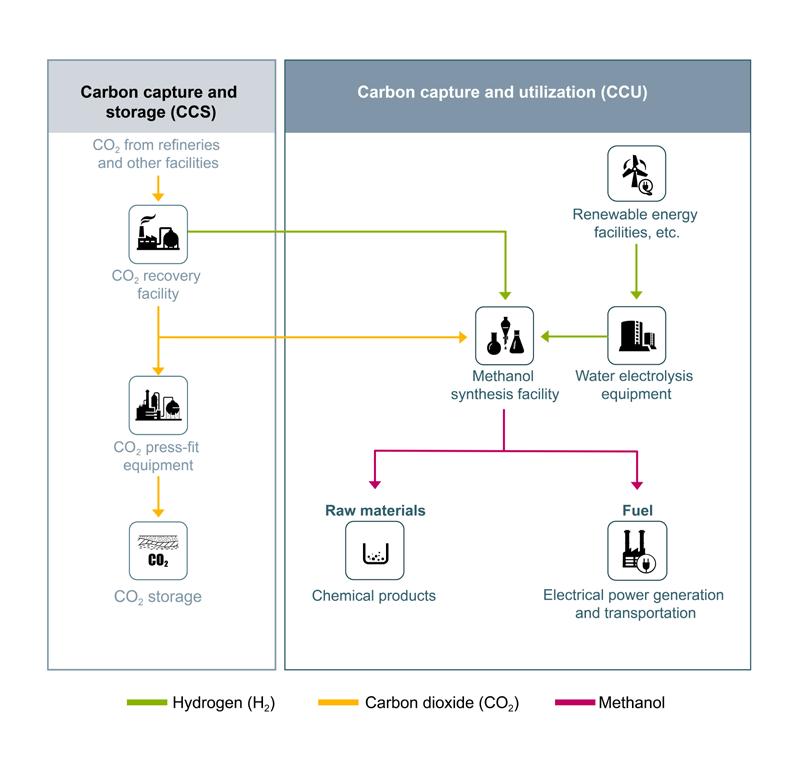

has shown the Chinese that change is needed (below). Tailpipe emissions have to change. However, electric cars are only a suitable replacement if the electricity is from green sources (below left)
there are a number of projects around the world investigating the process. Three Mitsubishi subsidiaries are participating in a project to test and develop processes for combining hydrogen, either captured from existing industrial processes or electrolysed from water, with captured carbon dioxide. Importantly, the group sees methanol from the project as having a couple of existing market options.
As ADME Fuels points out in its response to the Tasmanian Plan, renewable hydrogen can also play a part in reducing greenhouse gas emissions by replacing the very dirty hydrogen used to produce hydrocarbon fuels in conventional refining operations. The limited refining operations in Australia might serve as an early market for renewable/green hydrogen produced in Tasmania. Also, Australia no longer manufactures methanol but we import 100,000 tons for certain manufacturing operations. These applications could also serve as a starter market for locally produced renewable methanol. The production operations and supply arrangements for methanol could be scaled to supply a growing methanol transport fuel market when it begins to emerge. Of course the question is, will it? It will probably be emissions regulations that mandate it but having a viable industry ready to address that isn’t a bad idea.

WHEN GREEN IS NOT GREEN
Michael Moore is always ready to lambaste someone. In his latest documentary, Planet of the Humans, green energy groups and ideologies are in for the shellacking. The work suggests that enterprises considered green are often not green at all. Much of what's presented is true but it doesn't mean that efforts other than those shown aren't working. Yet the overall impression is that none of it is likely to be effective. Creating green/renewable infrastructure and industries is never going to happen overnight. Existing technologies will remain embedded in our energy future for years. But bit by bit change is happening. Particularly irksome is the criticism of big oil, high finance and other profit-seeking giants donating to green organisations. Our view is that if you want to get something done, attach a profit motive. These commercial behemoths know how to get things done if there's money in it. Sure, they're also evil and have to be watched, but as we've said before virtually all groups have more than one motive, often many more. Big business is complicated. So is environmental change. The fuels we're talking about in this article are renewable and profit is the underpinning. Such projects are driven by profit and environmental concerns working in unison. The two can, and indeed must exist together going forward. The film is not completely wrong but it's far from completely right. Everyone should see it. It's freely available on YouTube and will certainly provide food for thought.
NISSAN YD25 OIL PUMPS DIFFERENCES
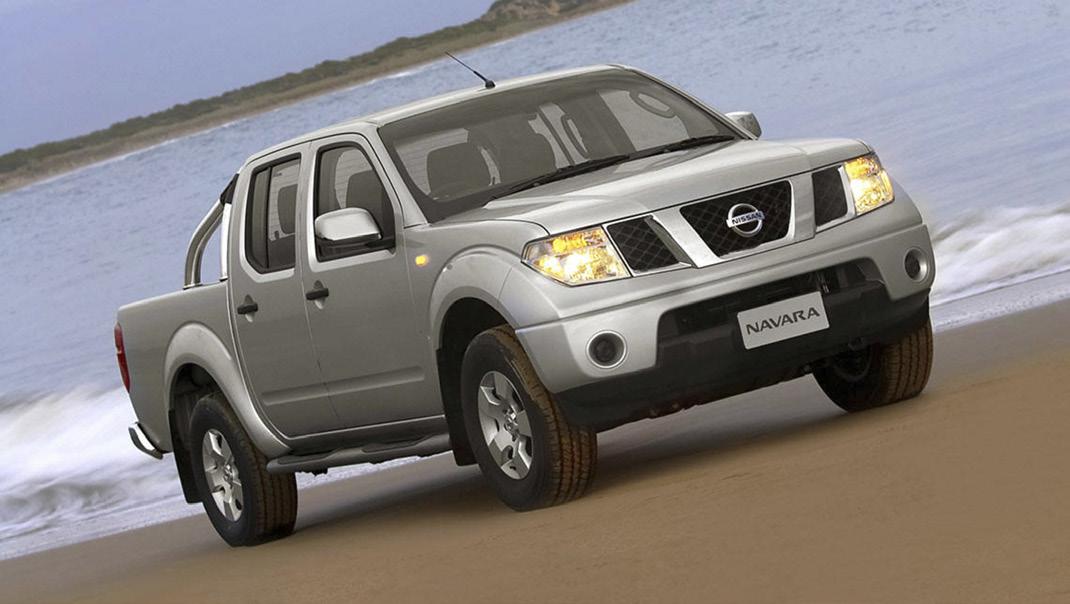
ain’t Oils” which is true, and it also applies to “Oil pumps ain’t Oil pumps” in relation to Nissan Navara YD25 diesel engines. The D22 and D40 Navara models are both equipped with the YD25 engine. However, these engines, while similar, are not the same. There are three possible oil pumps specified depending on which country the vehicle was built in and when. This leads to some issues when it comes to removing the front timing cover, as some come off easily and others require a lot of extra work.
The oil pump for the YD25 in the D40 can have two different types of oil pump part numbers. 15010-EB7A is for 05/05 to 01/10 for those made in Thailand and for early Spanish-made vehicles. 15010-5X00C is from 01/10 Spanish-made only. As you can see from the pictures (See Diagram 1), the timing cover and oil pump assembly have a flat bottom, which means that it can be removed with the sump still in place. The timing cover and oil pump assembly for the YD25 in the D22 has a part number 15010-VM00C and as can be seen in the image below (See Diagram 2), the oil pick-up that seals onto the sump protrudes into the sump about 15mm. To remove this assembly will require the removal of the sump, which is where the trouble starts.
D40 YD25
D40 05/05 - 01/10 15010-EB7A
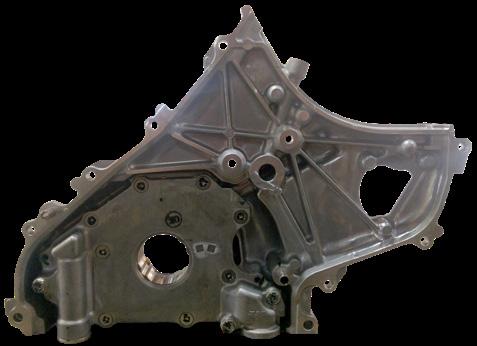
Slight difference in oil pump, however both are flat on the bottom.
D40 YD25
D40 01/10 on 15010-5X00C
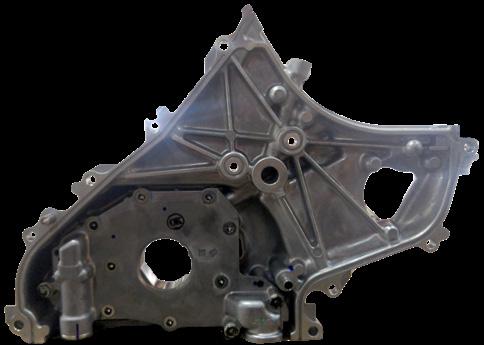
2005 - 2013 Navara D22 & D40
Diagram 1
Diagram 2
D22 YD25
15010-VM00C
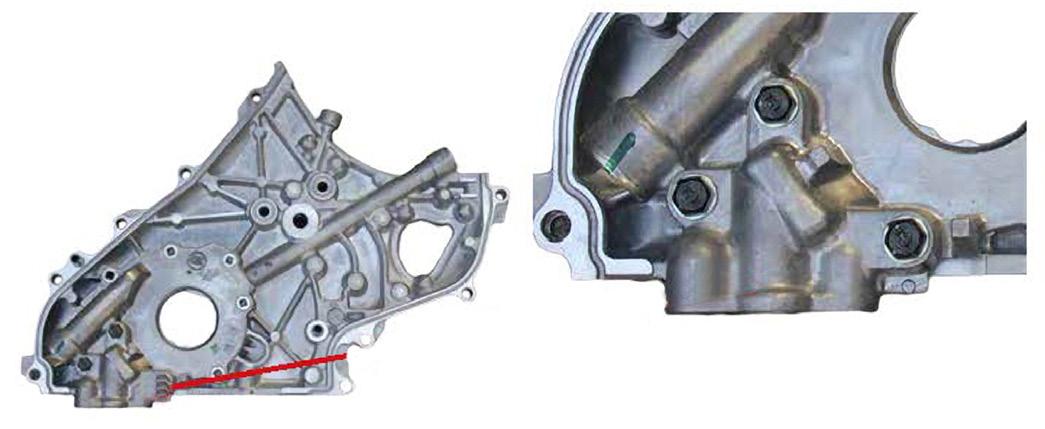
Diagram 3
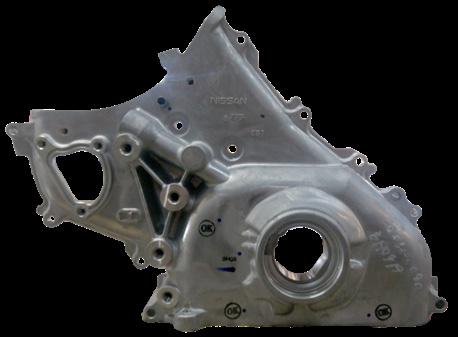
To remove the sump on a D22 with 4WD you must complete the following procedure.
1. Drain oil.
2. Drain coolant.
3. Remove crankshaft position sensor from driver’s side, rear of engine via RH wheel arch.
4. Remove steering drag link and tie-rods.
5. Disconnect all drive shafts from front final drive assembly and remove assembly.

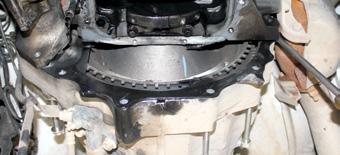
The transmission must be moved back
The D22 oil pump fits into the sump where the D40 oil pump seals on the top of the sump.
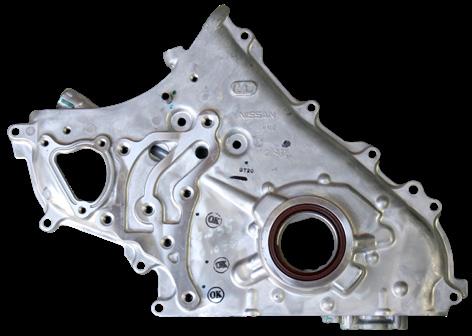
6. Remove A/C compressor and A/C compressor mount from sump.
7. Remove power steering pump and bracket from sump.
8. Remove all bell housing and starter motor bolts.
9. Remove cross-member bolts.
10. Remove lower sump.
11. Remove upper sump by removing all 12mm bolts. To remove two 10mm bolts at rear of upper sump, slide transmission back just enough to get a socket onto bolts.
The differences between the D40 and D22 lower timing covers can be seen from the front.
Both D22 and D40 YD25 timing covers have the same torque sequences. Tighten all bolts to 12-13Nm.
See Diagram 4.
If you are estimating any jobs that require the timing cover to be removed (e.g. replacing the timing chains) check which type of YD25 engine you have (See Diagram 3) before providing an estimate on cost, as the repair times could be wildly different.
If you are replacing the timing chains on a YD25, refer to Tech Talk October 2013 page 3704 for the procedure. For more information log on to Tech Online or call the Technical Advisory Service.
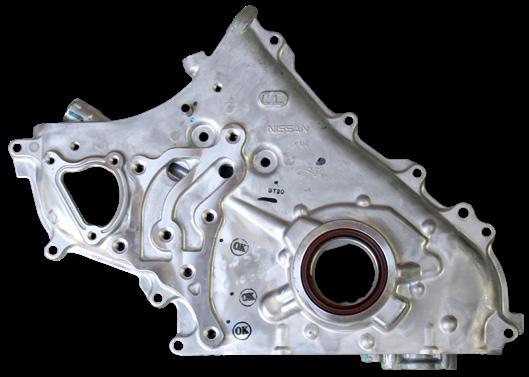
D40 YD25
D22 YD25
Diagram 4
Diagram 5
about 25mm to remove the two bolts in the rear of the upper sump.
VE COMMODORE POLICE PACK: SURVEILLANCE MODE BUTTON
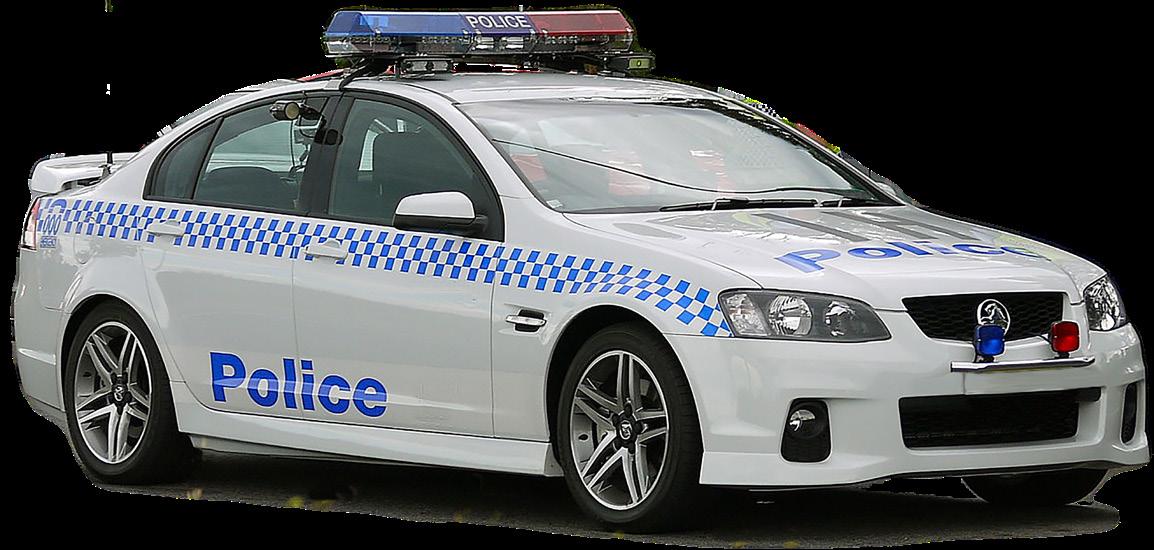
Every now and then VACC’s Technical Advisory Service receives calls from members about VE Commodore instrument clusters and interior lights not working. This complaint begins after the battery has gone flat or has been replaced, or after a new map light globe has been fitted.
This situation has led to lost diagnostic time and the unnecessary replacement of instrument clusters. However, the fix is quick and simple if you know about the past life that these cars have had in the emergency services.
Holden is one of the many manufacturers that have supplied vehicles to the Australian emergency services (e.g. police, fire departments, SES, and ambulance services, etc.) and as a result, they have fitted some extra features specifically for these roles. However, when these vehicles are sold off to the public, these features or modes of operation can be accidentally activated, and then the fun starts.
Surveillance mode is one such feature which was designed to disable all
automated lighting and sounds inside and outside the vehicle while the vehicle’s ignition is on, or with the engine running. This is so the police can park, sit quietly and watch whatever criminal activity is going down.
The surveillance mode function is switched on and off by a press of the Surveillance Mode Button, which is the rectangular monetary push-button on the overhead console which is a part of the front map reading light assembly. This is a factory fitted button and stays with the vehicle after all of the other police-specific radios, lights, sirens and other secret police gadgets have been removed.
When this button is pressed it grounds the BCM to engage and disengage surveillance mode, and once engaged the following will occur:
Parkers and headlights do not work when the headlight switch is in the ‘Auto’ position.
All lamps on the accessory power feed will be turned off.
Map lights will still function, as they have a separate battery feed in police vehicles only.
The courtesy lights will not
illuminate when a door is opened, or a remote key is used.
Turn signal flashes or horn chirps will not operate when a remote key is used.
All chimes are suppressed.
All internal backlighting is switched off. Cluster backlighting is set to minimum.
There is a similar mode which is a standard feature on all Commodores called Night Panel Mode. This mode will turn off all illumination and gauges except the speedometer, instrument cluster and multi-function display. The owner’s manual suggests that this mode is suitable for country driving at night.
The Night Panel Mode can be engaged and disengaged by pressing and holding down both of the dimmer switches on the headlight switch for 1.5 seconds (see far right).
Holden issued a bulletin describing the common issue with these emergency services vehicles not having the illumination operating and not being able to disable the Night Panel Mode. This problem was caused by the Surveillance Mode being engaged, which overrides the Night Panel Mode. So, Surveillance
- 2013 Holden VE Commodore Police Pack
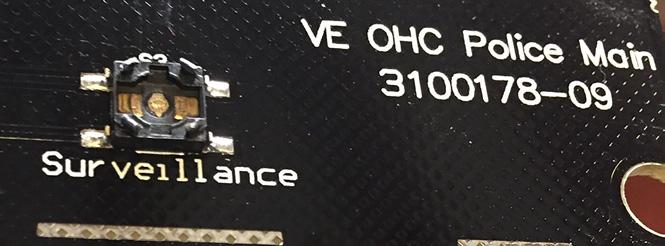
There is your problem! Some of these vehicles have had the top of the button removed from the circuit board and others have had the wire cut on the harness.
Connector for surveillance mode button and map reading lights.
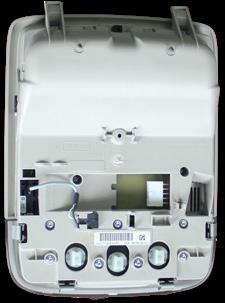
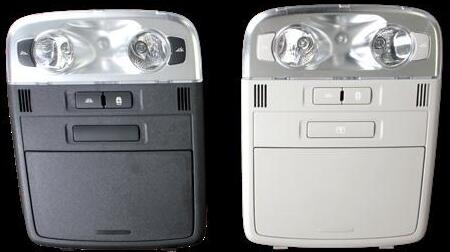
Mode needs to be switched off by pressing the Surveillance Mode button once, then Night Panel Mode can be turned off as stated earlier.
The next problem occurs if the battery goes flat or has been replaced, the BCM’s default mode is to turn Surveillance Mode on. This has caused its fair share of confusion, so it’s best to make sure all the lights and sounds are working after reconnecting the battery, and if not press the button.
We have heard of some people removing the switch or cutting the wire to prevent the button from activating the BCM. This may stop accidental engagements, but if there is a loss of power to the BCM the Surveillance Mode will engage, and now the switch does not work to easily turn it off.
The Surveillance Mode status can be checked with a scan tool if you search under Body/BCM/Data Display/Exterior Illumination. It should tell you if it is on
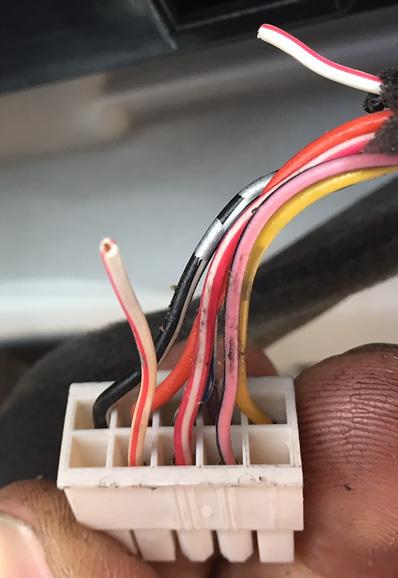
Interior light on/off switch
Door activation switch
These are two examples of the map reading light assemblies which have the long Surveillance Mode Button. Some have a symbol on them others do not.
or off, but we cannot confirm if you can change its status as it may depend on the capabilities of your scan tool. If not, you will have to find the white/red wire in the harness to the switch and earth it momentarily.
After a conversation with the Police Transport Branch in Melbourne, these vehicles are meant to be set to ‘Civilian Mode’ in the BCM before being sold to the public. This disables the Surveillance Mode and its button; however, it appears that not all cars were reset. It may require a manufacturer’s scan tool to disable it, but if your scan tool can do it, it will be in the BCM settings called ‘SPS Program’, and this will need to be set to ‘Standard’.
So before you start replacing instrument clusters or any other parts because they are not working or lighting up, make sure you check if there’s a Surveillance Mode button on
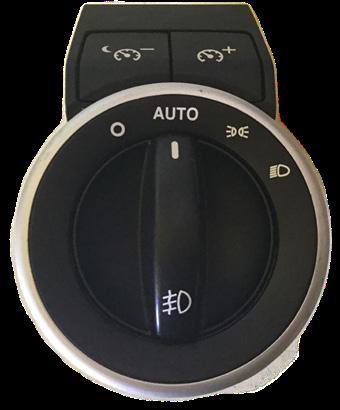
Press and hold both dimmer buttons on the headlight switch for Night Panel Mode.
the map reading lights. It will save you time and money.
There is no Surveillance Mode Button on the VF Commodore Police Packs. If you need more information on VE Commodores, log in to Tech Online or call the Technical Advisory Service. Thanks to Mick and Luke from Holmart, Brad from Watt Works Auto Electrics Morwell, Jim from Brighton Holden and Warren from Victoria Police for their assistance with this article.
Map reading lights
Sunglasses holder
COMMON FAULTS
Tony Jacobs, from Glen Waverley Motor Works, Victoria, let us know about a couple of common faults that occur on the 2013 – 2016 model Mazda3. They both involve the infotainment system.
Radio screen remains blank
radio to start working again.
1. Turn the ignition to ON.
2. Press and hold the Nav, Back and Mute buttons for approximately 10 seconds (see diagram below).
3. The radio will reboot and should begin working again.
Rectification
Disconnect the Bluetooth unit for around 10 seconds to allow it to reset.
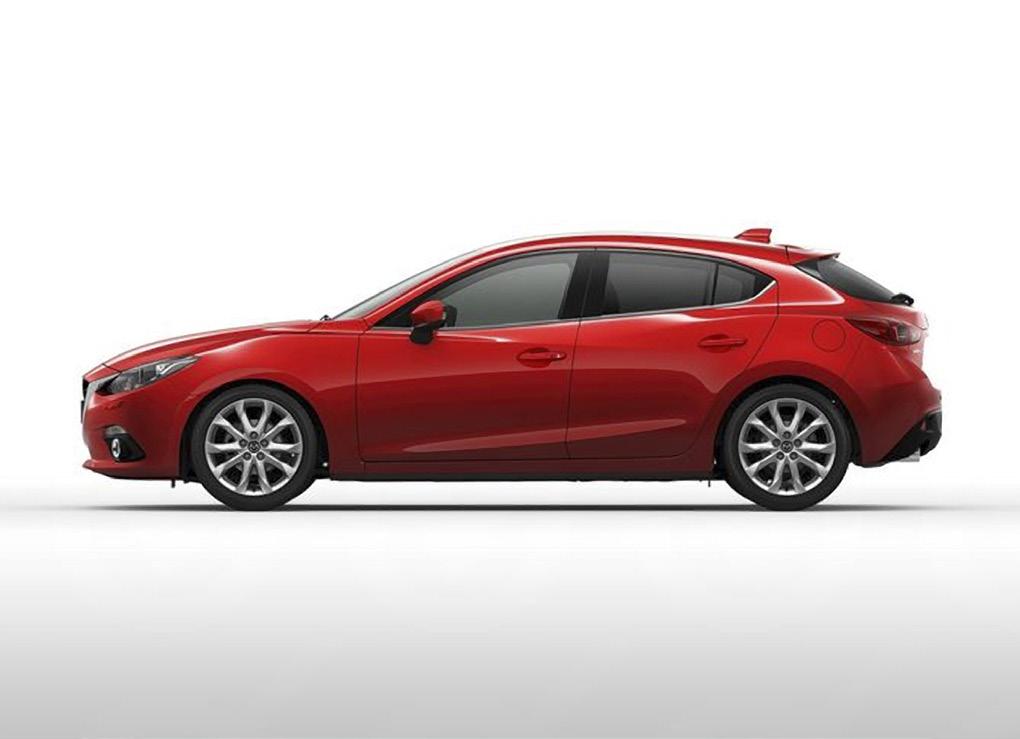
Fault
The radio screen can remain blank and jam up for no apparent reason.
Rectification
The following reset procedure allows the
Reader’s Tips
Thanks Tony, Lee and Dave for their tips. Every day we come across information that may be useful for others. If you have any tips that would be useful to share, please let us know. Simply send an email to techtalk@vacc.com.au or give us a call on 03 9829 1292.
Bluetooth won’t connect Fault
The customer’s phone becomes unable to connect with the Bluetooth unit despite restarting phone and vehicle.
The connector for the Bluetooth unit is one of three white connectors under the glove box near the top of the LH kick panel. The connector goes to the infotainment unit, but it is easier to simply disconnect all three connectors, rather than spend time trying to work out which one it is.
Ensure the ignition is off first and then leave the connectors disconnected for around 10 seconds.
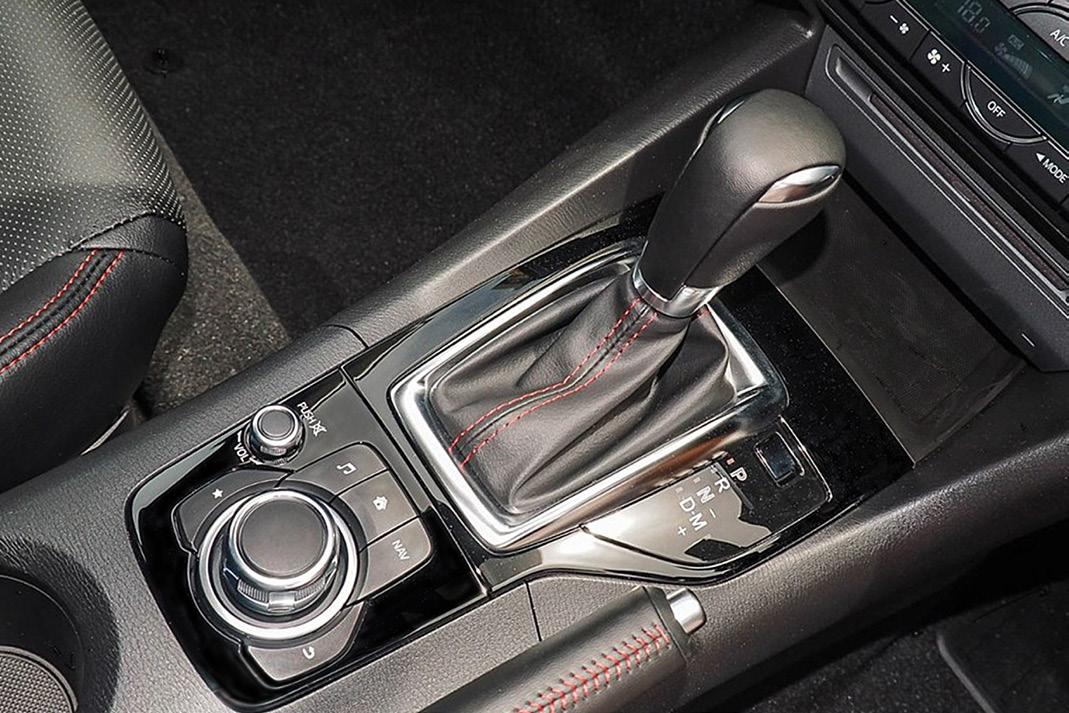
Note:
If this is a repeated issue, it may improve by using the latest radio operating software.
Mute
Nav
2013 - 2016 Mazda3 BM
Back



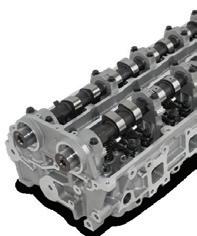
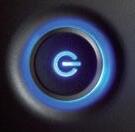
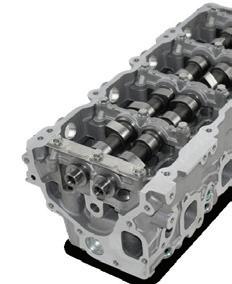

• Are you looking to take your workshop to the next level?
• Does your workshop need more leads and customers?
• What would access to $1 million of advertising and promotion do for your business?
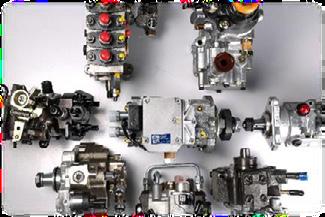
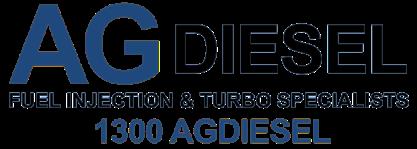
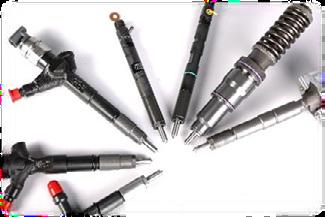
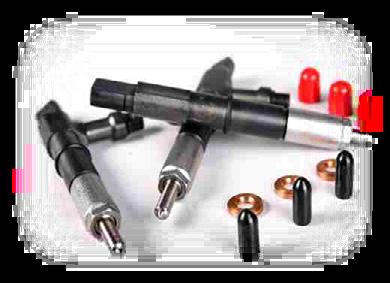






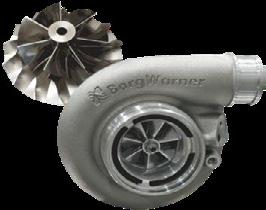






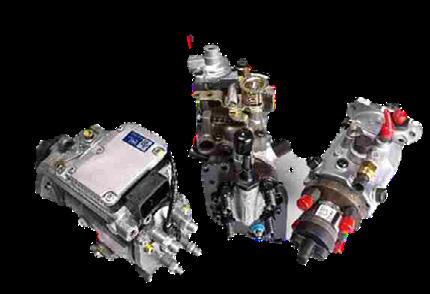









Becoming a VACC or TACC member opens up a wide range of special offers and discounted products and services for you and your business. VACC and TACC have collaborated with organisations which provide essential services to your business to offer special low rates for members. Couple the savings from discounted products and services with the subsidised services which VACC itself offers to members, and your annual membership can easily pay for itself. Everything from IR advice, to cheaper EFTPOS terminals to technical solutions is on offer. This guide gives you an idea of the offers which you can access, as well as a number of other collaborations.
Workplace/IR Advice
Members can access services including a call centre for employment-related questions, a web page with award rates and policy and employment fact sheets, writing of employment contracts, handbooks and policies, and member and industry representation.
03 9829 1123 ir@vacc.com.au vacc.com.au
Auto Apprenticeships
VACC takes the hassle out of hiring trainees and apprentices, as businesses are matched with high quality candidates who meet strict selection criteria. VACC also looks after all administration aspects of the apprenticeship, including visits by Field Officers.
03 9829 1130 autoapprenticeships@vacc.com.au autoapprenticeships.com.au
Technical Information
VACC MotorTech brings together VACC’s Tech Online, Times Guide, Tech Estimate, Technical Advisory Service and Tech Talk products with Haynes’ international knowhow, to provide an enormous amount of technical service and repair information to subscribers.
03 9829 1268 info@motortech.com.au motortech.com.au
Health Insurance
NIB has a mission and vision of people enjoying better health. VACC and TACC members (including their staff) receive a corporate discount on nib’s retail health insurance products.
1800 13 14 63 nib.com.au/corp/vacc
Website Services
OurAuto Digital provides a one-stop solution for your business’ website, including a custom design, rendering for smartphones and tablets, email accounts and hosting. Businesses are able to update web content themselves. VACC and TACC members receive these services at a discounted rate.
1300 687 288 ourautodigital.com.au
OurAuto iStore
Businesses can purchase a wide range of items, including personalised stationery, consumables such as floor mats and seat covers, workplace safety signage and much more. Member businesses automatically receive a discount on purchases.
03 9829 1152 autoistore.com.au
A Grade
The A Grade Automotive Network is a network of VACC member businesses that are dedicated to providing customers a better quality experience across all aspects of vehicle maintenance and repairs. Participants are contractually bound and VACC certified, and are publicly promoted in various forms of advertising.
03 9829 1202 goagrade.com.au
Technical Solutions
Technical information is available to all automotive businesses through the OurAuto Tech-Centre. Subscription includes access to Tech-Online and the Times Guide, Tech-Advisory phone services, and the Tech Talk publication. The Centre uses the largest technical library in the Southern Hemisphere.
1300 687 288 tech-centre.com.au
EFTPOS Facility
Commonwealth Bank offers competitive financial solutions for businesses in the automotive industry. VACC and TACC member businesses can access a discounted rate for EFTPOS merchant facilities. Contact VACC for an application form.
03 9829 1152 vacc.com.au
Training & Education
Members can access automotive industryspecific training programs in business management, industrial relations/human resource management, technical and OHS & Environment. Skills Development Centre also facilitates short courses, online programs and diploma and degree qualifications.
03 9829 1130 info@vaccsdc.com.au vaccsdc.com.au
Freight Services
VACC and TACC members receive discounted rates and benefits, including trace and track capabilities, one number to call, one easy-to-understand invoice, and online job quoting, booking and tracking. Contact VACC for an application form.
03 9829 1152 vacc.com.au
Environmental Advice
VACC members can benefit from environmental compliance advice, briefings, training and on-site assessments. Green Stamp is an accreditation program that recognises and promotes businesses which have implemented sound environmental practices.
03 9829 1117 environment@vacc.com.au greenstampplus.com.au
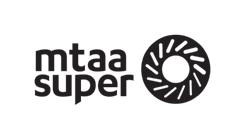
Superannuation
MTAA Superannuation is the super fund for the automotive industry. MTAA has low fees, is run only to benefit members and offers a range of investment options. It allows employers to make all super contributions with just one transaction.
1300 362 415 mtaasuper.com.au
Energy Bill Savings
Smart Power offer a free bill comparison service. It will enable you to evaluate your current energy bills. They will do a comparison with VACC’s approved electricity providers. Contact VACC for an application form.
03 9829 1152 vacc.com.au
Waste Management
Remondis Australia is VACC’s preferred provider of general and prescribed waste services. VACC members benefit from a customised waste management plan and discounted rates.
03 9829 1152 vacc.com.au
Visa Checking Services
VACC Helpline offers a quick visa checking service through the Department of Immigration. VACC members and non-members can access the service to ensure an applicant on a Visa has appropriate work rights in Australia. Don’t be caught out.
03 9829 1133 autoadvice@vacc.com.au vacc.com.au
JobFinder Services
VACC Helpline provides a free job advertising service on the JobFinder website. Any automotive business, VACC member or not, can advertise qualified and apprenticeship vacancies. All enquiries go direct to you for screening.
03 9829 1133 autoadvice@vacc.com.au vacc.com.au
OH&S Services
Members can access consultation and advice on OHS issues, including incident management, policies, workers’ compensation and more. OHS specialists provide workplace assessments and training, and administer the HazCheck management system.
03 9829 1138 ohs@vacc.com.au vacc.com.au

Payment Plans
GoPay allows your customers to spread out the cost of their service and repair bill. They pay one-third on the day and the balance over the next two months interest-free.
1300 467 292 gopay.com.au
Office Supplies
Winc offers a convenient single source for business and workshop supplies. VACC and TACC members have access to discounts on WINC supplies. Contact VACC for an application form.
03 9829 1152 vacc.com.au
Apprentice Support
VACC Helpline provides apprentices and businesses a free automotive apprenticeship signup and advisory service to assist all parties at any time. With years of experience and knowledge, it’s well worth a quick phone call to put you in the right direction.
03 9829 1133 autoadvice@vacc.com.au vacc.com.au
Australian Automotive
Members automatically receive Australian Automotive magazine. The bi-monthly publication offers the latest industry news, reviews, industry comment and technical articles. Australian Automotive is the most widely read automotive industry publication in the country.
03 9829 1247 australianautomotive.com

Auto Workplace Assist
A convenient go-to solution for supporting automotive workplace compliance needs. Health and Safety can be a complex, high risk and costly area for workplaces. AWA offers ready-made, industry-specific compliance products, so that business owners can get on with the job at hand.
1300 585 136 autoworkplaceassist.com.au
TACC
Founded in 1930, TACC serves the automotive industry in Tasmania and amalgamated with VACC in 1999. TACC members gain access to all of the same products and services as VACC members, however TACC also has a number of additional services for its membership.
03 6278 1611
tacc.com.au
Insurance Brokers
TACC members can now access business insurance solutions through OurAuto Insurance. Specifically designed to meet to the unique risk profile of the automotive industry, OurAuto Insurance can help your business access the best cover at an affordable rate.
1300 441 474 ourautoinsurance.com.au
Graphic Design
VACC’S Marketing department can assist members with their graphic design requirements at a subsidised rate. Services include business cards, logo re-designs, corporate image overhauls, brochures and advertisements.
03 9829 1189 creativeservices@vacc.com.au
Advertising
All members have access to advertising in VACC publications at preferential rates, including Australian Automotive with a national readership exceeding 20,000. The VACC marketing department can help members by designing advertisements at a heavily subsidised rate.
Matt Healey 0407 343 330 matt.healey@cameronmediasales.com
VACC Update
All VACC and TACC members receive VACC Update on a monthly basis via email, with issues also available on the VACC website. The publication provides the latest news and information regarding workplace and industrial relations, OHS and environment, business obligations and training opportunities.
03 9829 1123 vacc.com.au
Tech Talk
Included in VACC/TACC membership is a subscription to the Tech Talk publication, the premier technical publication of the VACC Technical Services Department since 1986. The journal is printed 11 times a year, while a back-catalogue of articles is available as part of the Tech Online website.
03 9829 1292 vacc.com.au

Test and Tagging
ETCS offers TACC members electrical service state-wide, including installation, testing and tagging, and assisting with OHS requirements. TACC members can access special member rates.
1300 724 001
ects.com.au
TACC Apprenticeships
TACC takes the hassle out of hiring trainees and apprentices, as businesses are matched with high quality candidates who meet strict selection criteria. TACC also looks after all administration aspects of the apprenticeship, including visits by Field Officers.
03 6278 1611
tacc.com.au
Roadside Help
TACC members who want to reward their loyal customers can do so though TACC’s Roadside Help program. Members purchase vouchers to give to customers, which customers can use for free help for a flat battery, tyre change, fuel or a tow back to the member’s business.
03 6278 1611 tacc.com.au
TACC Accreditation
TACC Accredited Repairers are promoted to the community as a group of professional businesses who deliver high quality repairs and services. Participating members enter into a contract with TACC to deliver a more professional level of service. TACC promotes these members.
03 6278 1611
tacc.com.au
OurAuto Insurance
Comprehensive Insurance Cover
Insurance matters when things go wrong and when they do, it’s important that you have the most comprehensive insurance cover possible.
We work with you to understand and manage your risks and then provide Policy options that address your specific insurance needs.
OurAuto Insurance understands the importance of providing the right insurance that matches your needs.
Competitive prices
We are a broker and therefore not tied to a single insurance company. This means that once we understand your insurance risks, we can shop the market on your behalf to achieve a competitive price.
Cover for all automotive businesses
OurAuto Insurance has a goal to seek insurance for all businesses operating in the Australian automotive industry regardless of size and risk profile.
Challenge us to find a better deal
Contact us today and challenge us to find a better insurance deal for your business.
recent
“I received great service from OurAuto Insurance. The representative Dean was very helpful and conducted a thorough analysis of my previous quote. I discovered that I didn’t have the coverage my business needed and was able to get full coverage with OurAuto Insurance, while still making a significant saving. Overall it was a 10/10 experience.”
Joe Defina, Defina Automotive
“OurAuto Insurance promised to look into my insurance after I told them I had a claim and my existing insurer had increased my premium to the point it was unaffordable. The advice and the service I received was outstanding. They identified areas I wasn’t covered and helped me understand where my business was vulnerable. They provided outstanding service and came back to me with a real saving, something that made a real difference to my business and with greater overall cover.”
Gentile, Generals Automotive Nunawading VIC
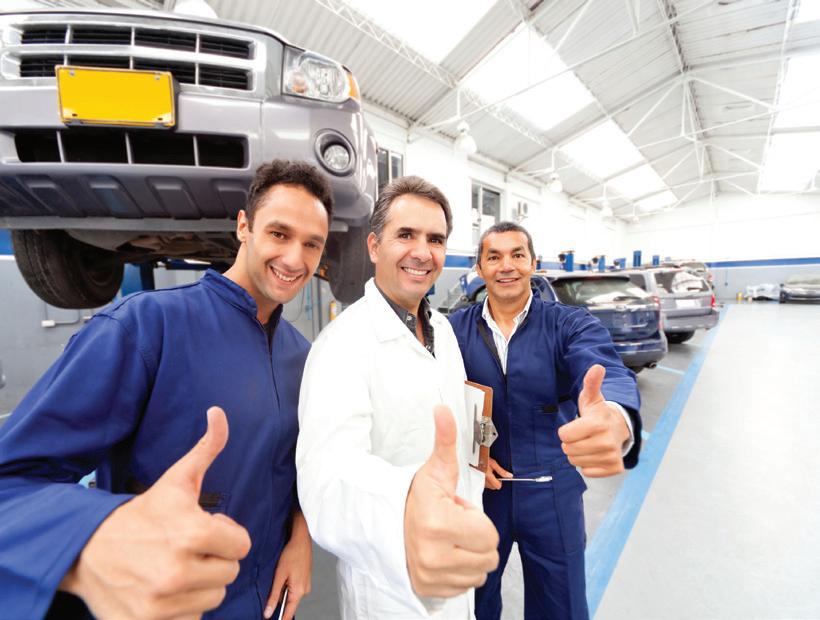
Any advice in this document is general and may not be suitable to your circumstances. VACC may earn commission as a direct result of your insurance placement with OurAuto Insurance.
Call 1300 441 474 or visit
MOTOR EX
VACC MOTORTECH brings together
VACC’s proven suite of technical products with the might of Haynes’ international know-how.
Let us show you how it can drive your business forward...
